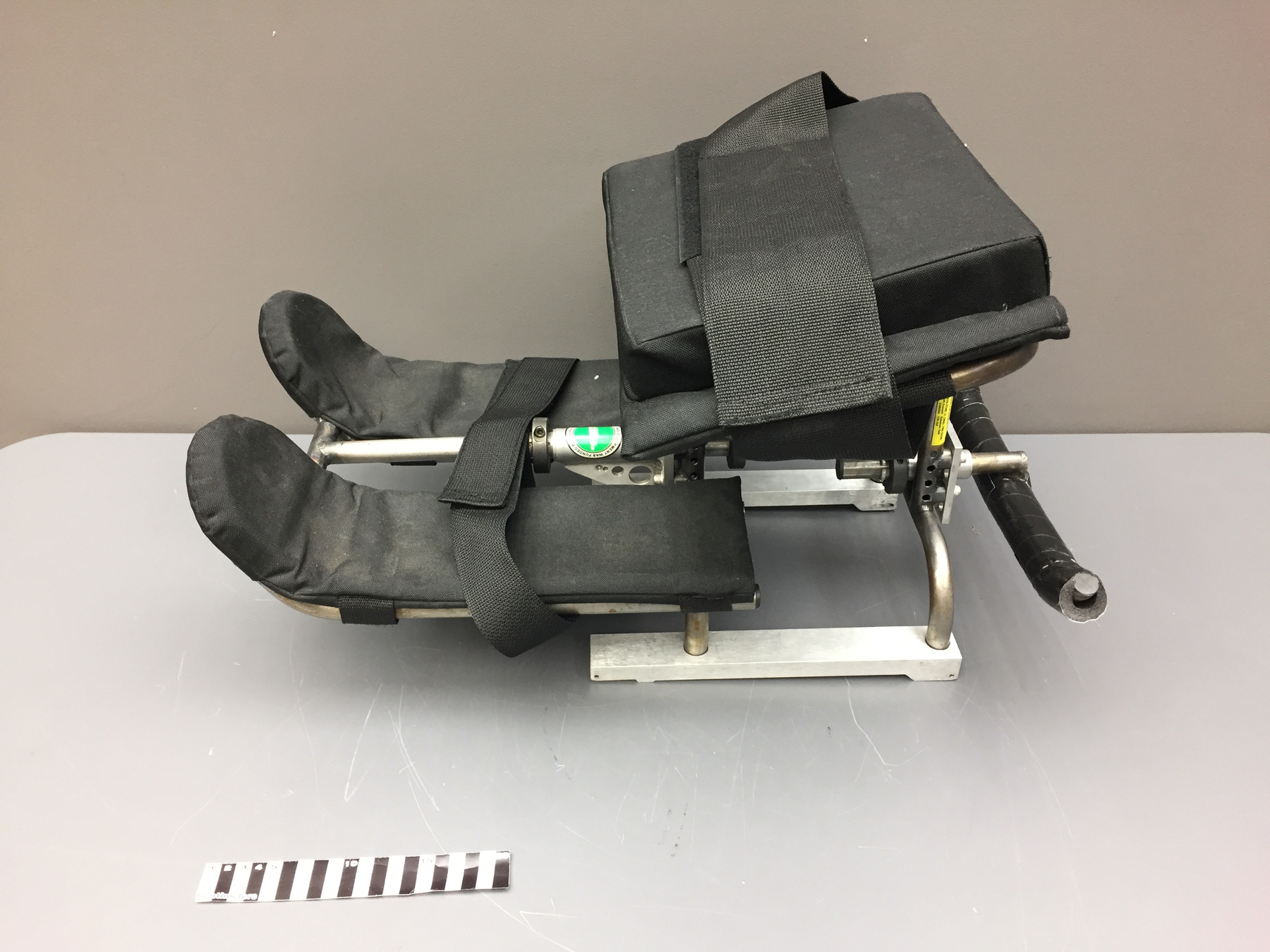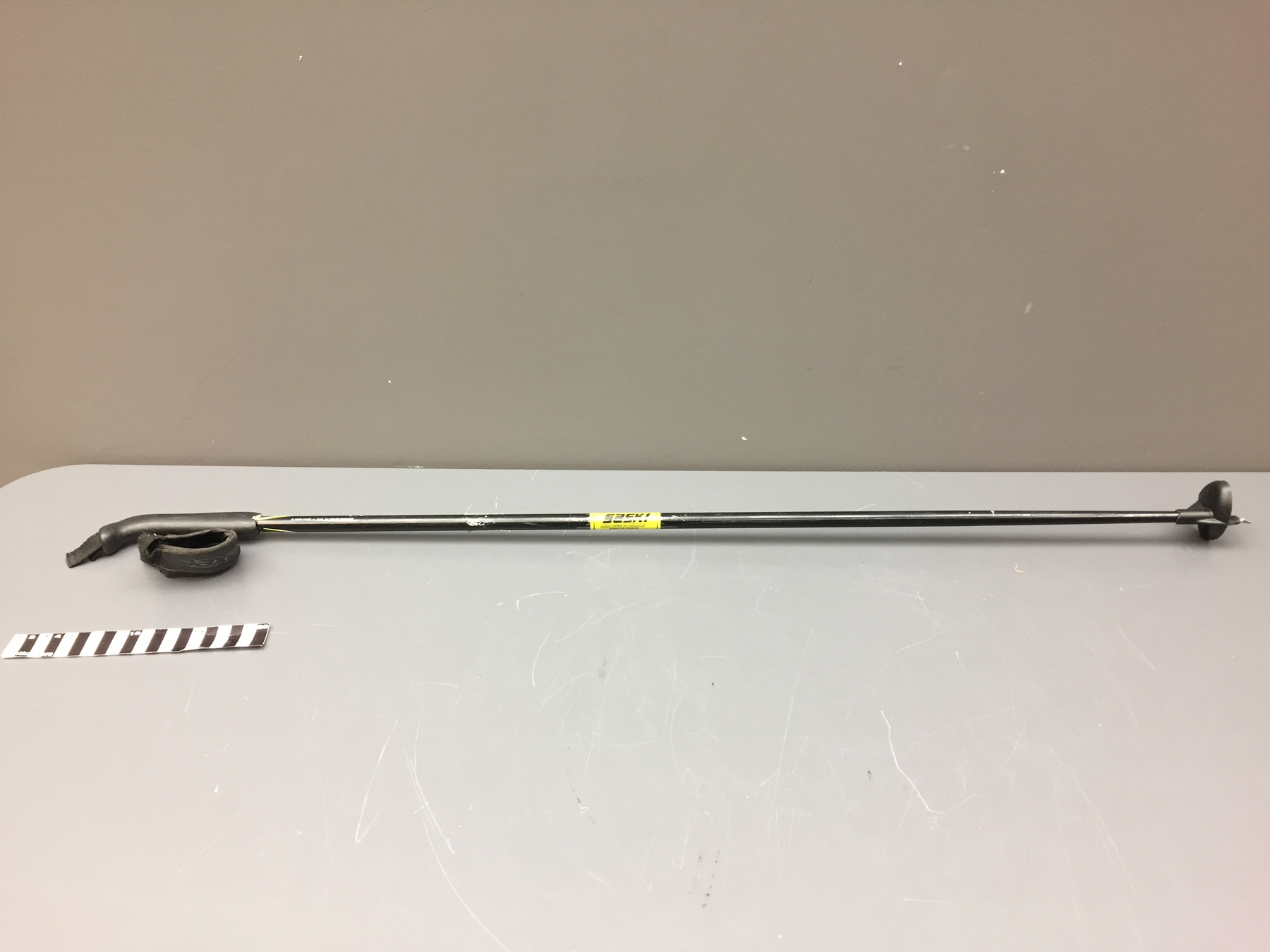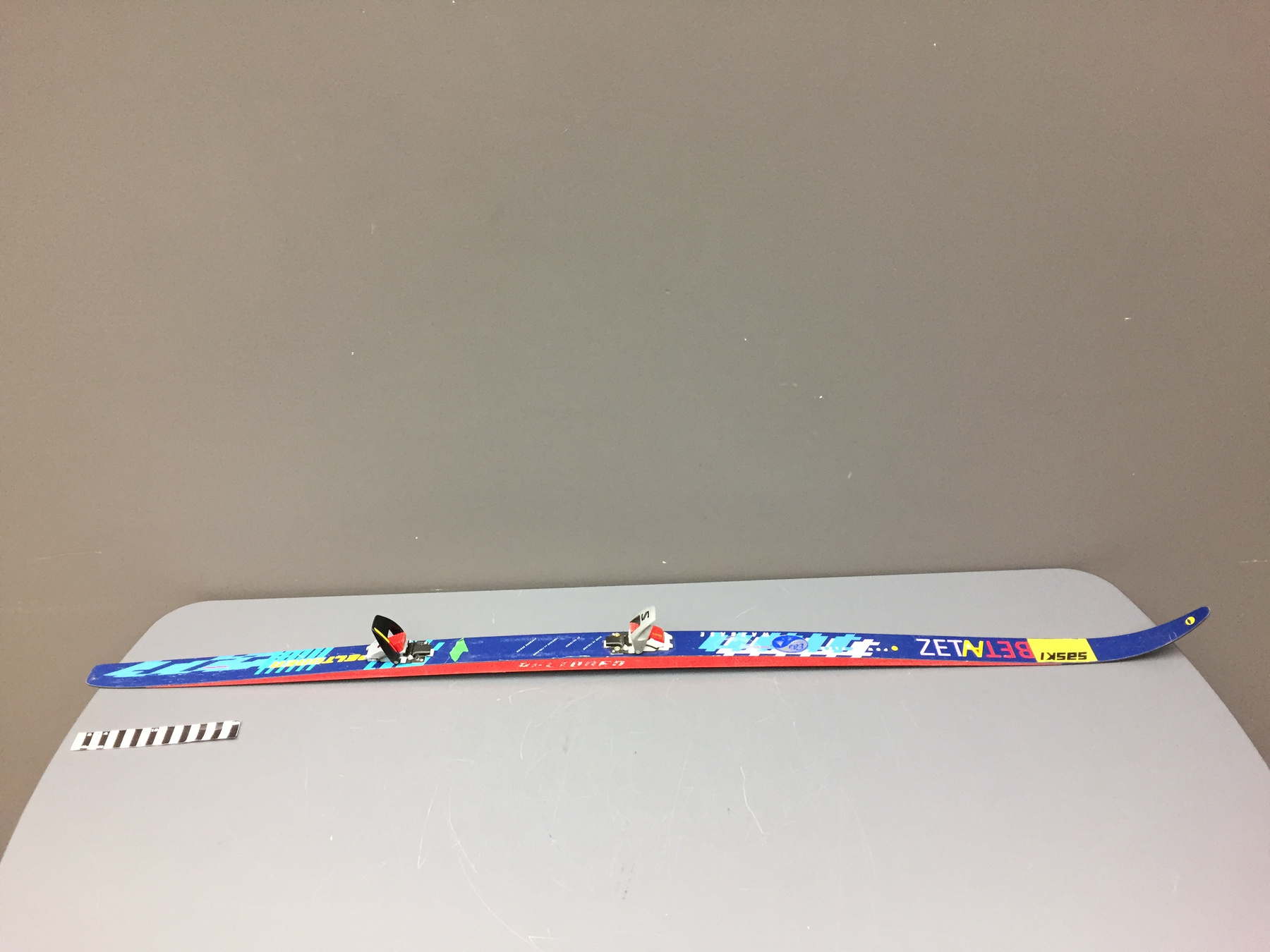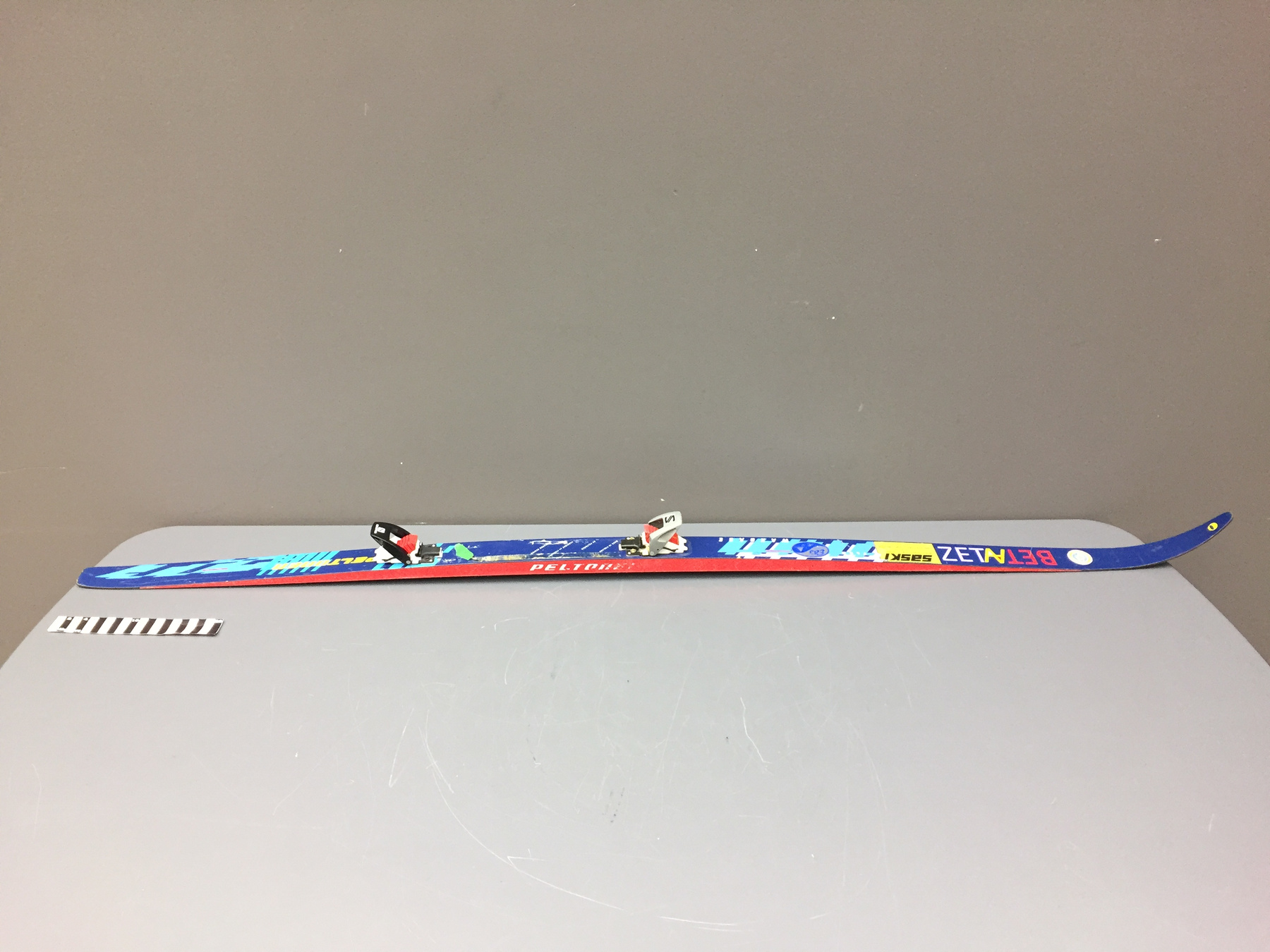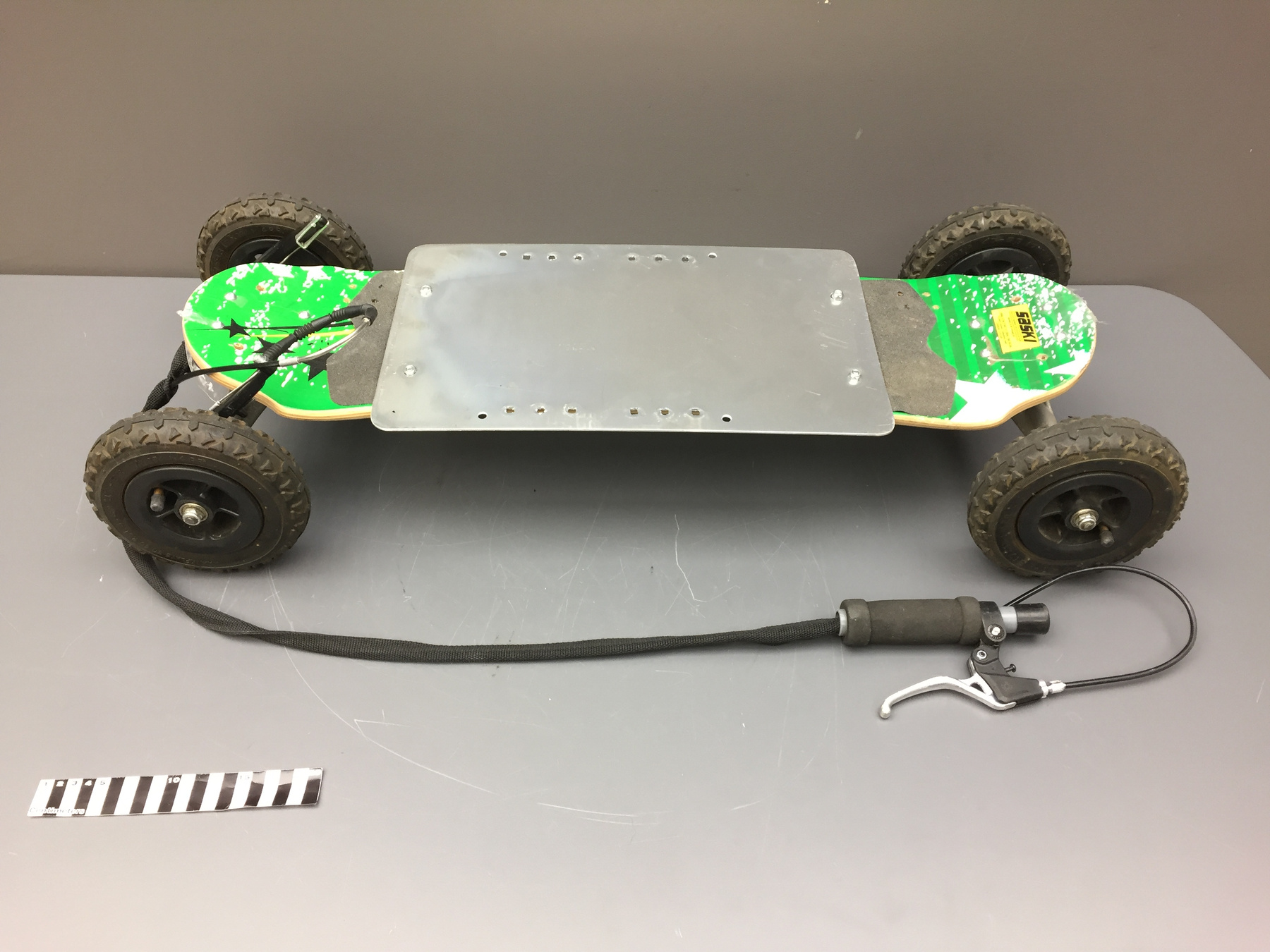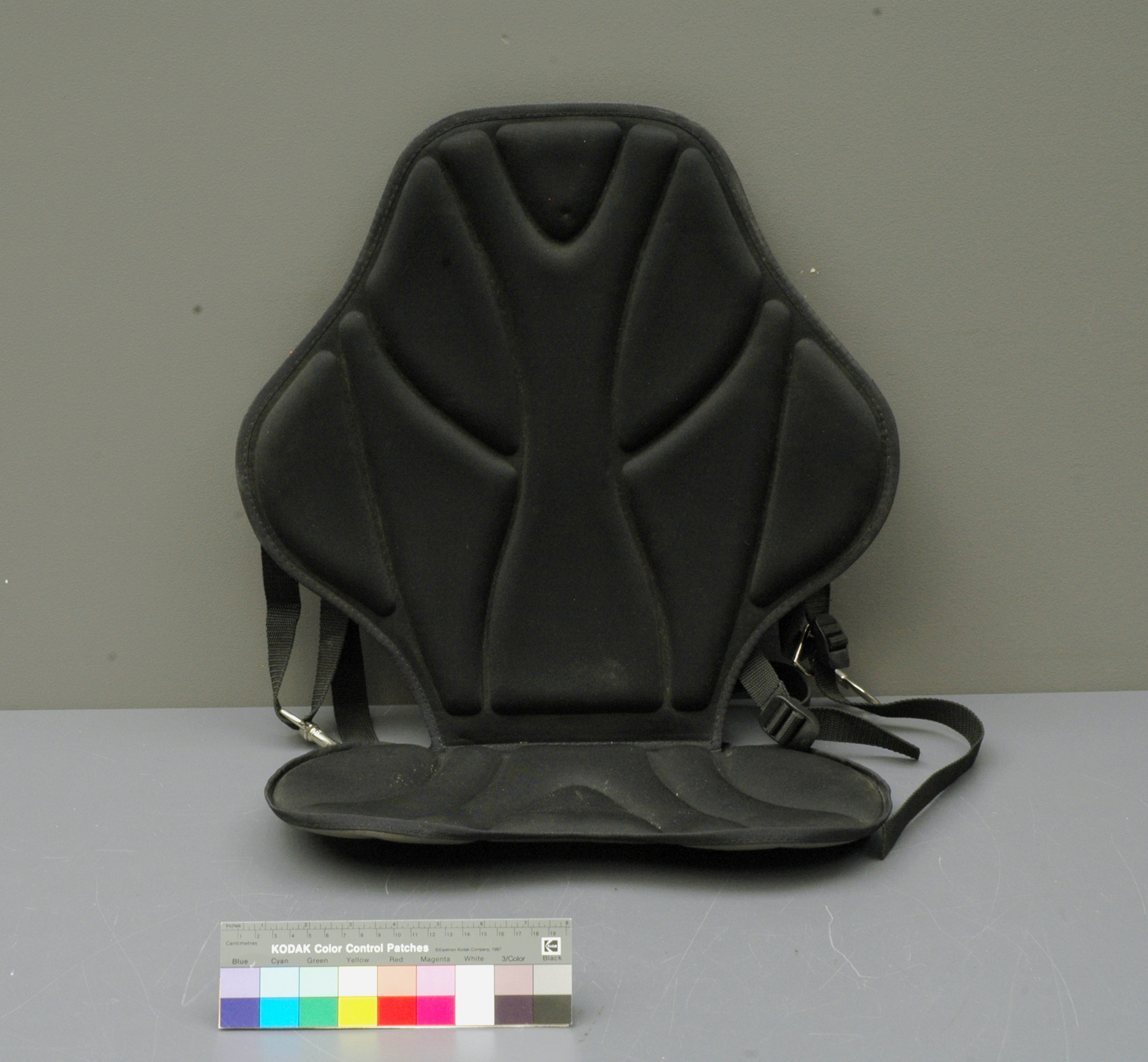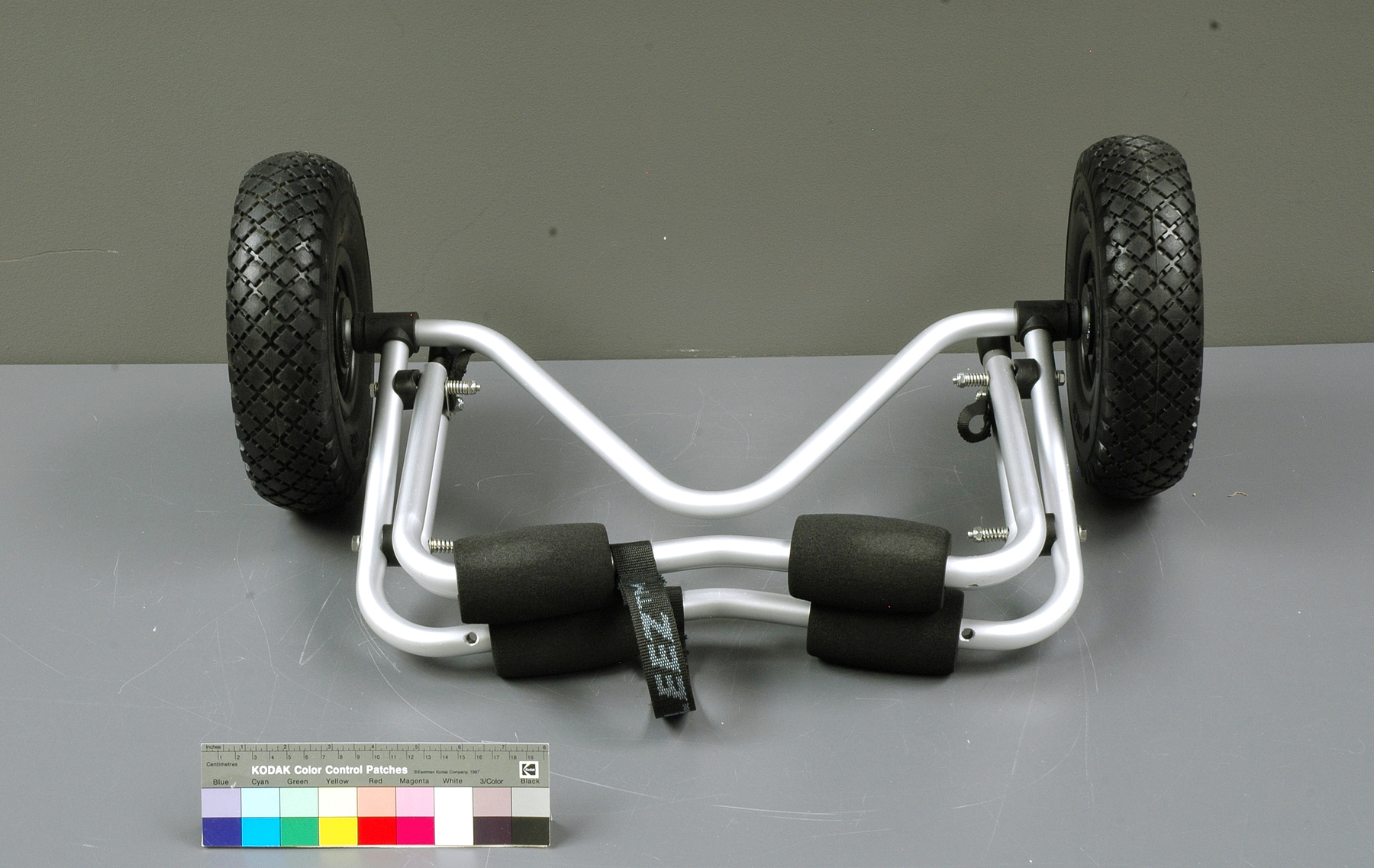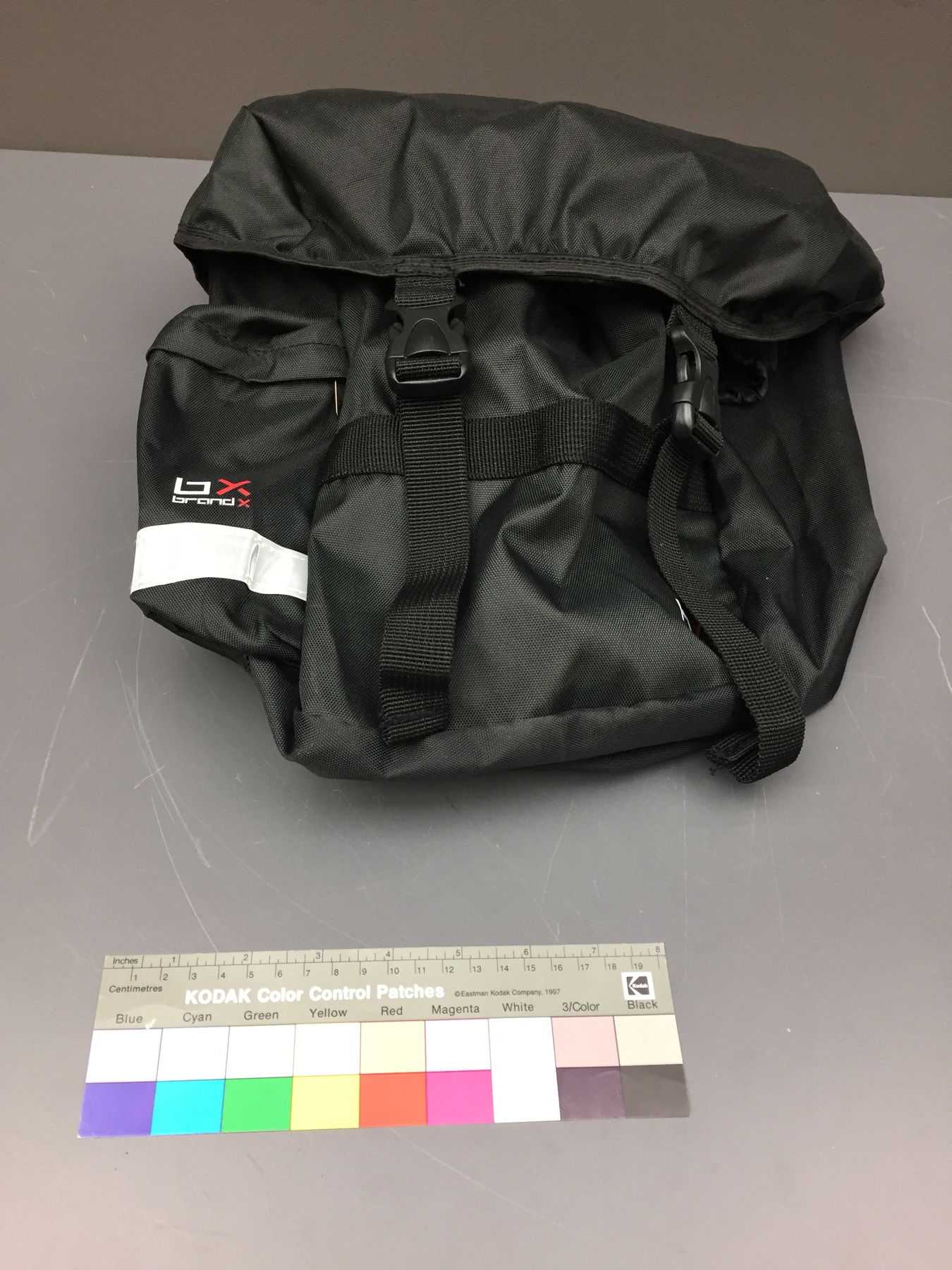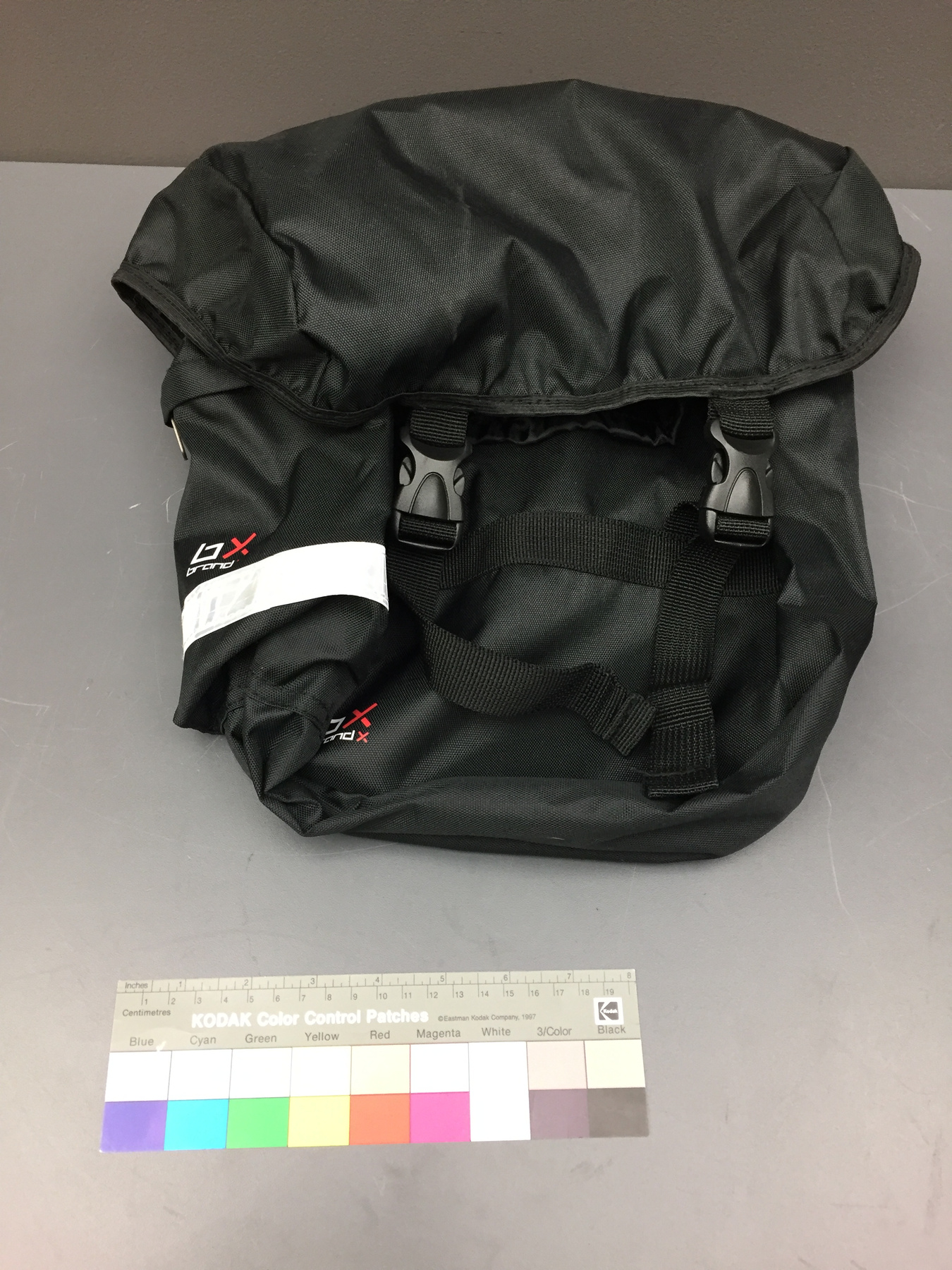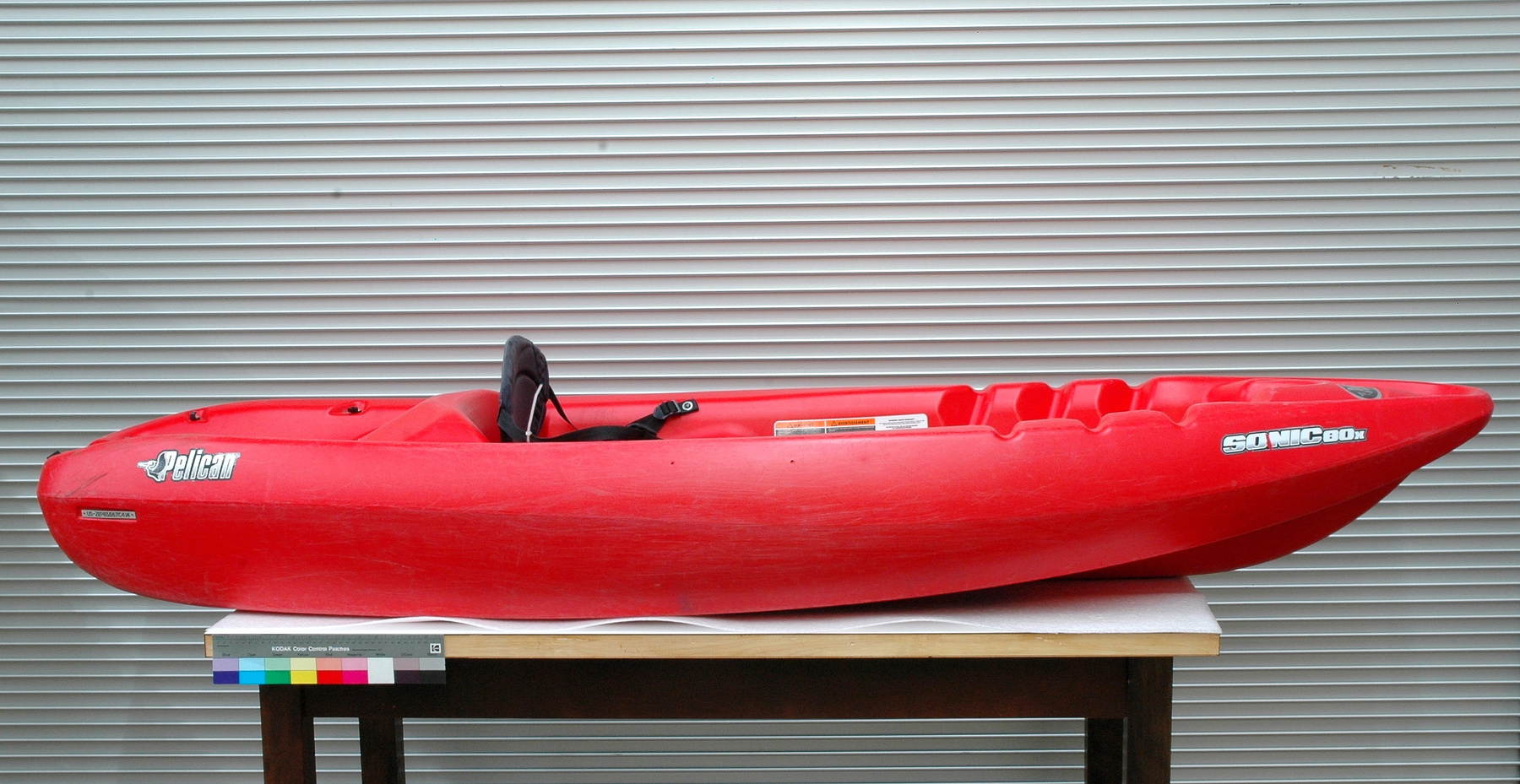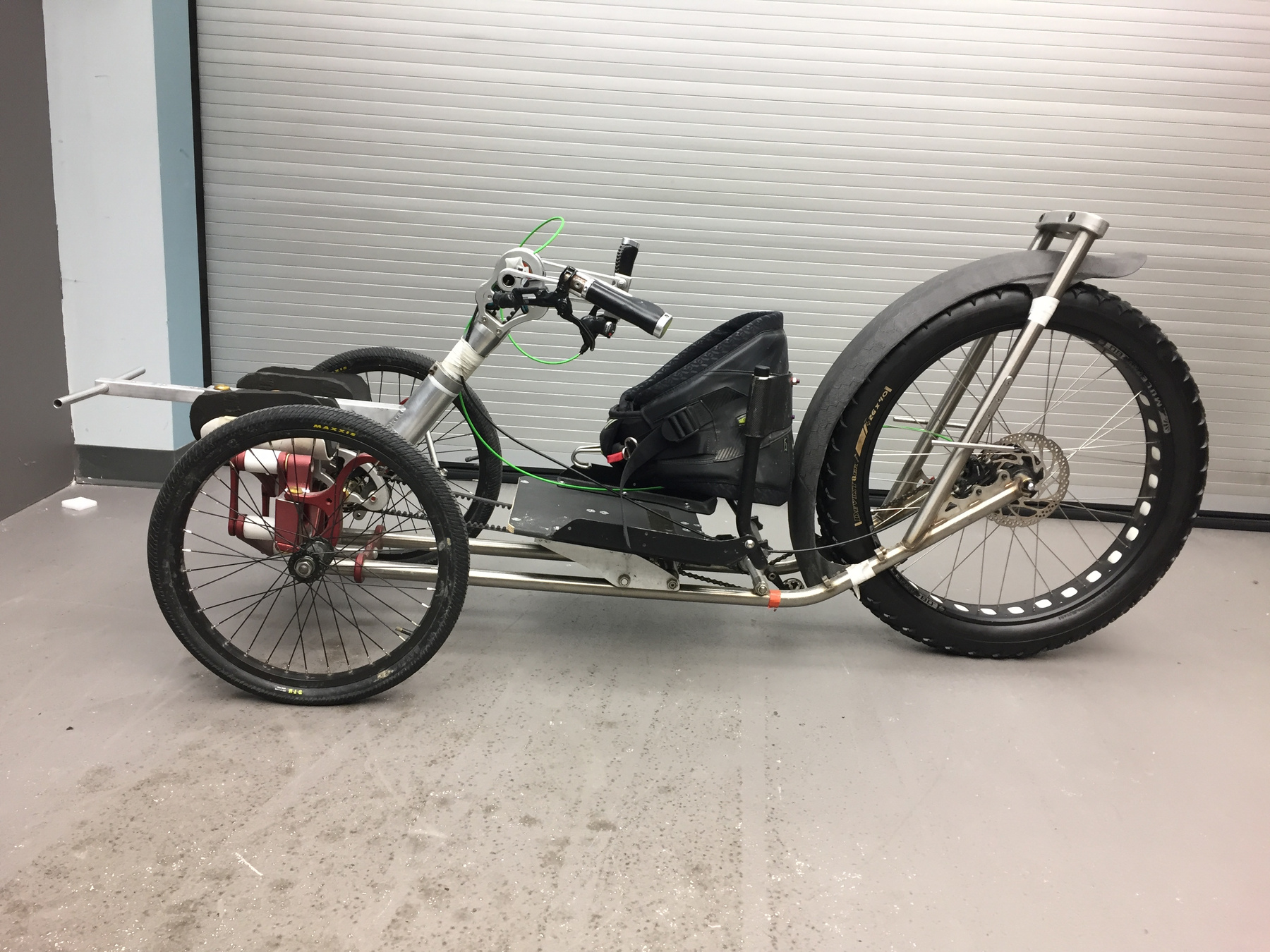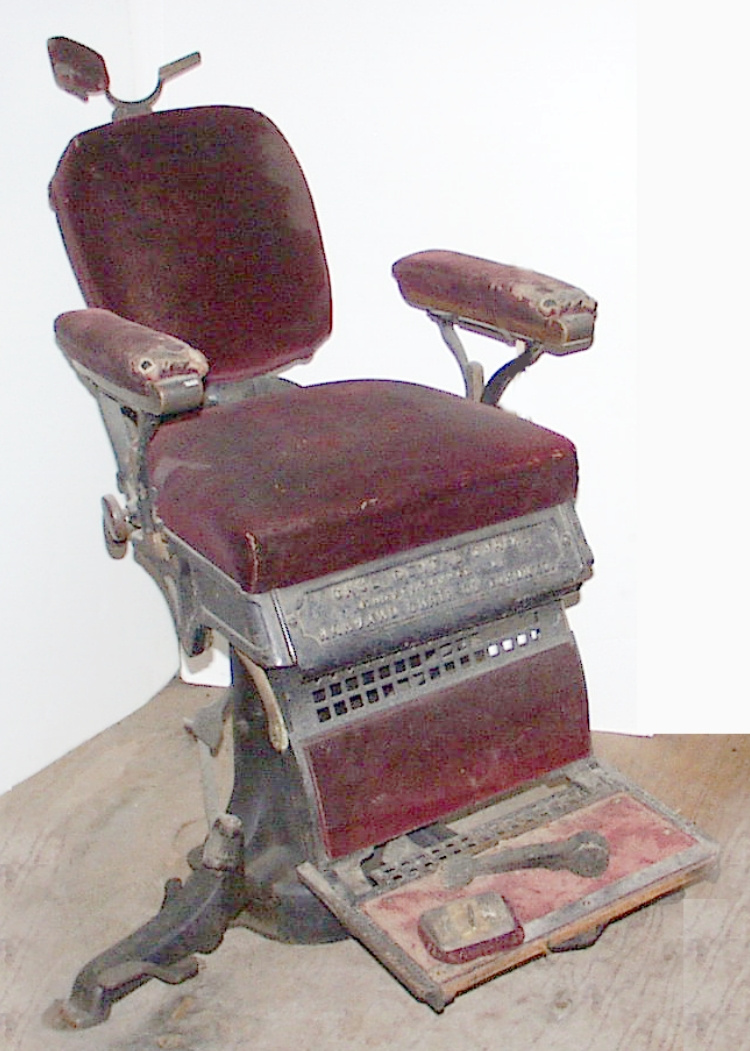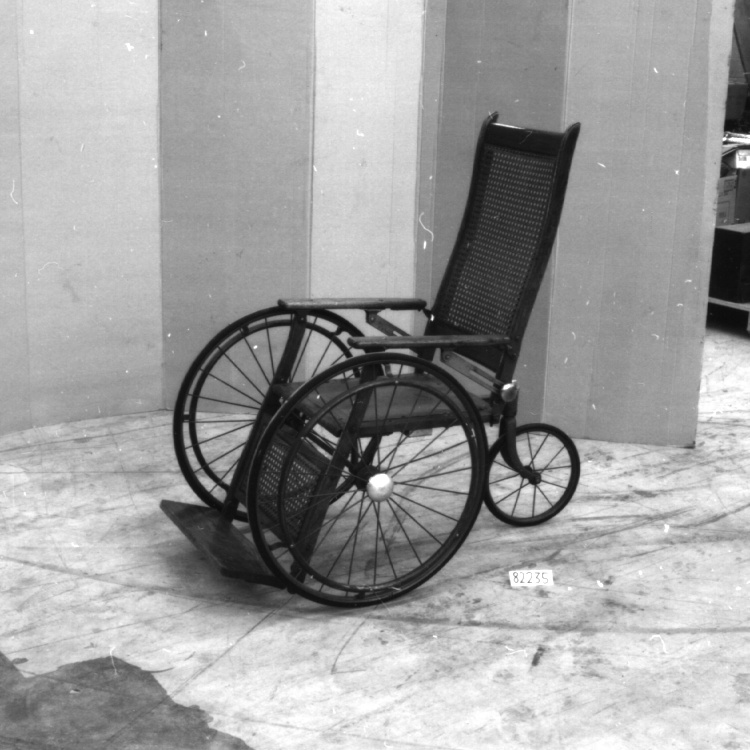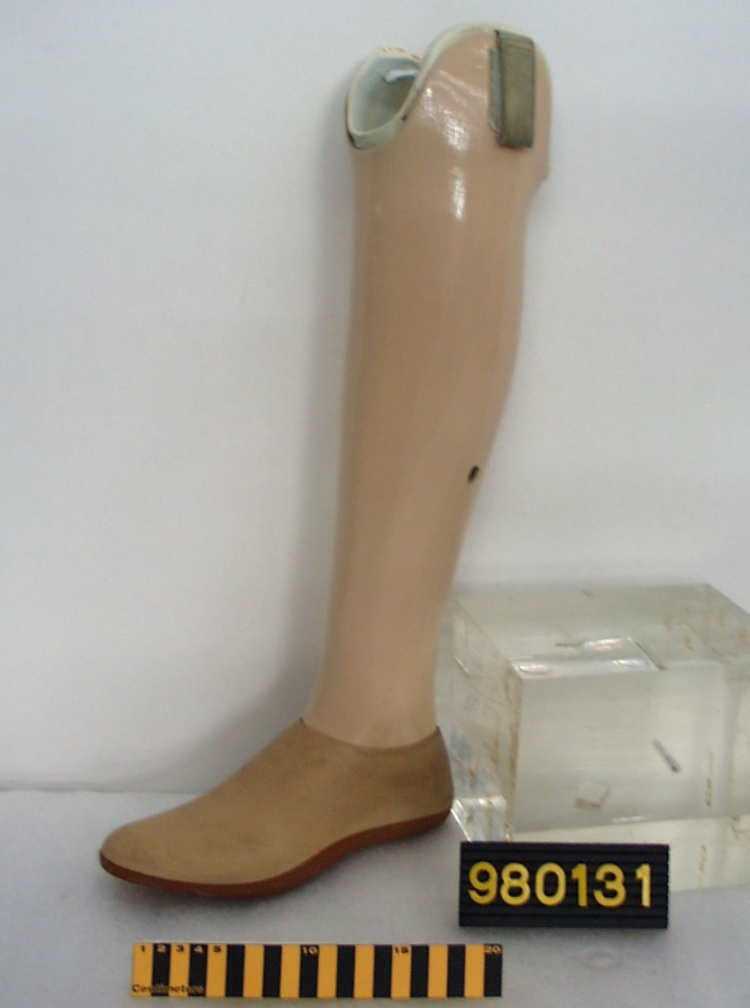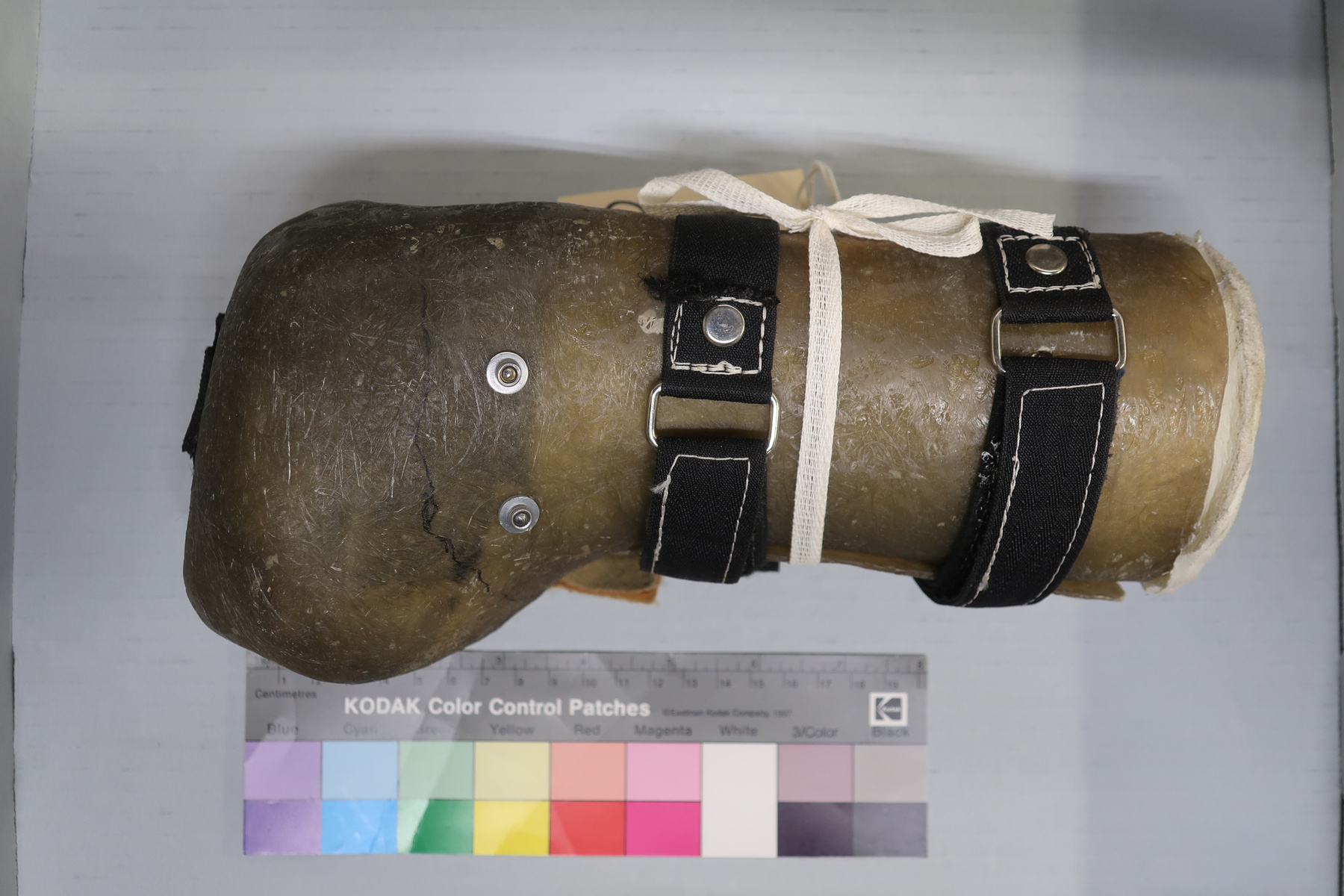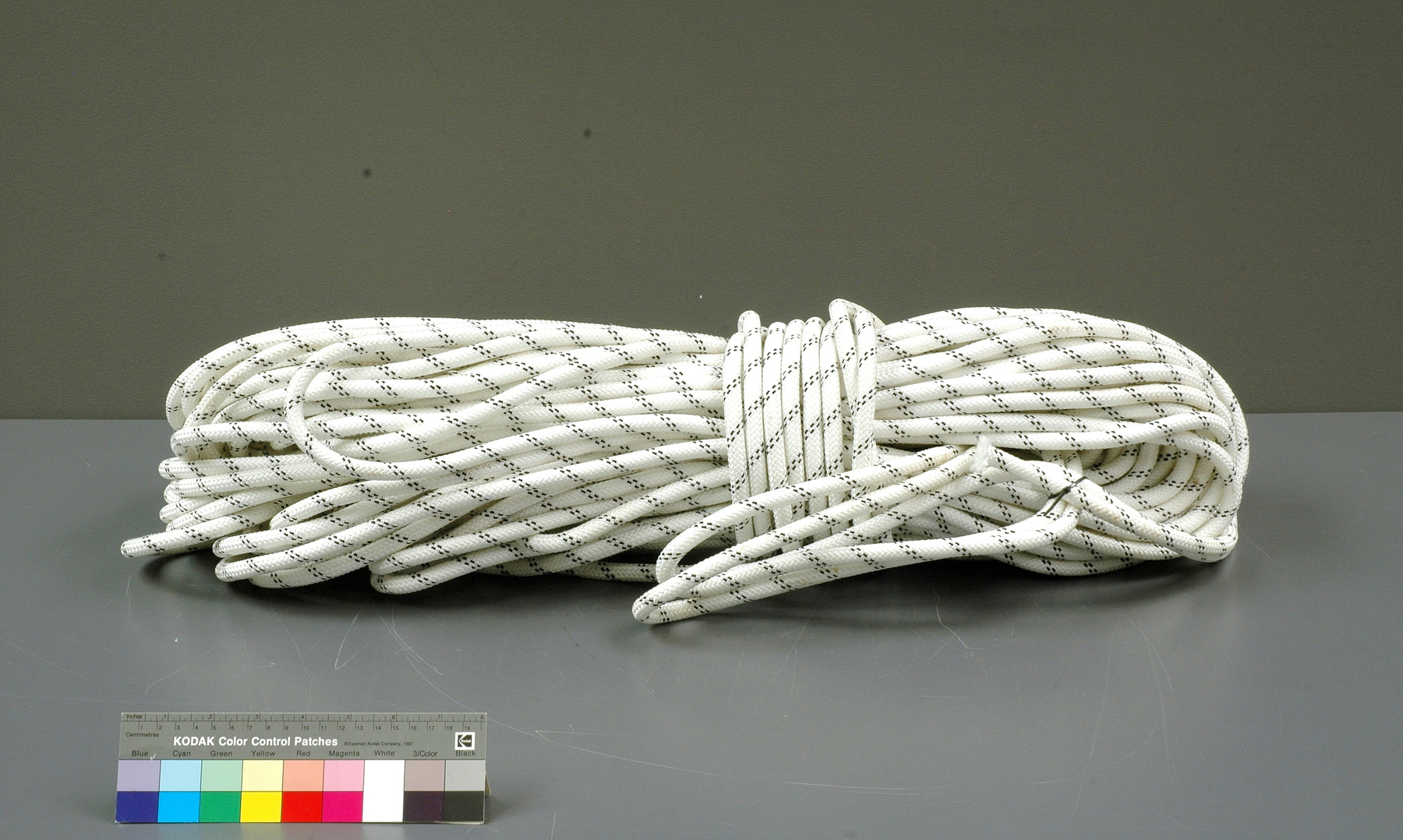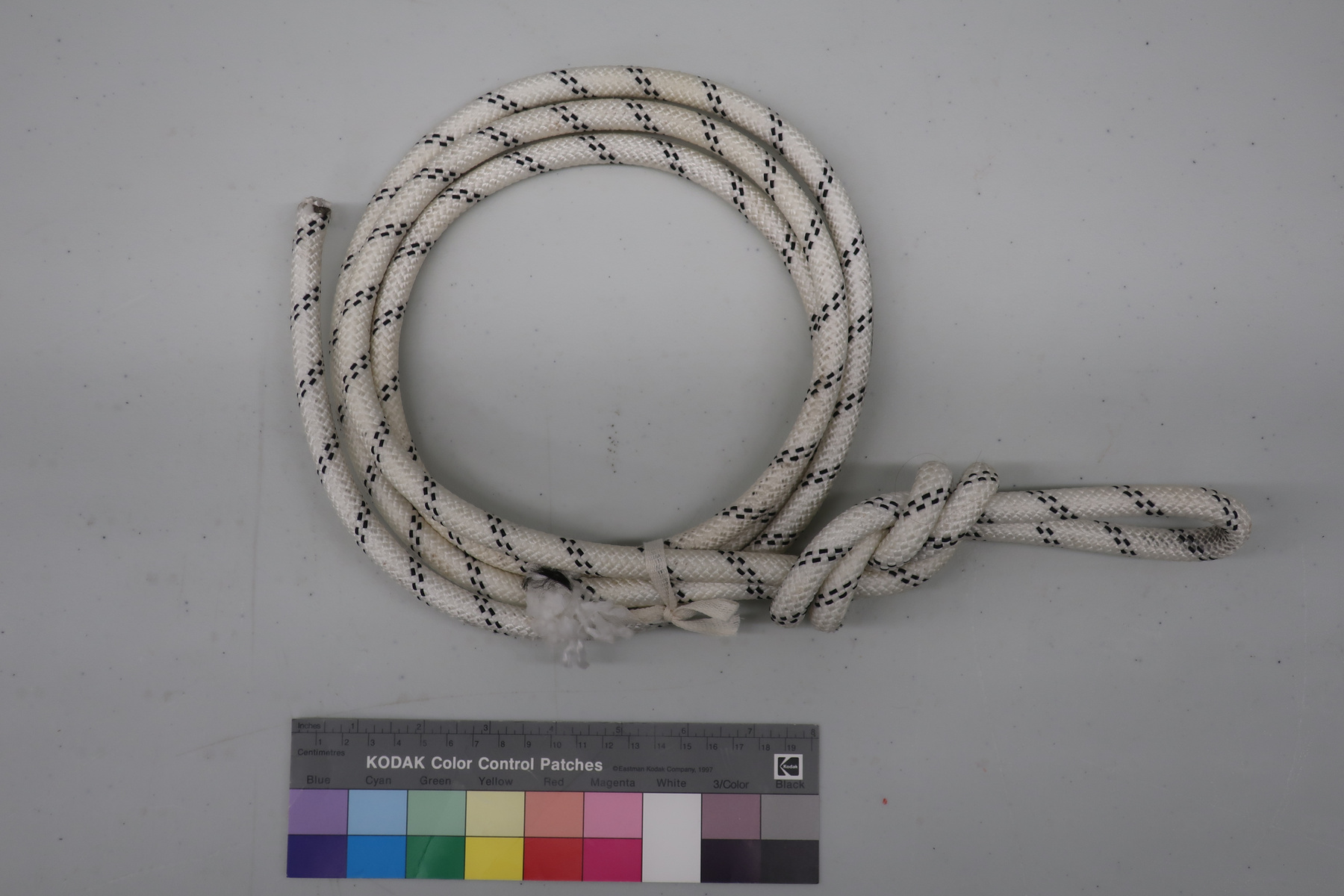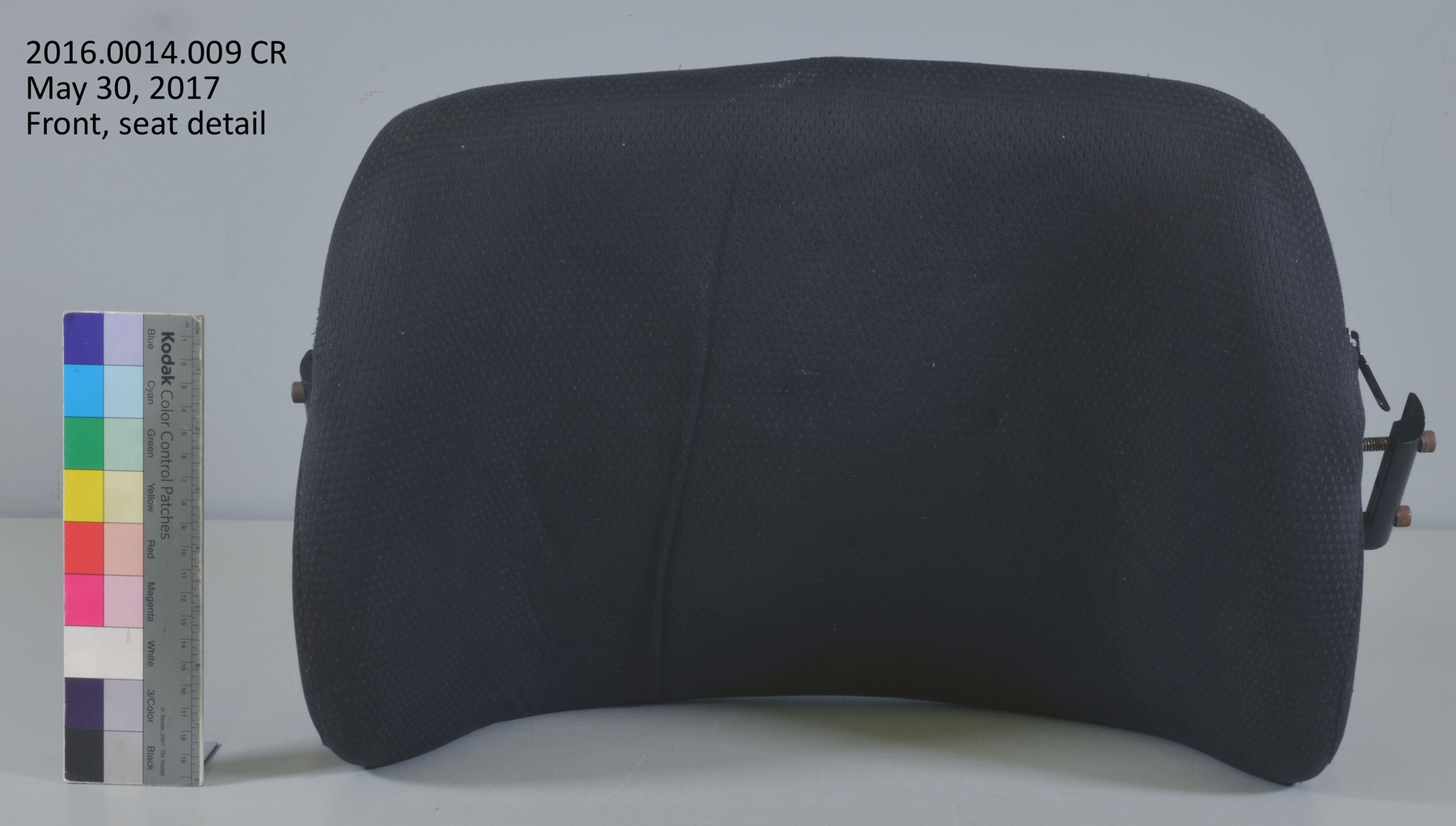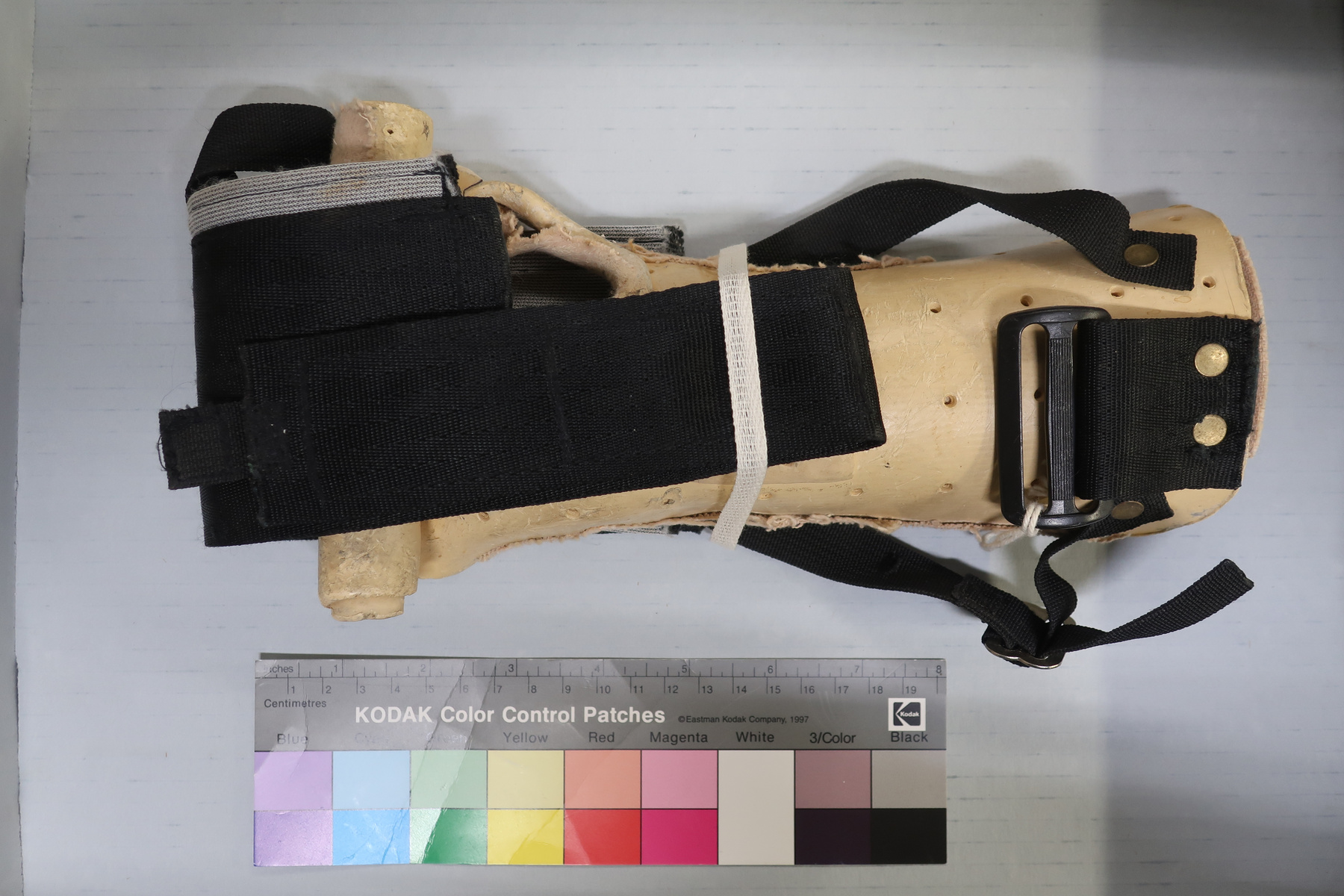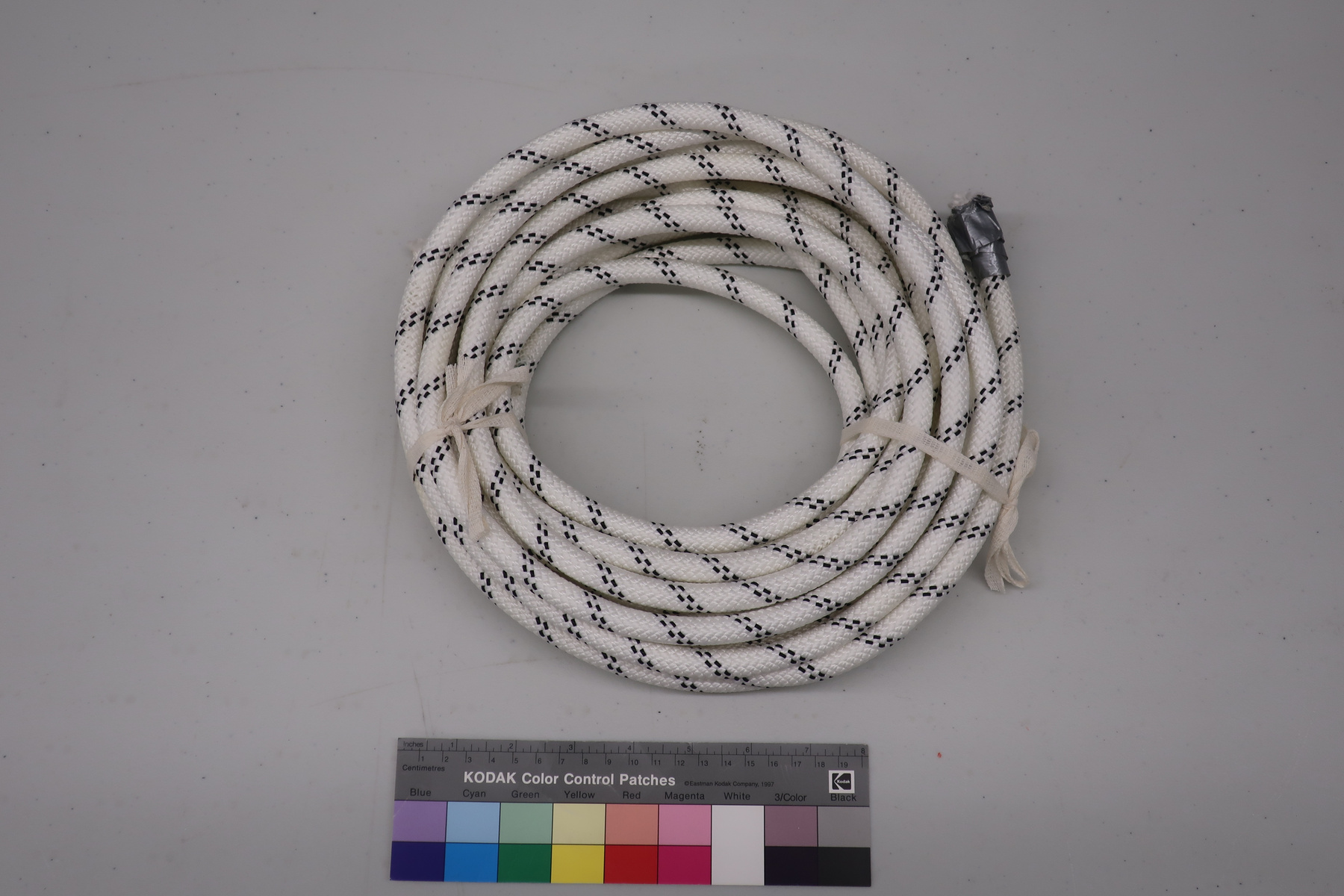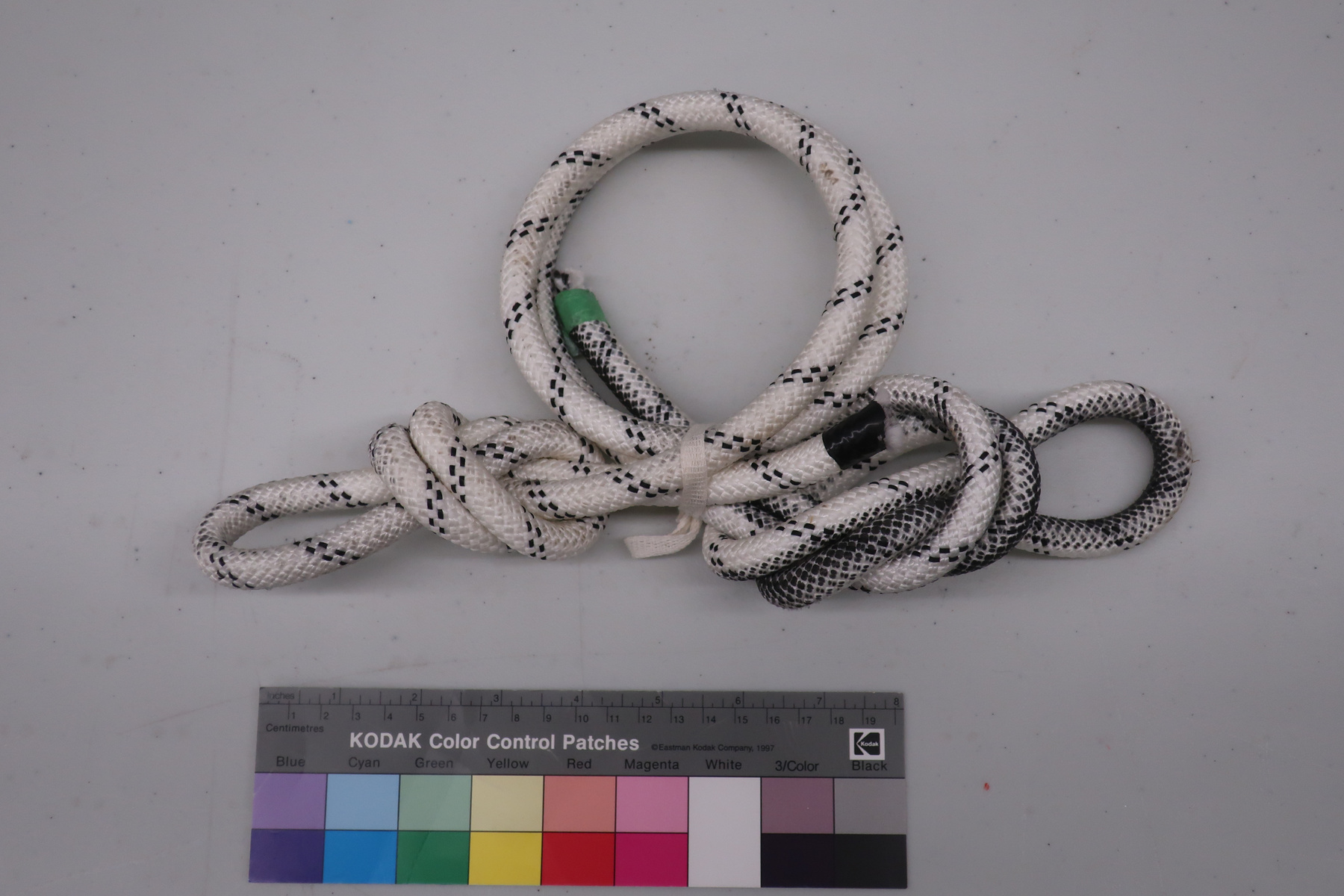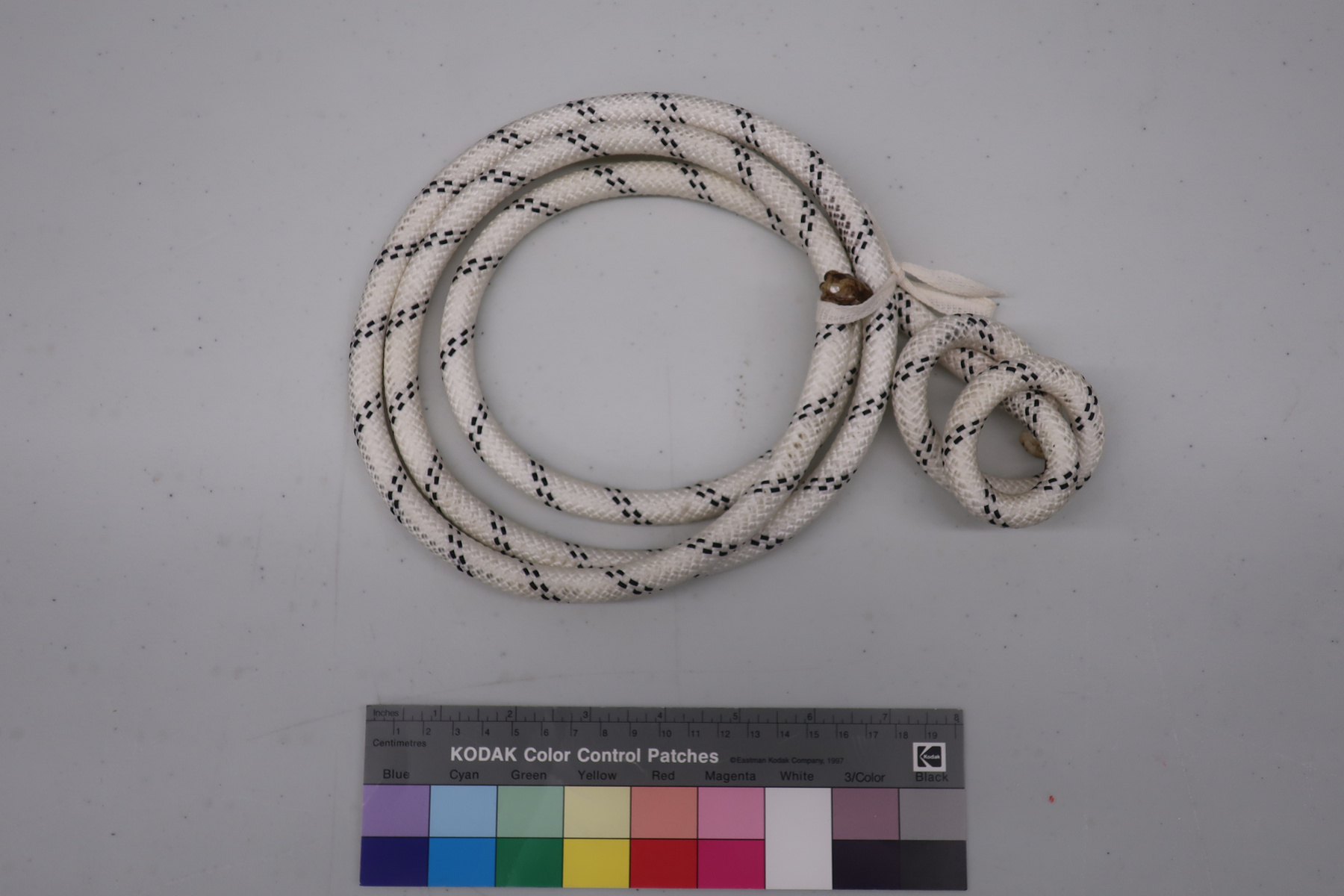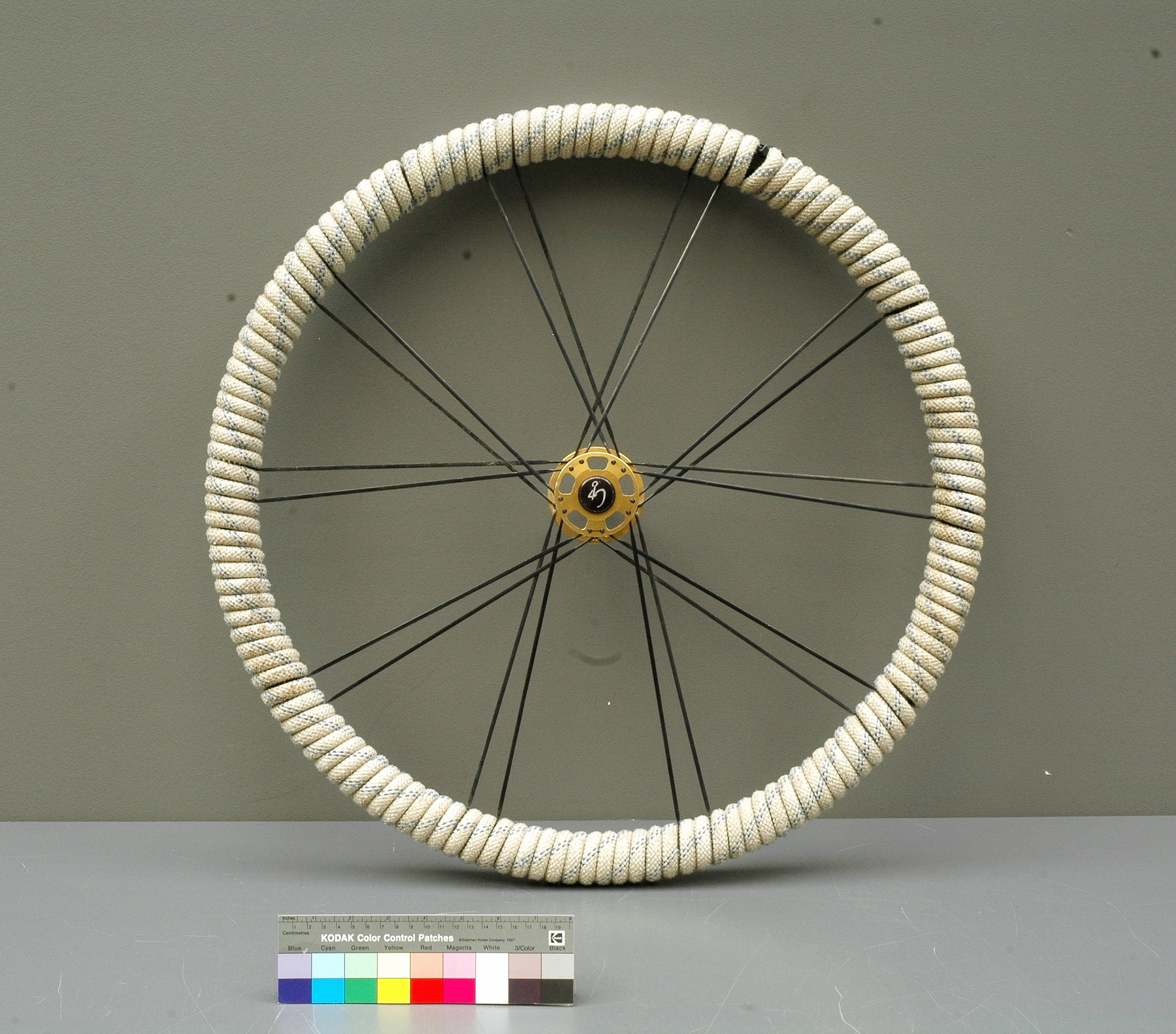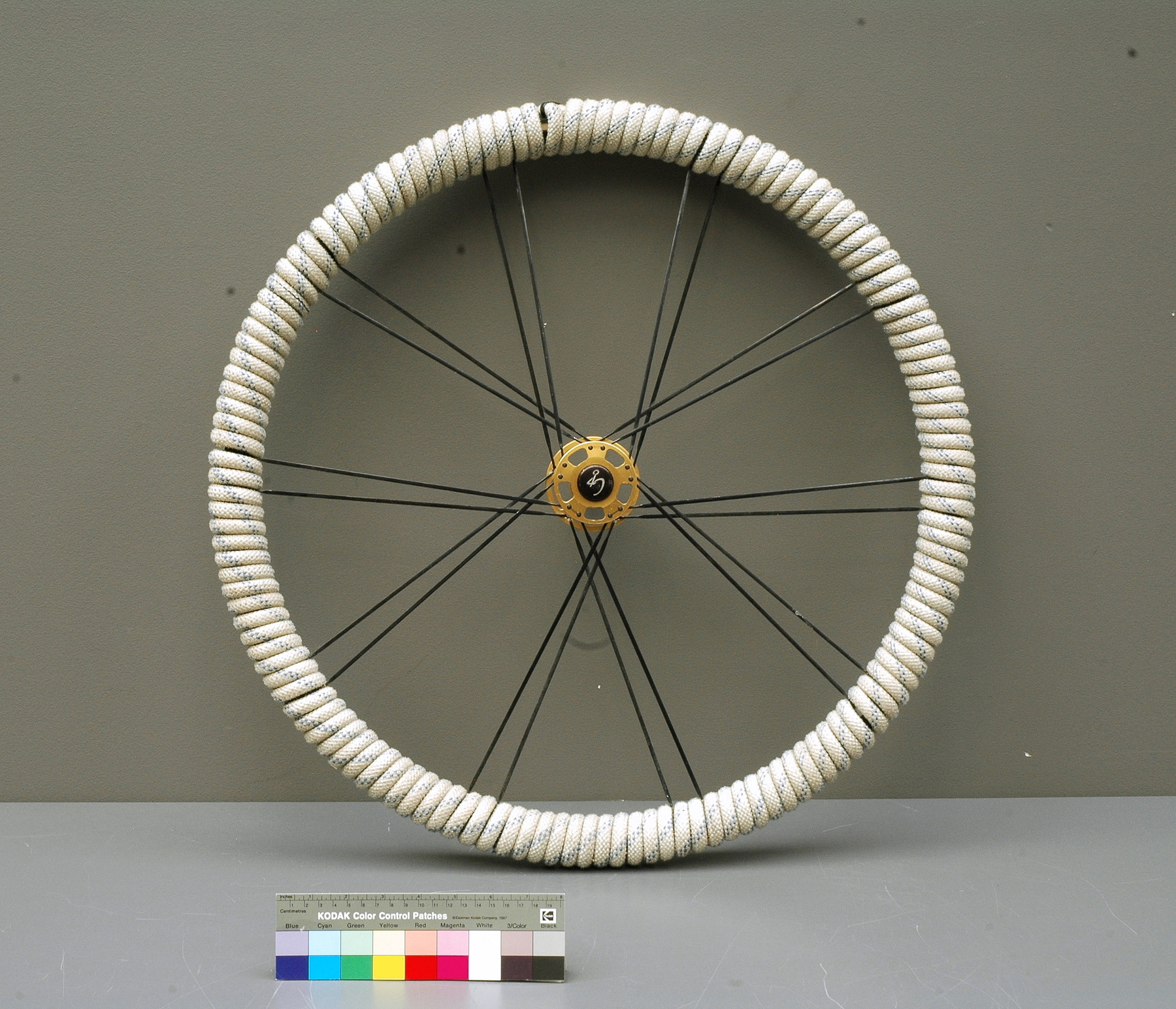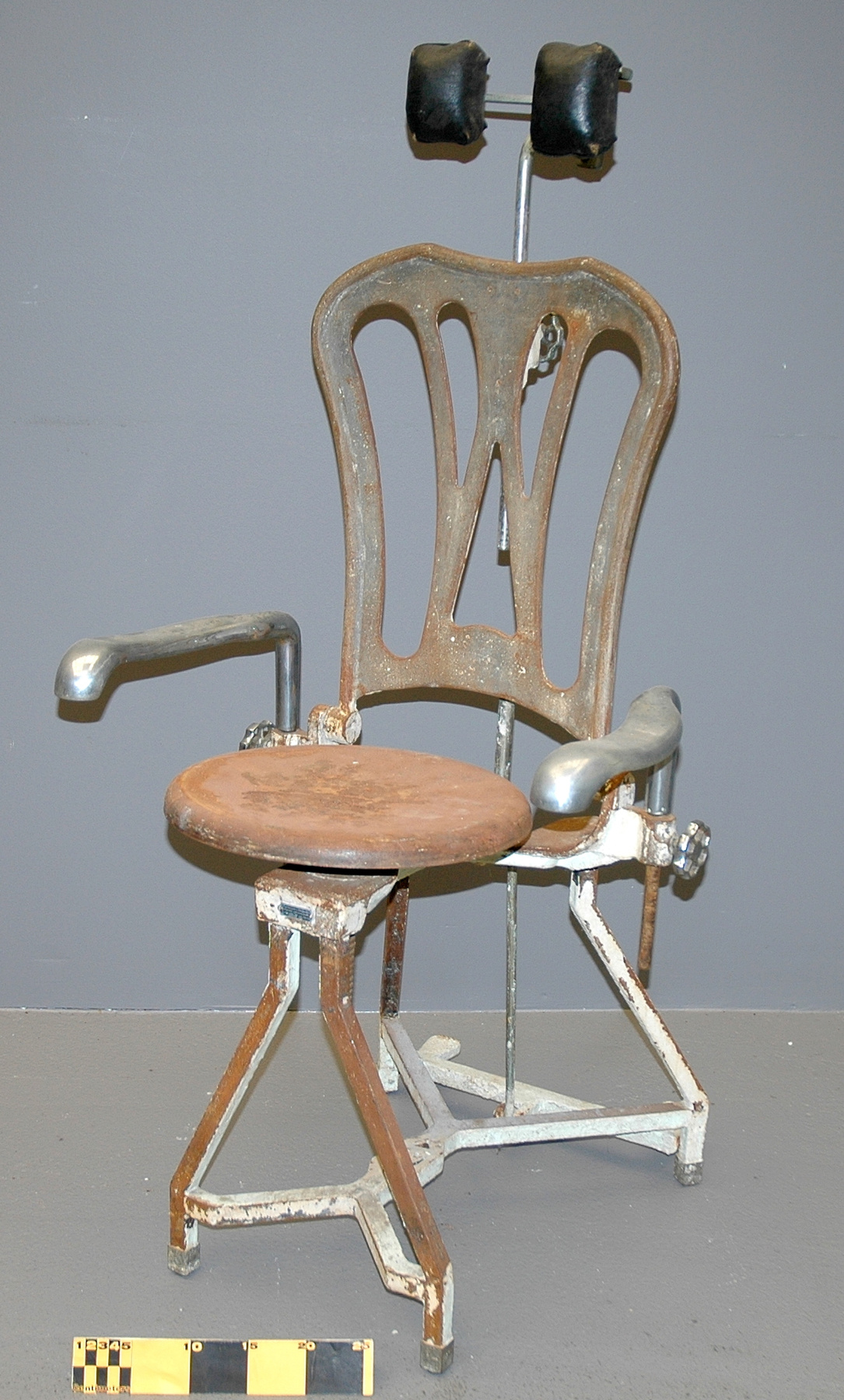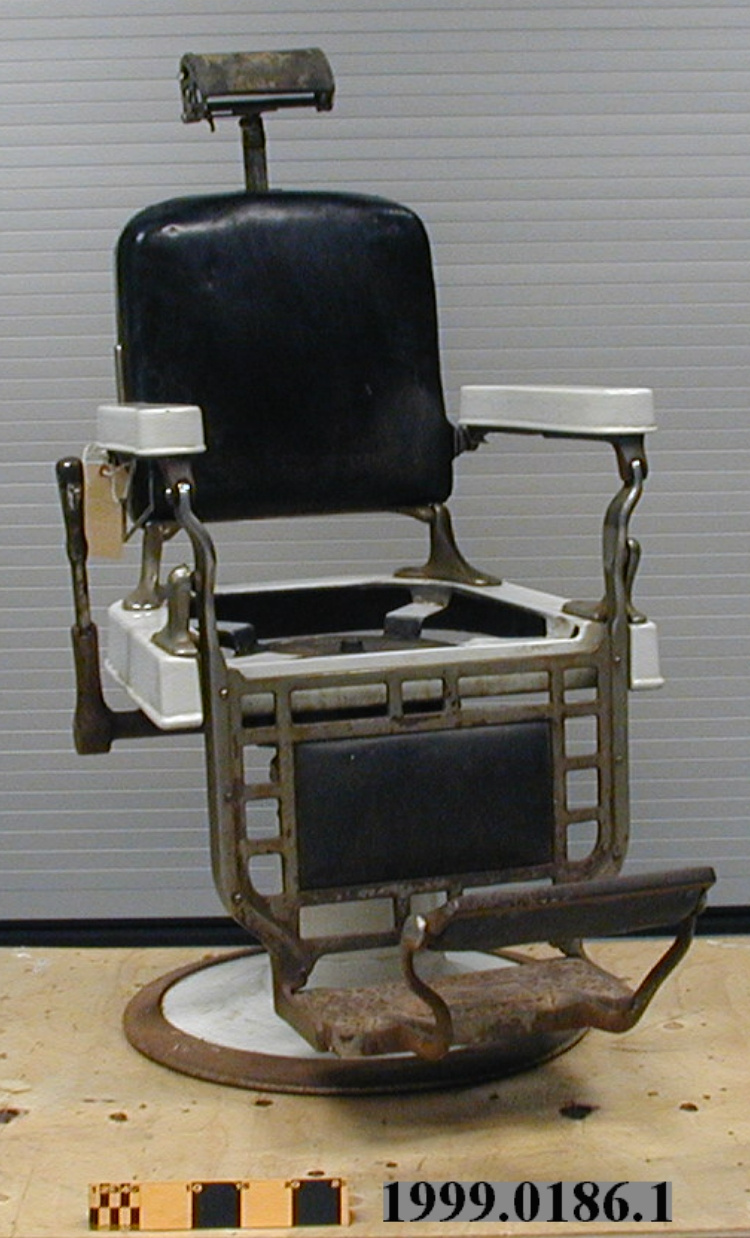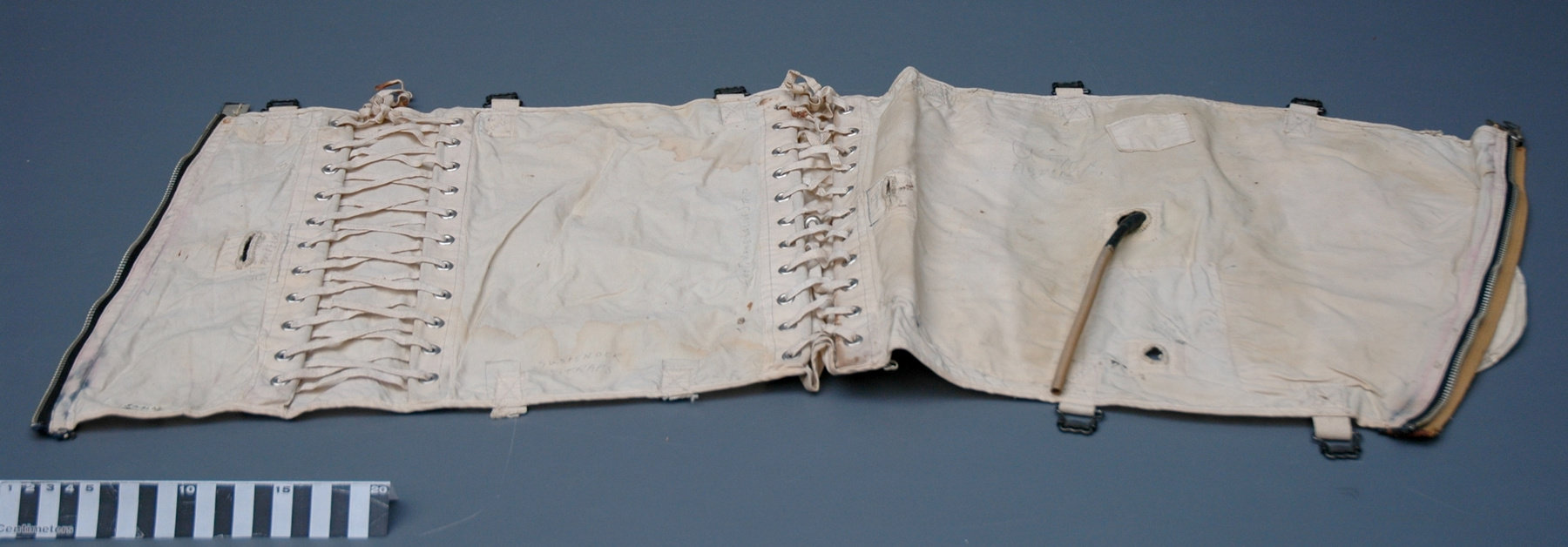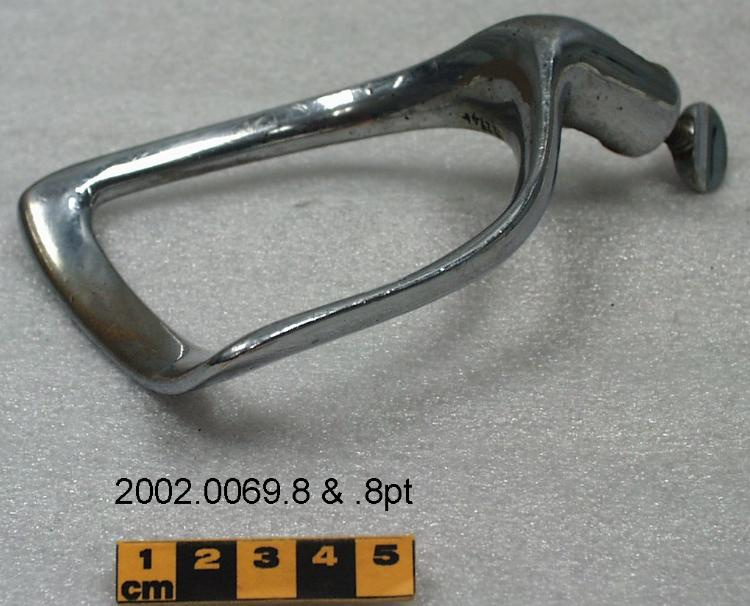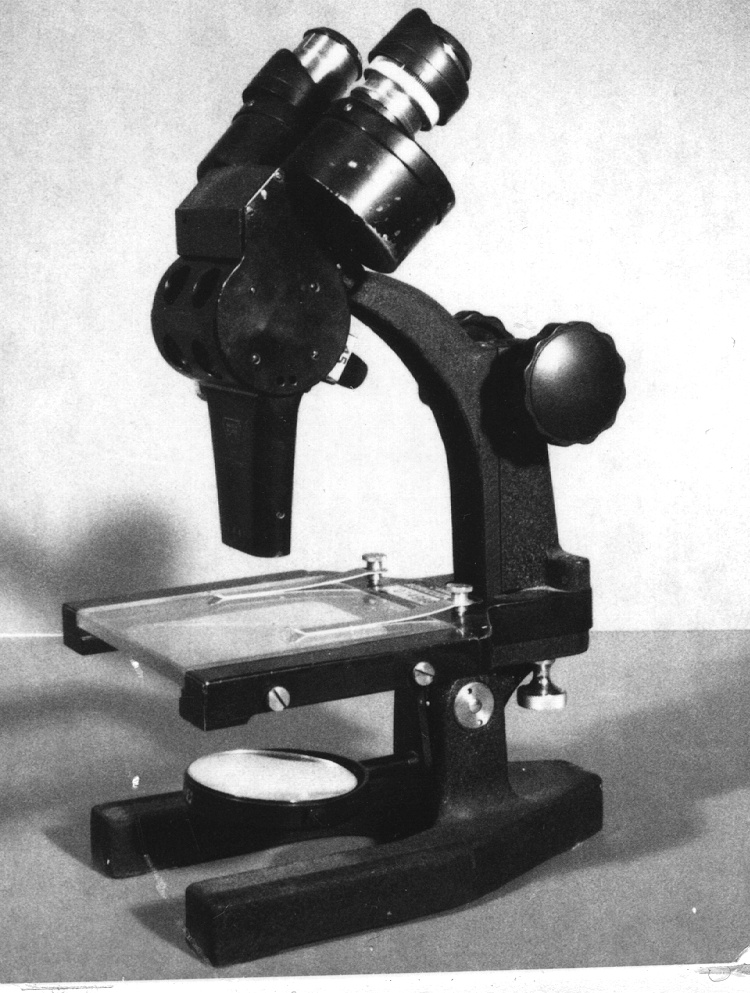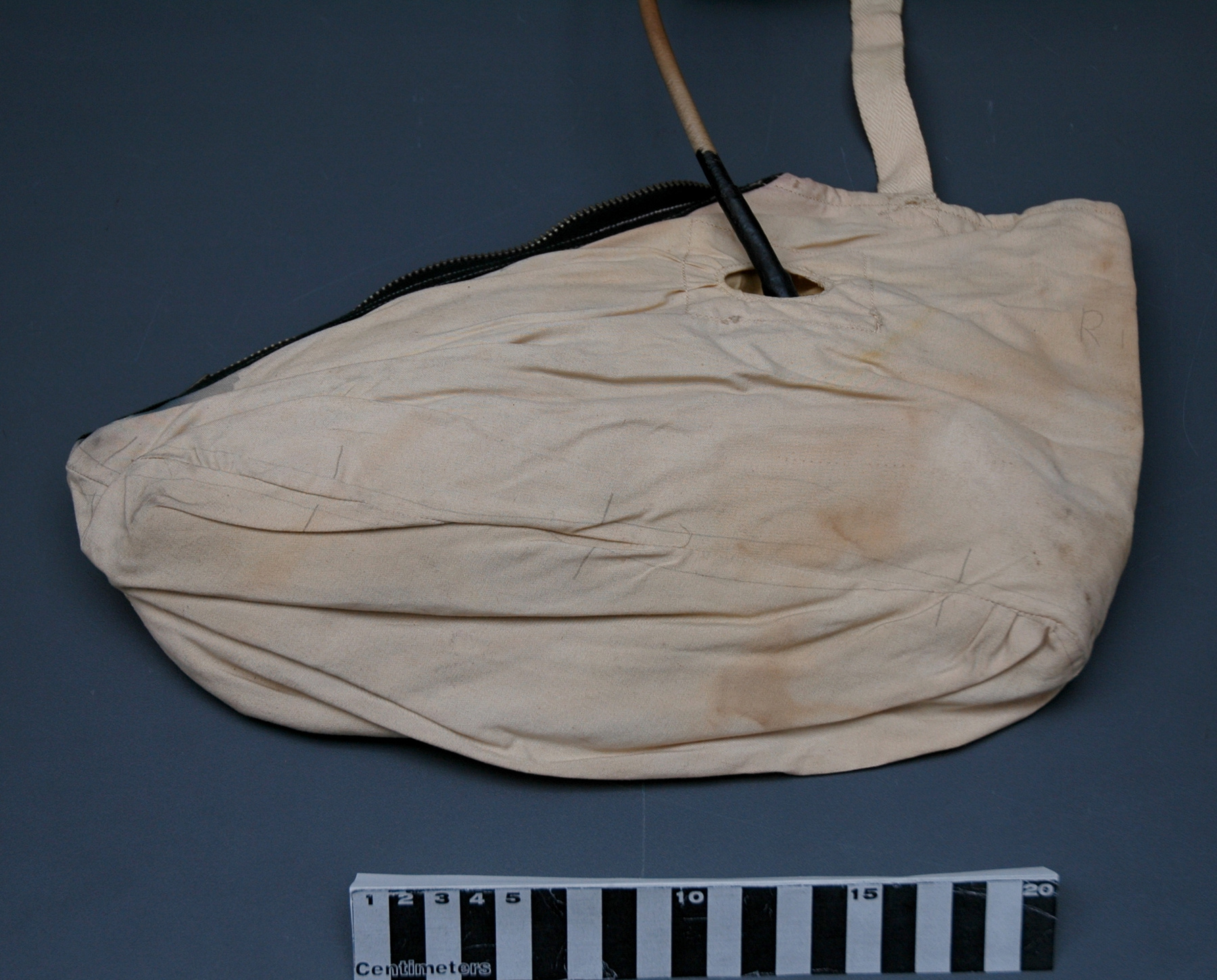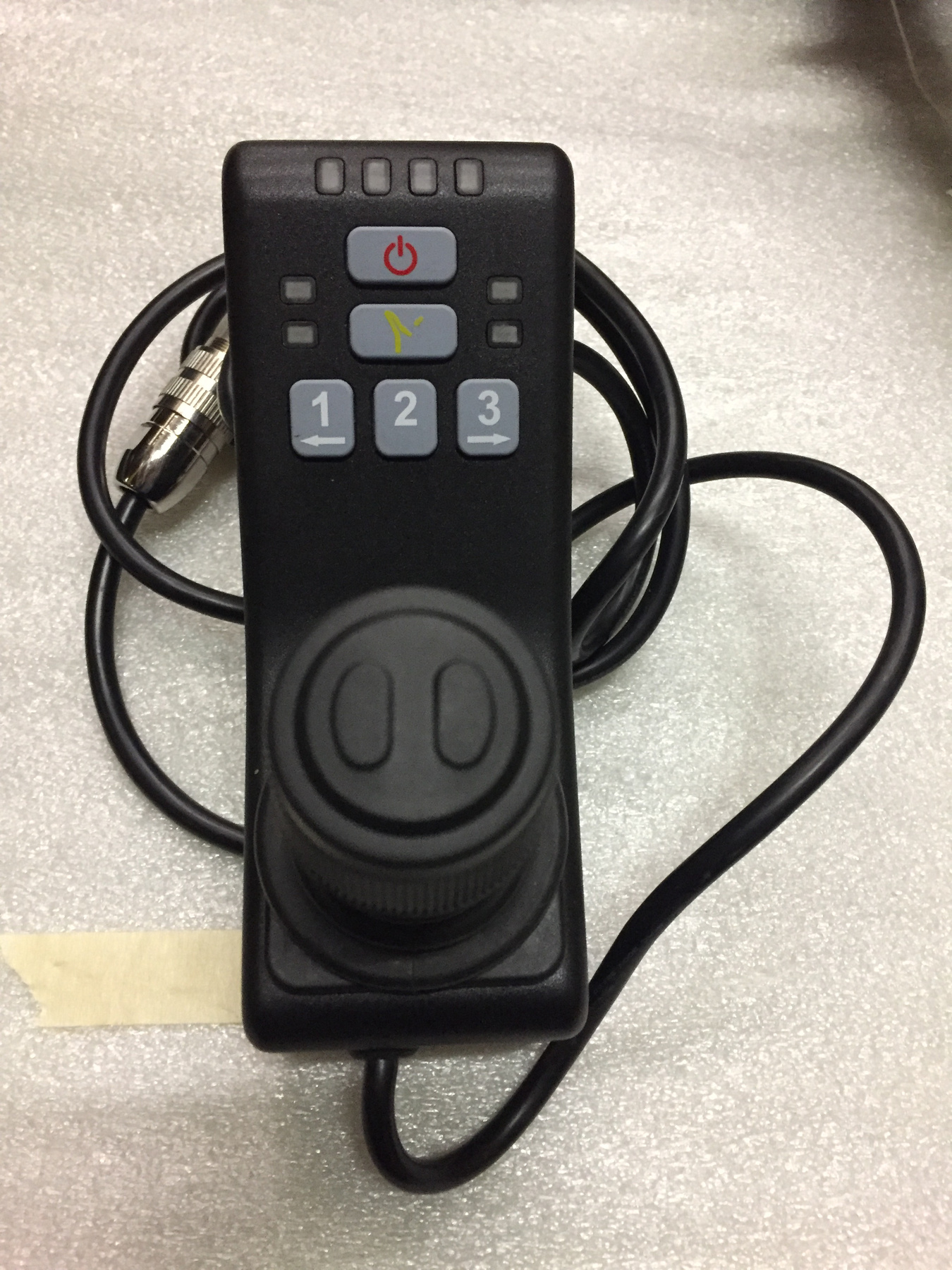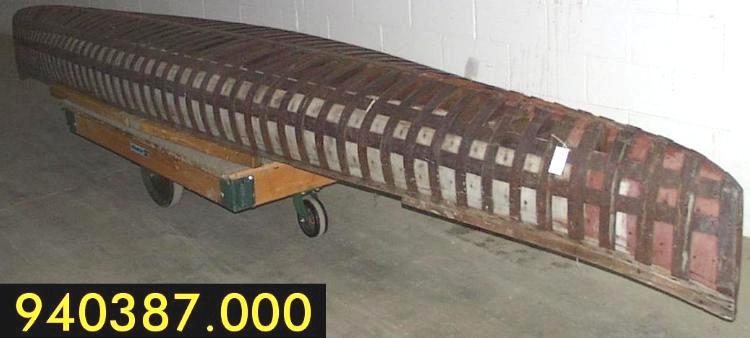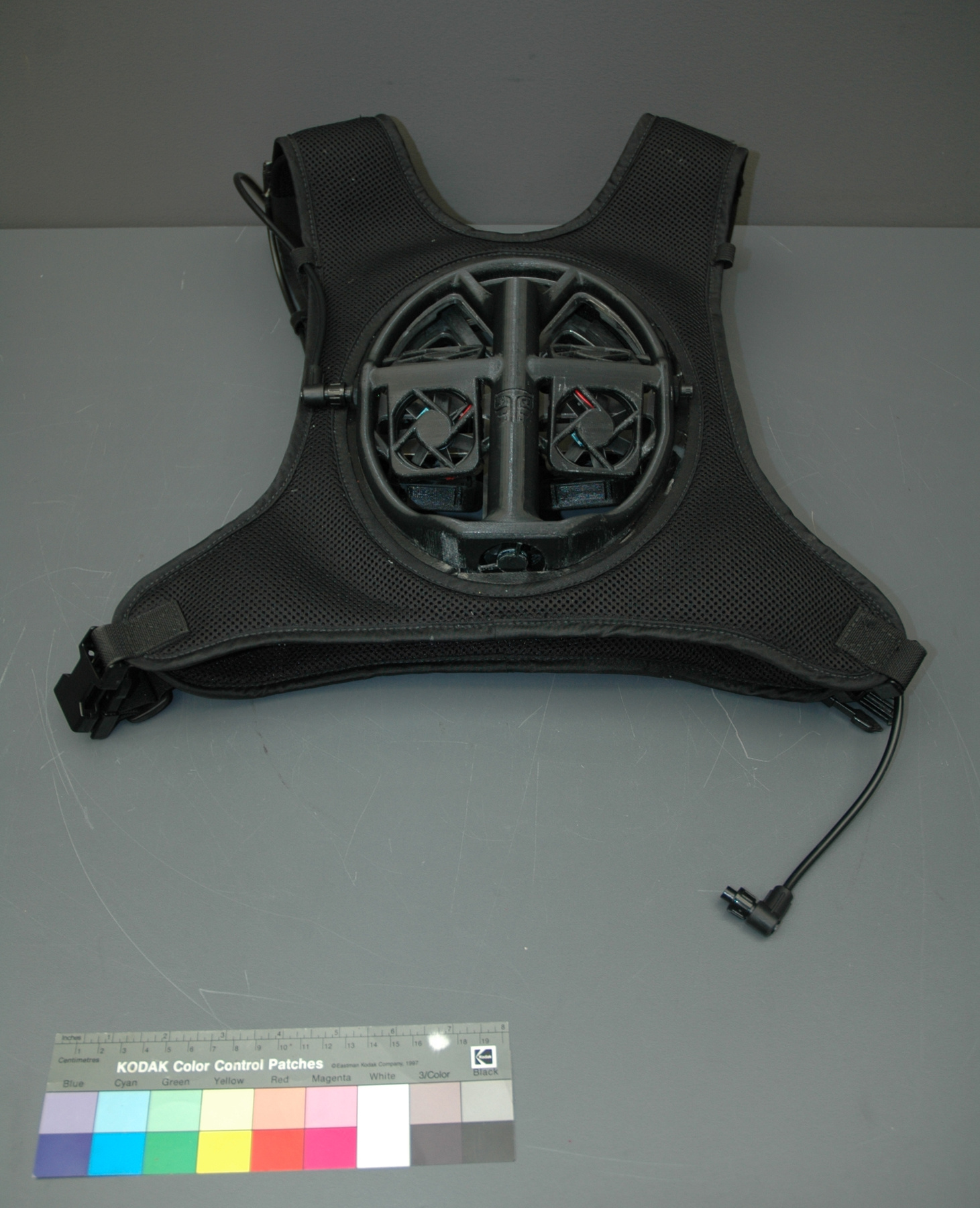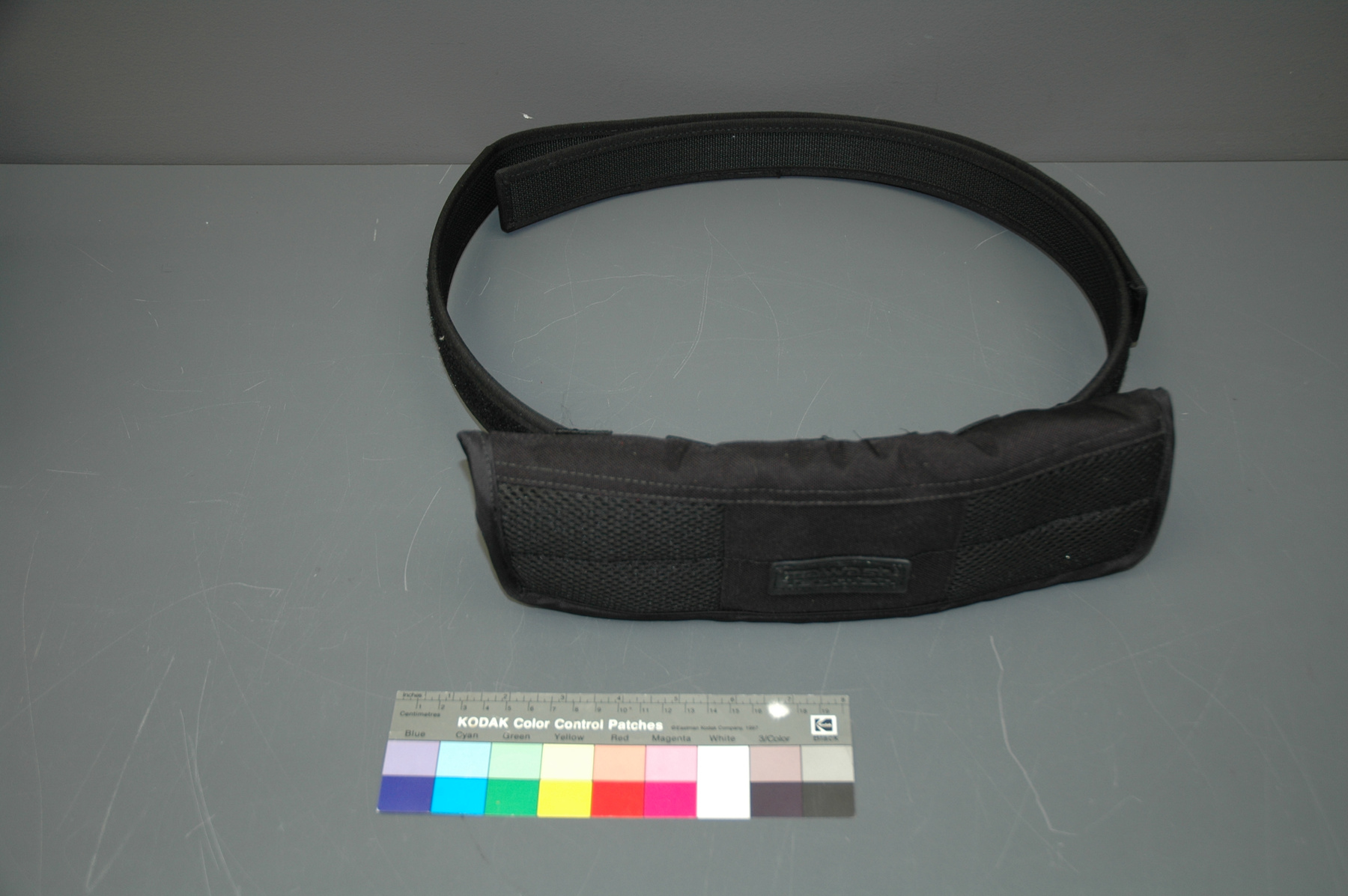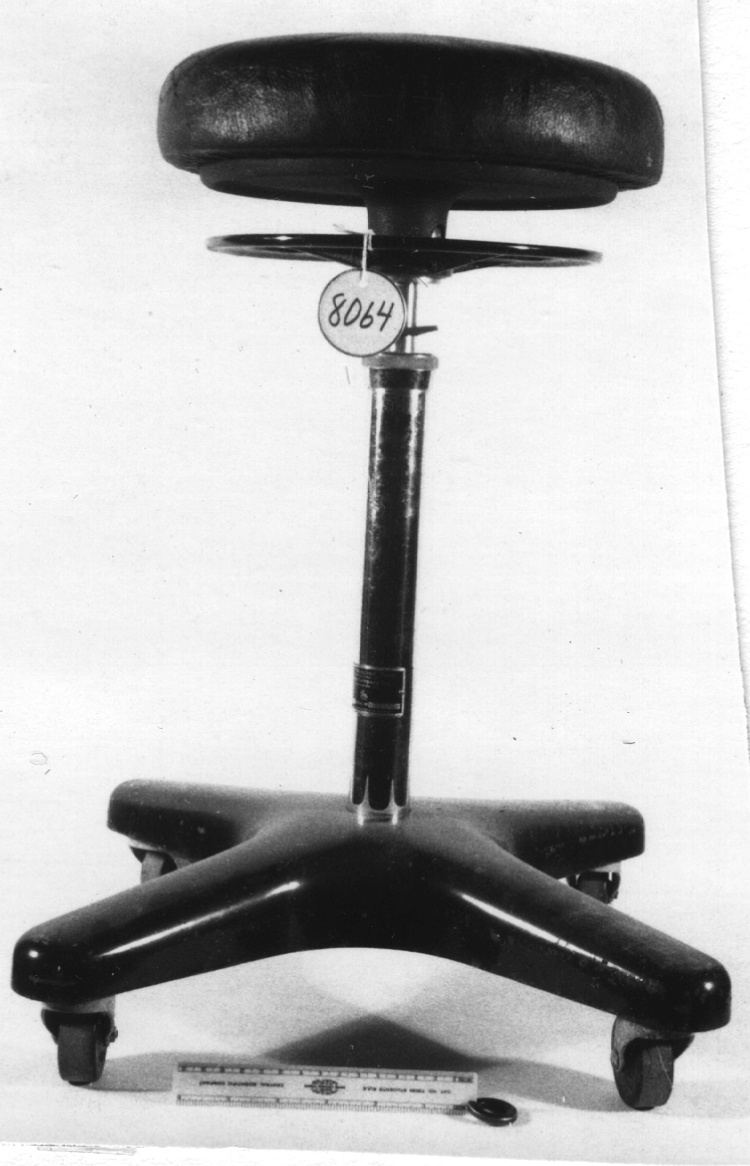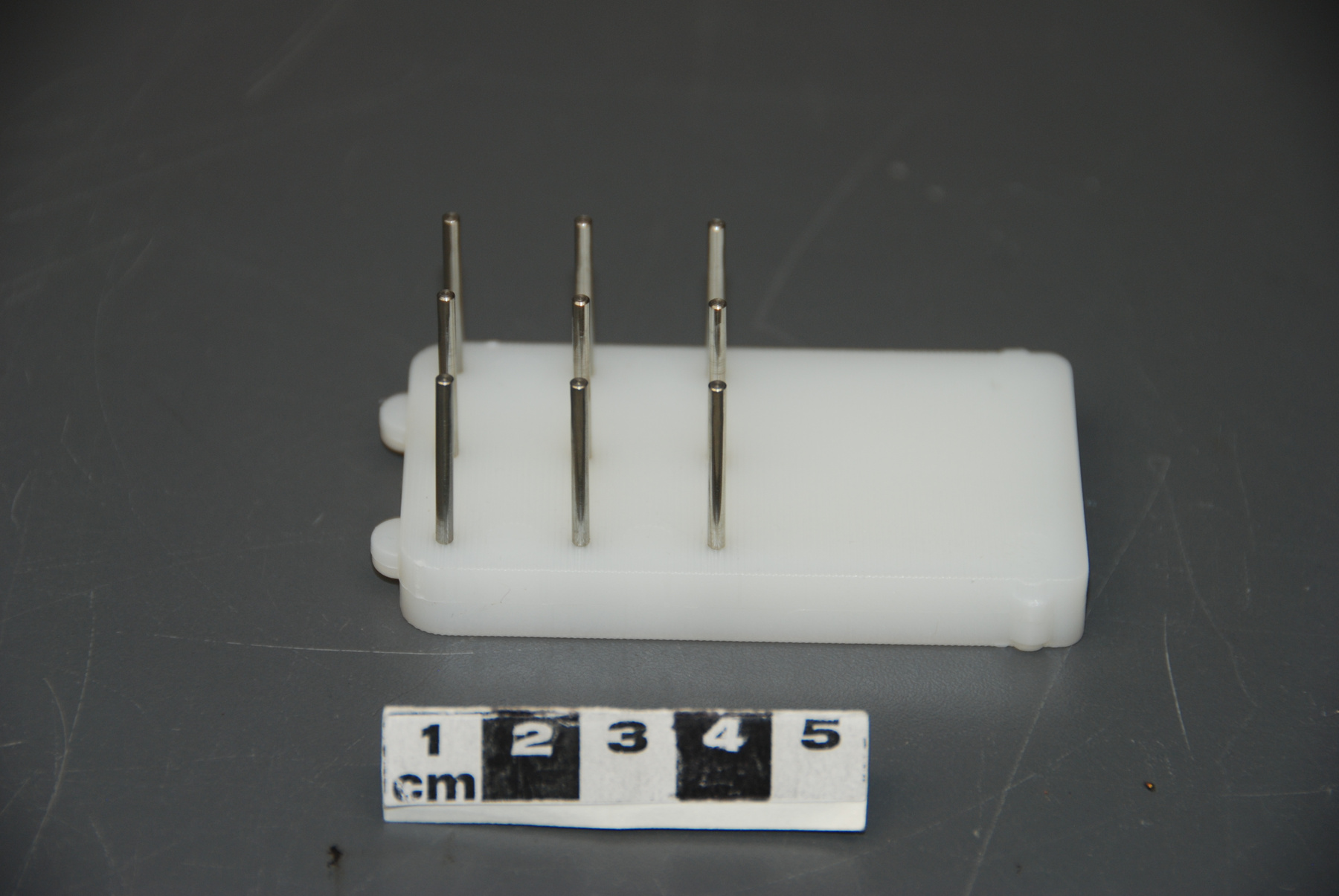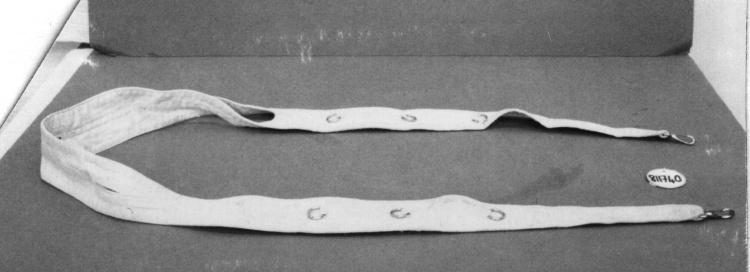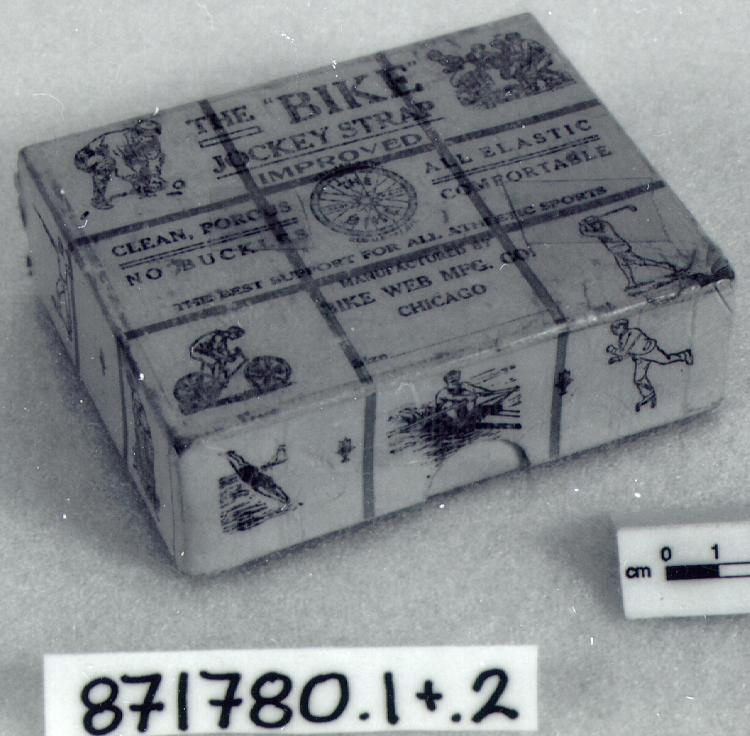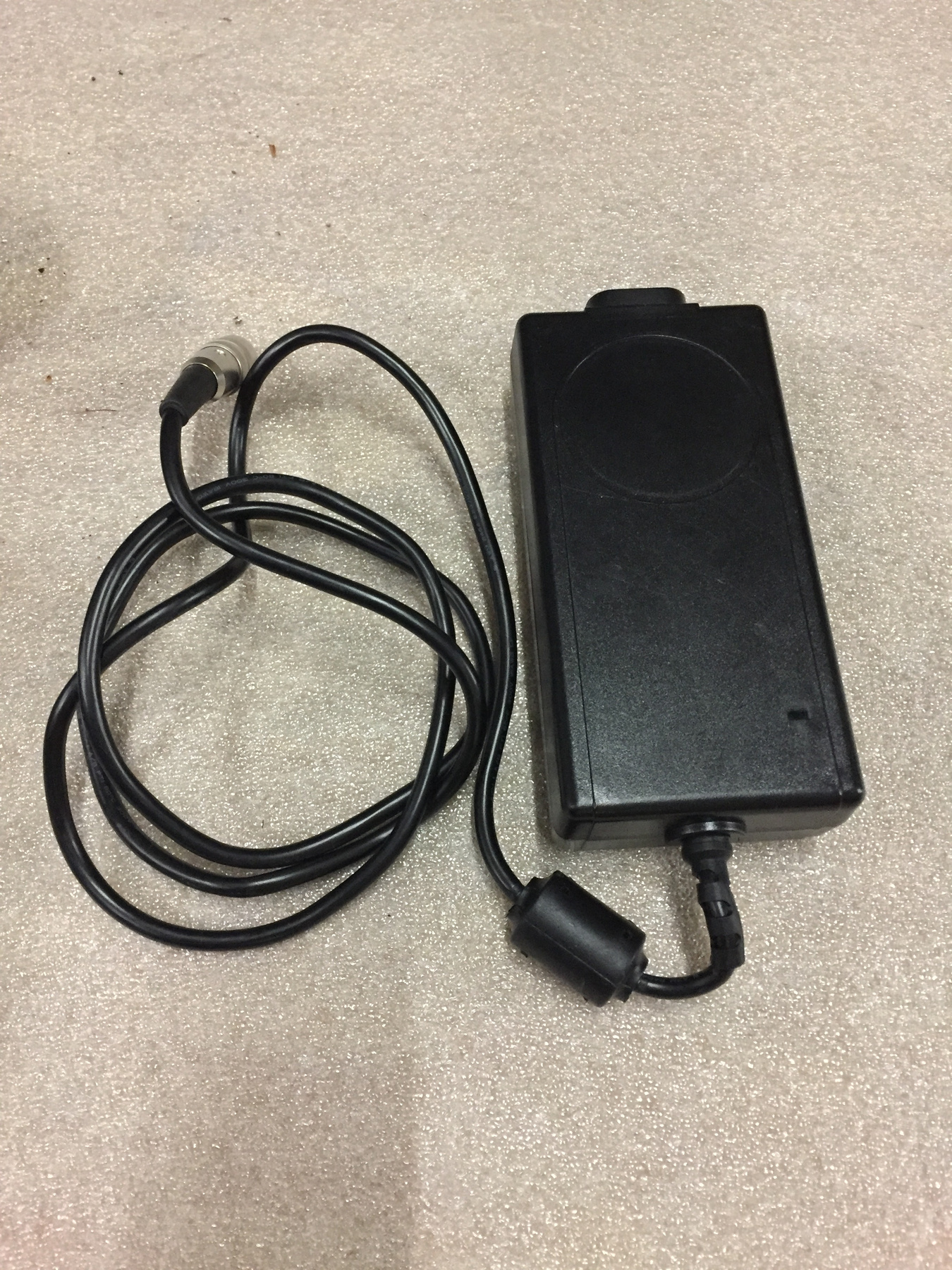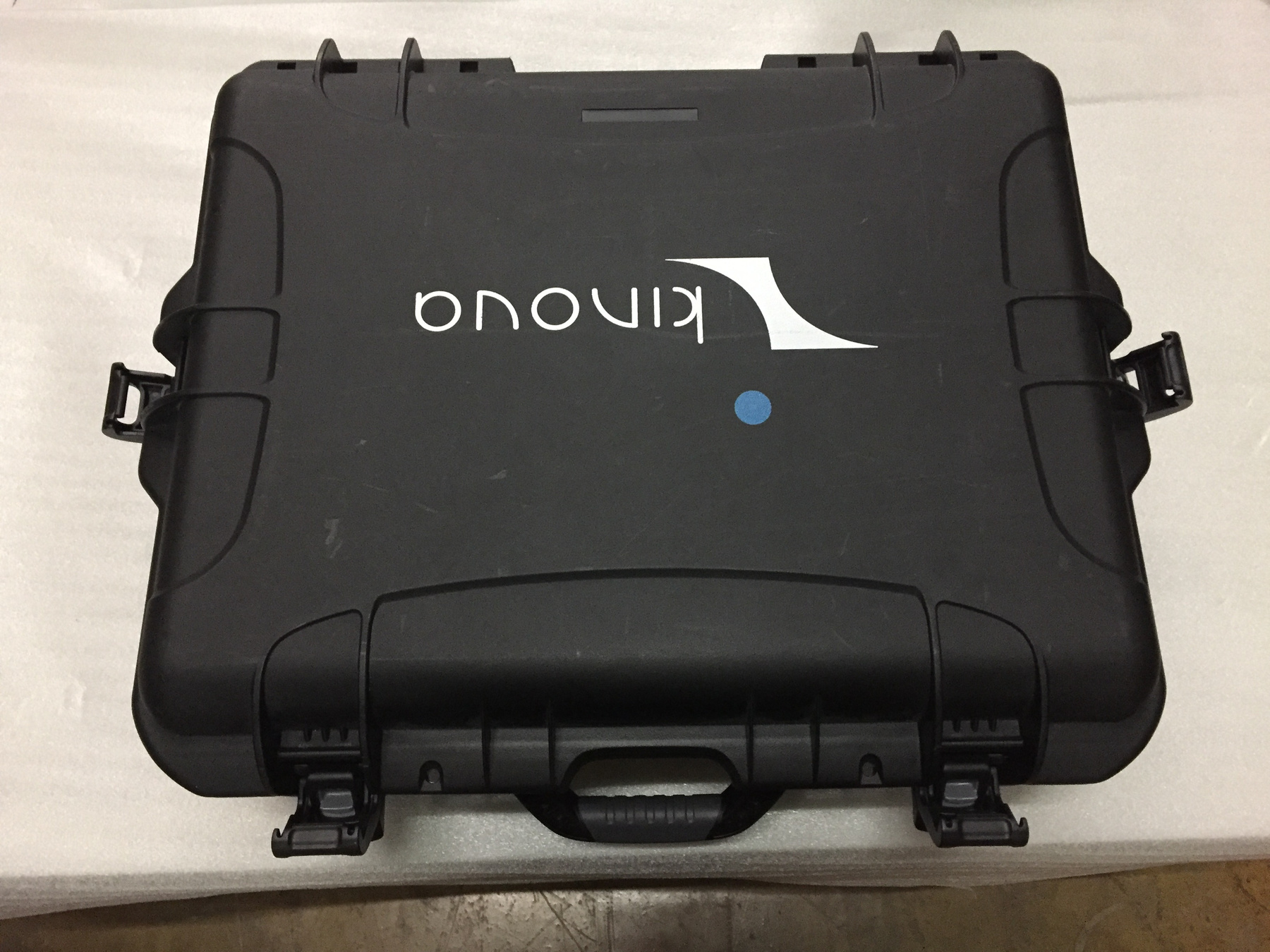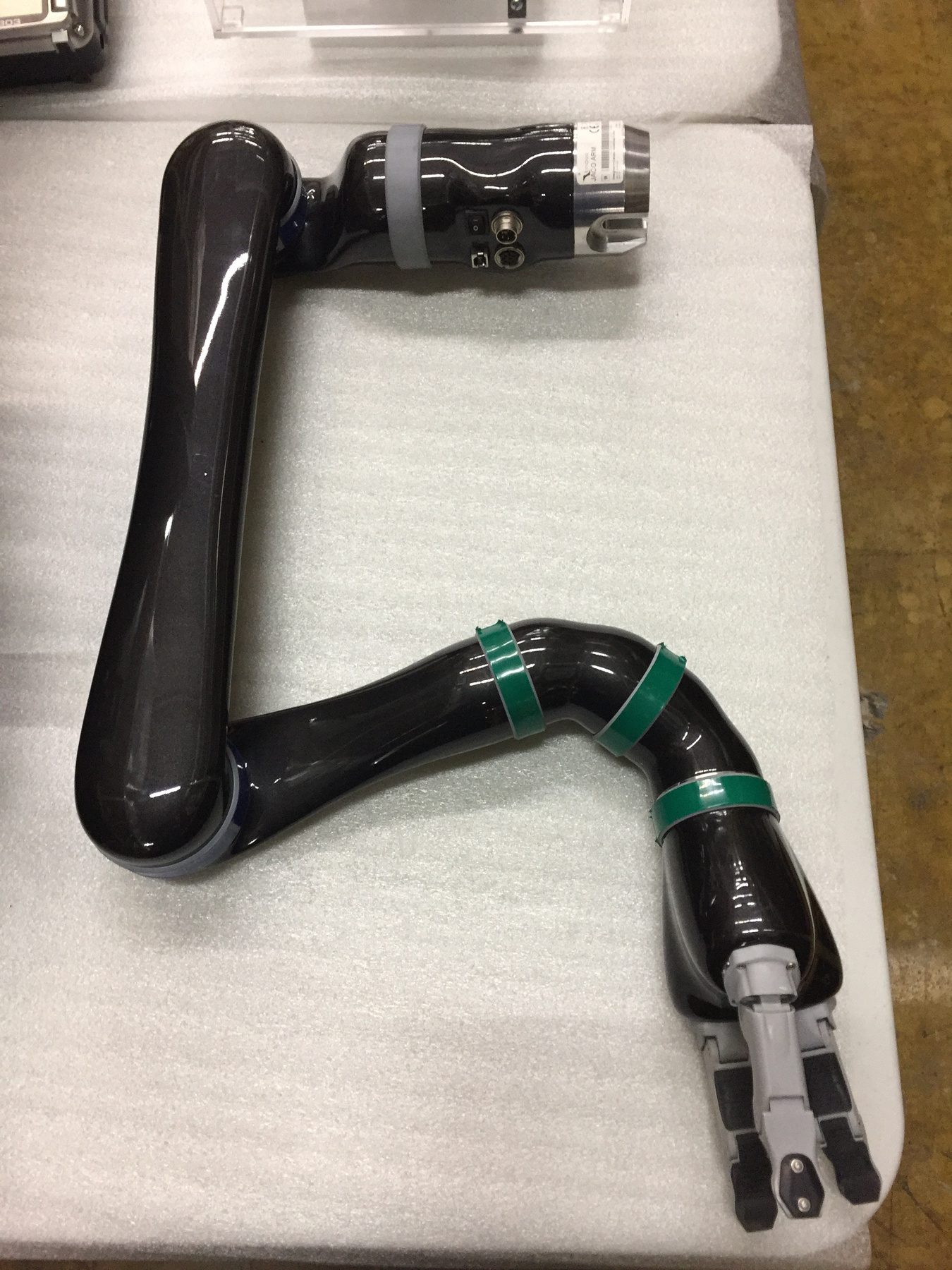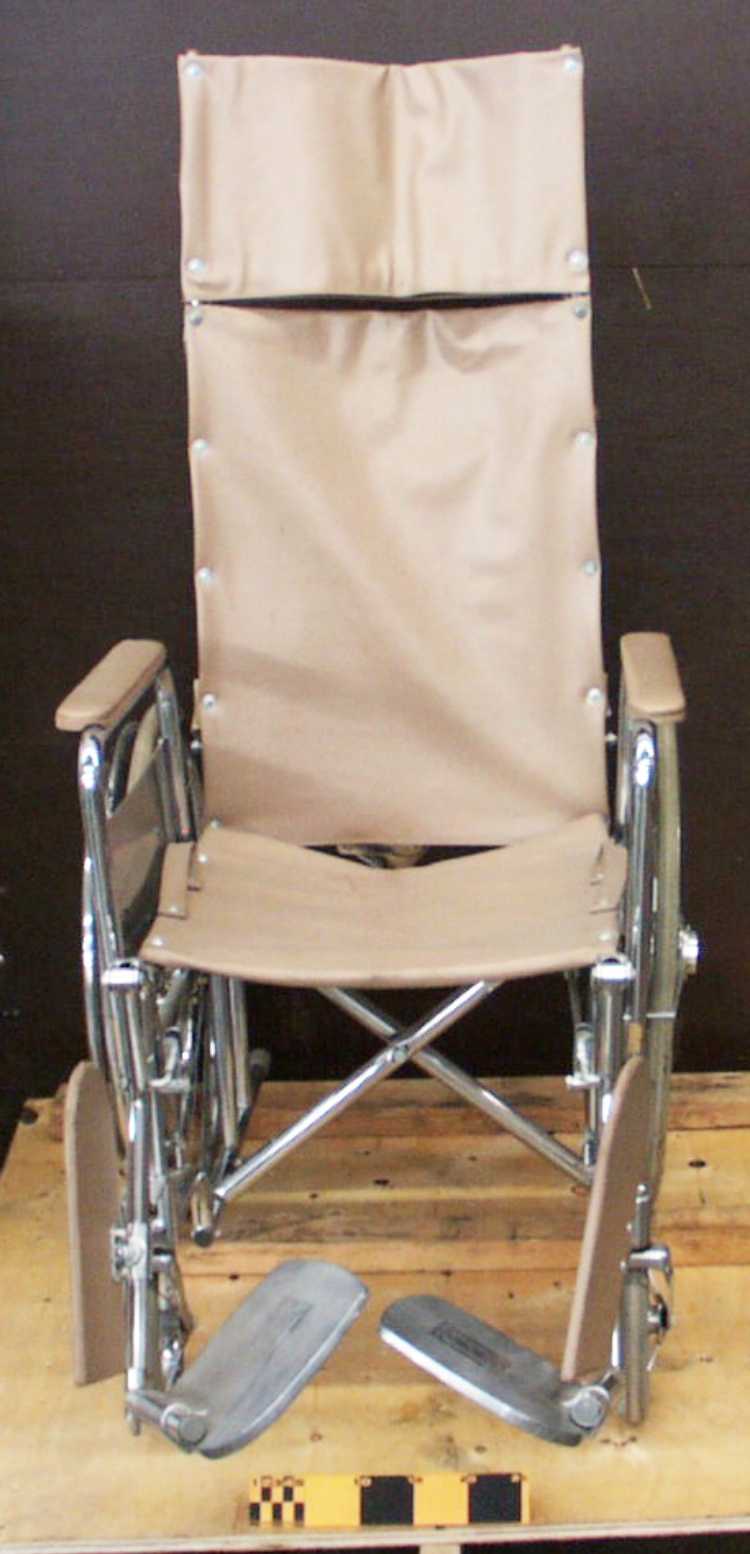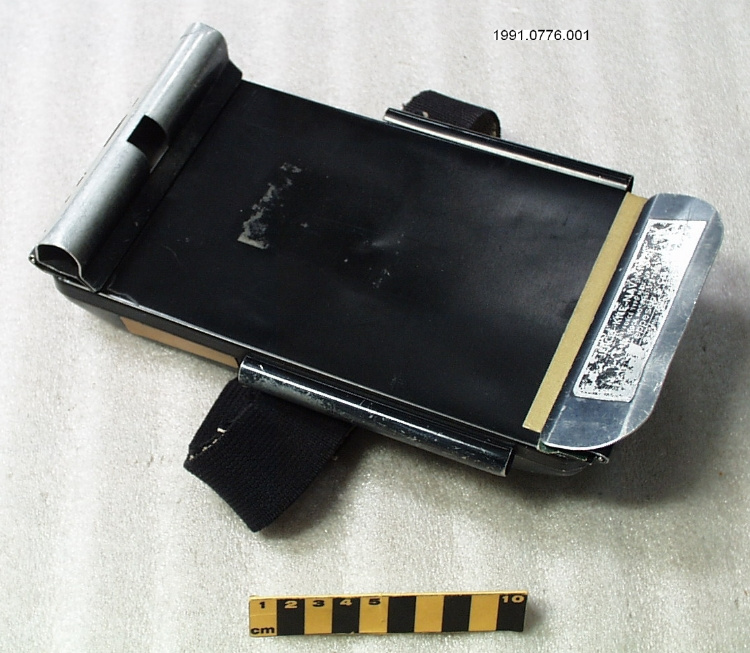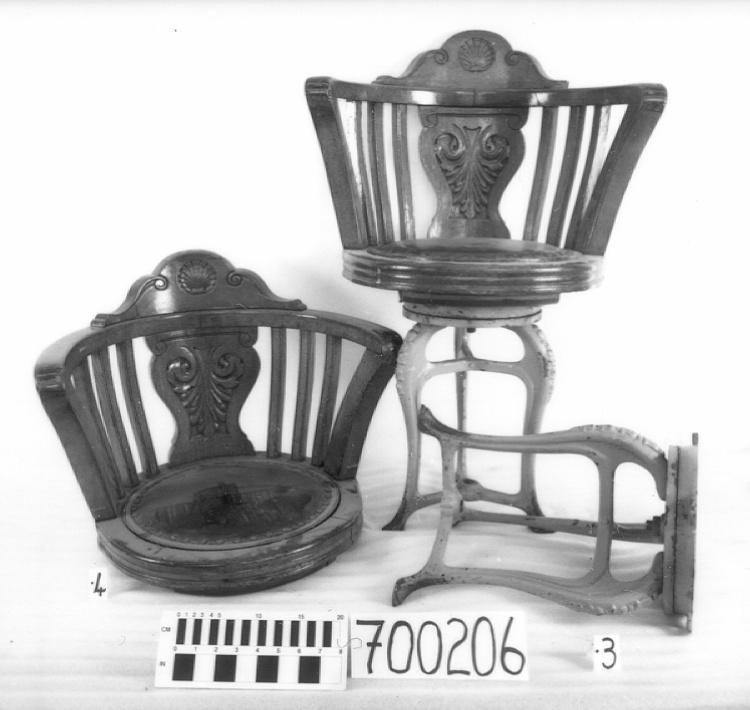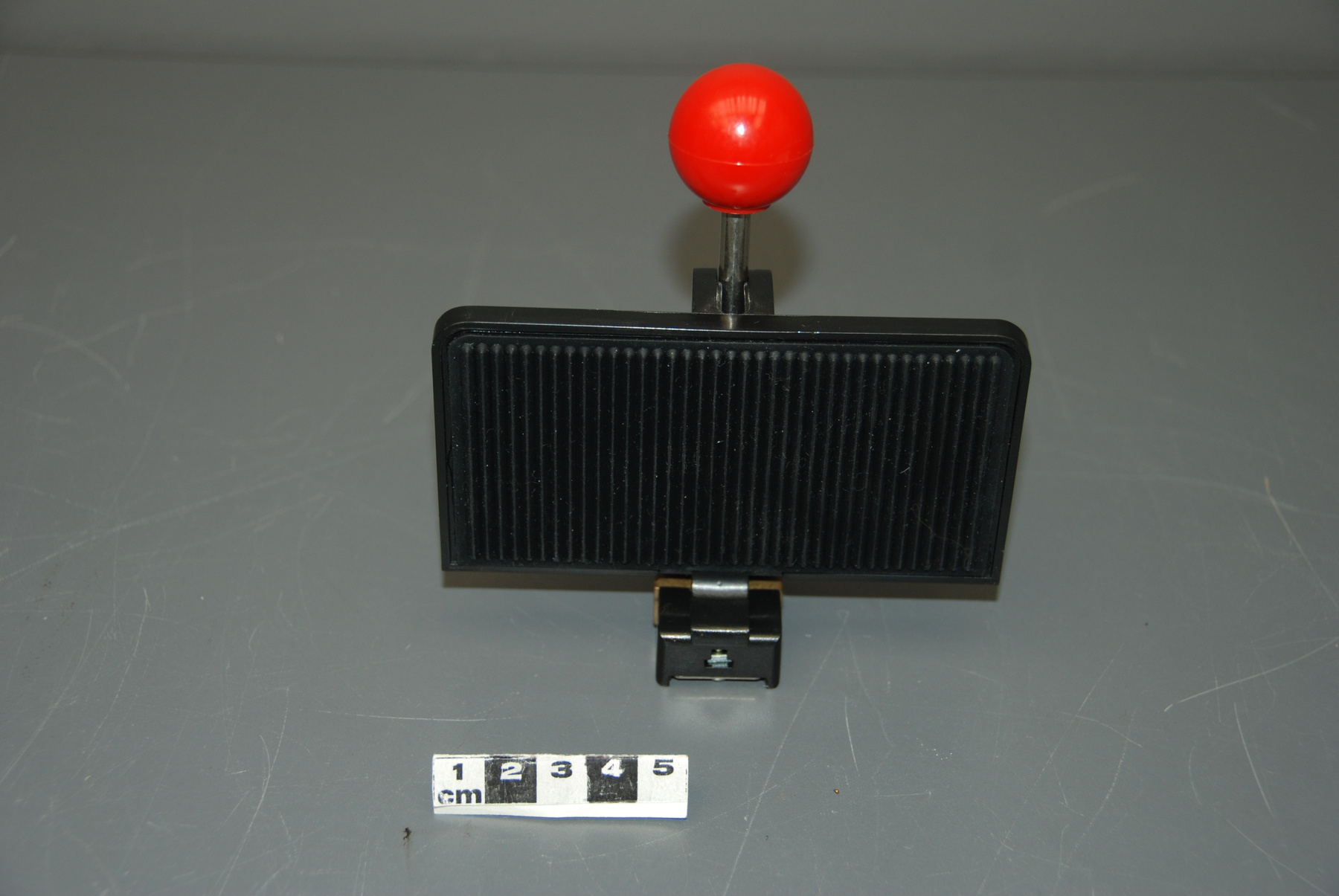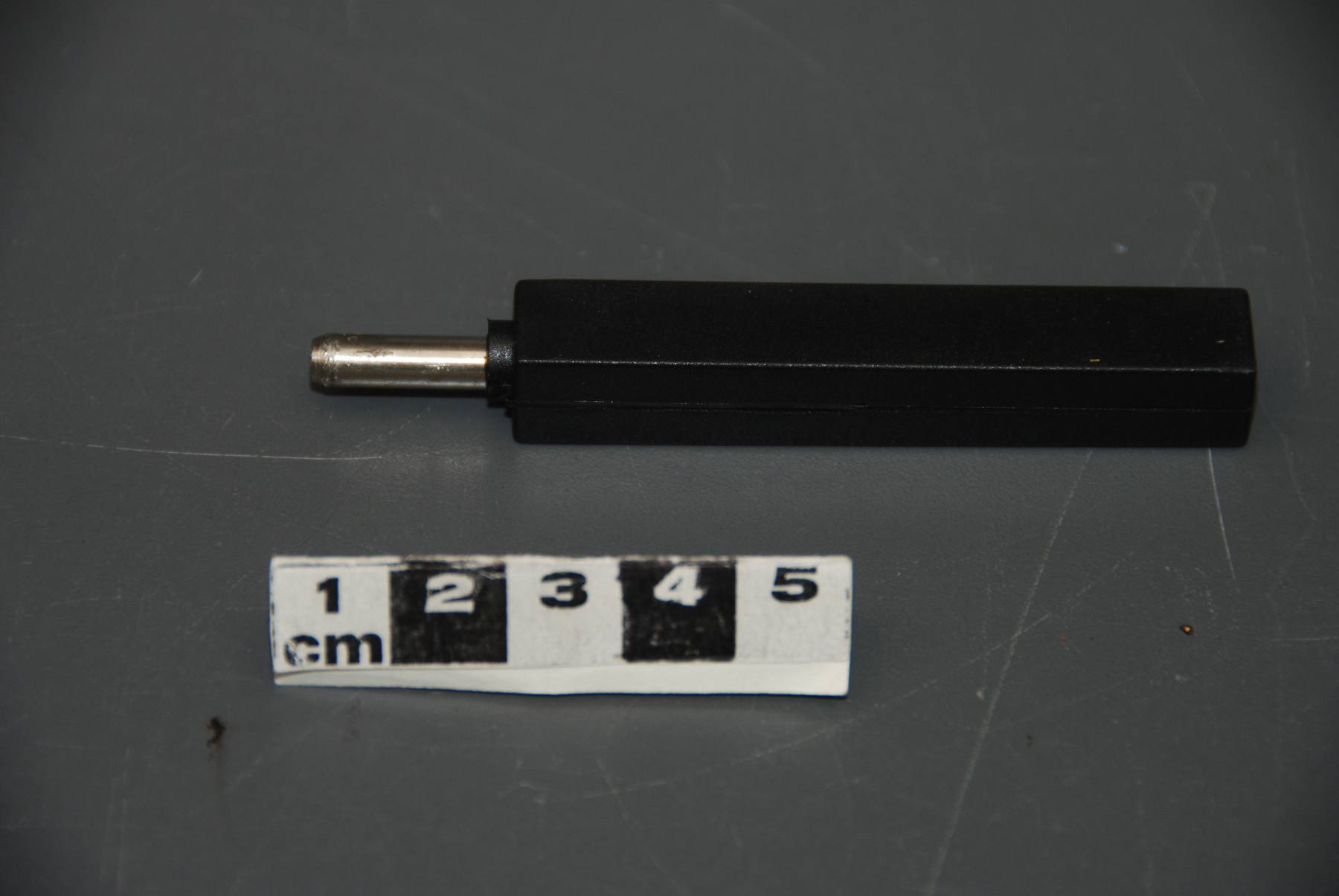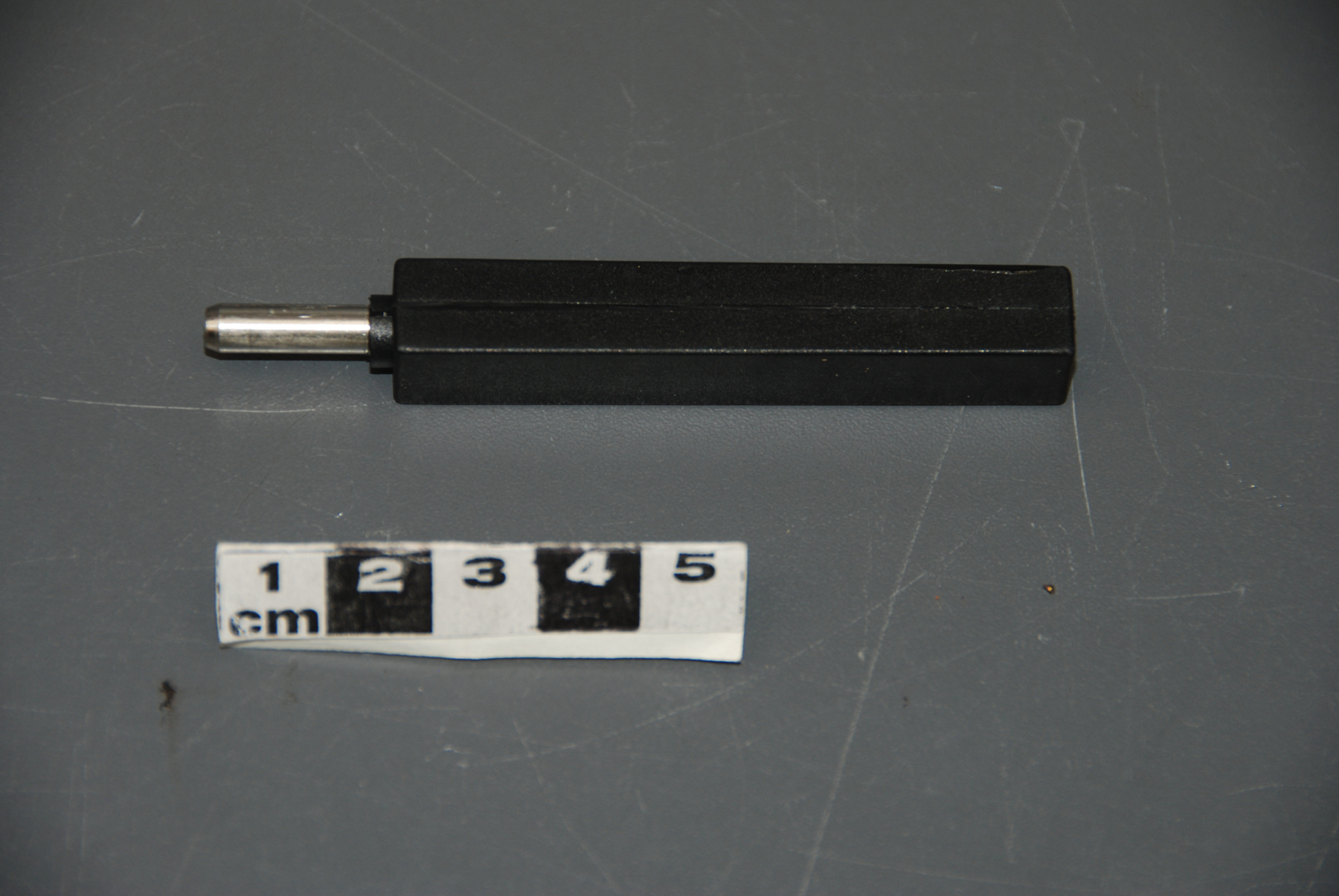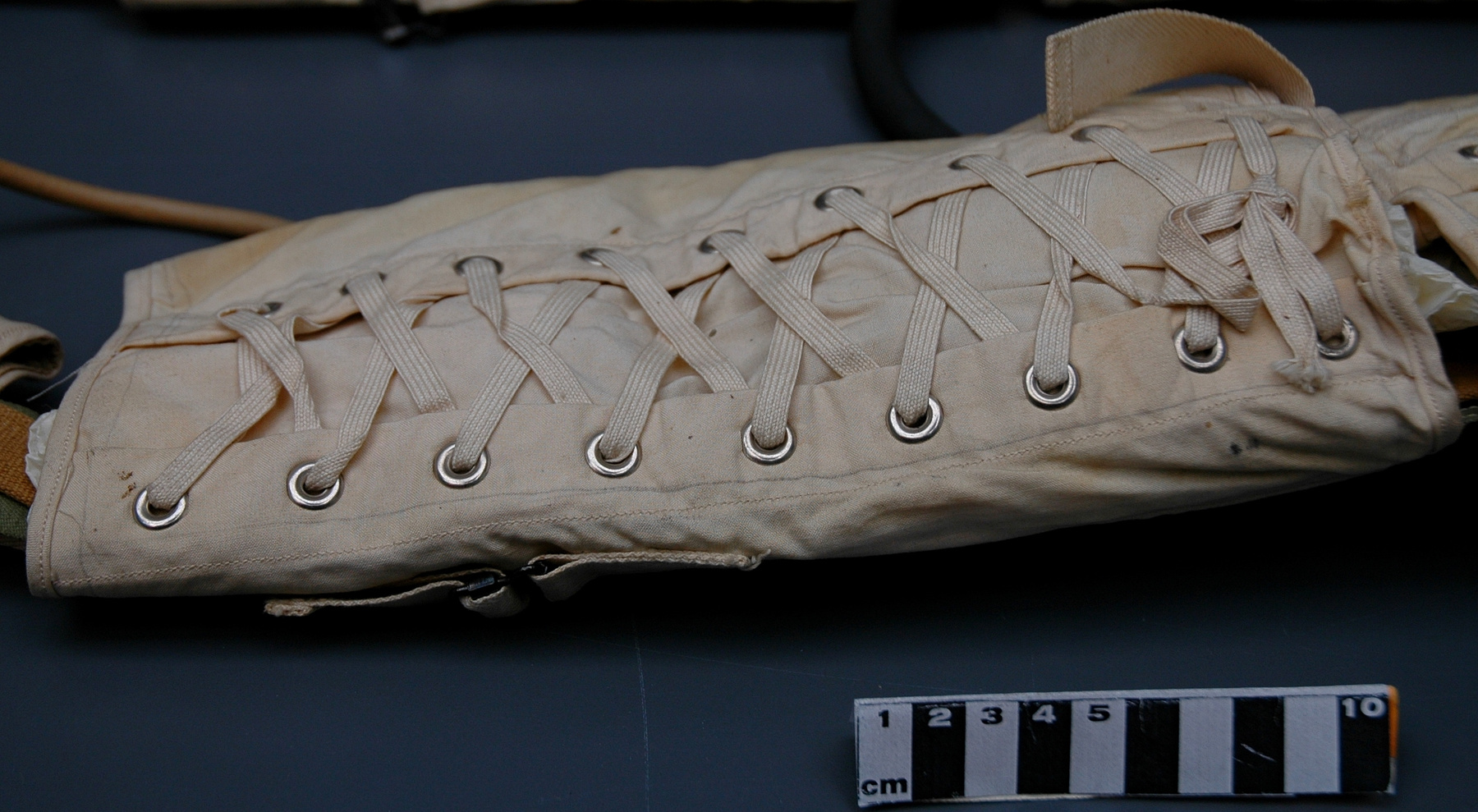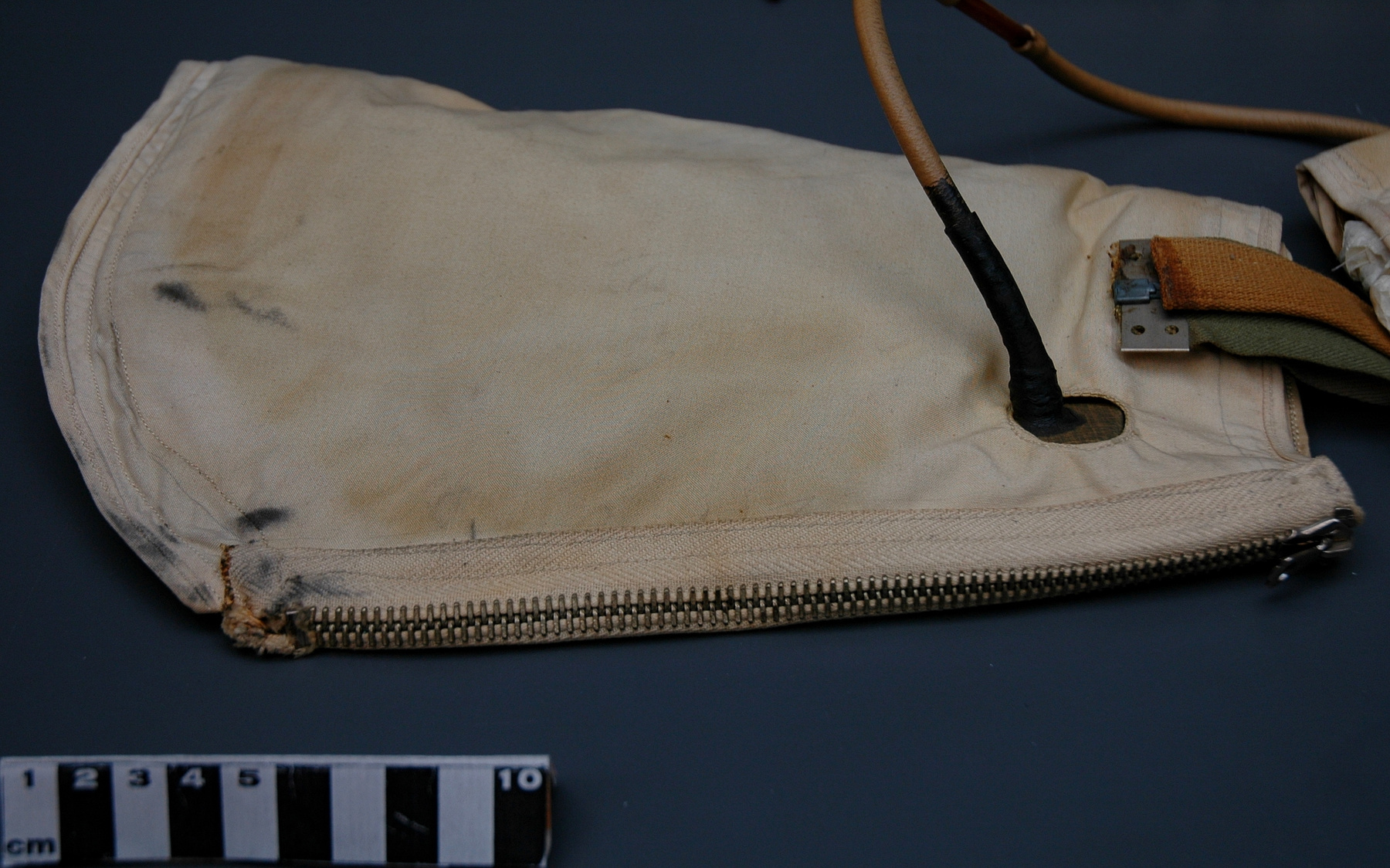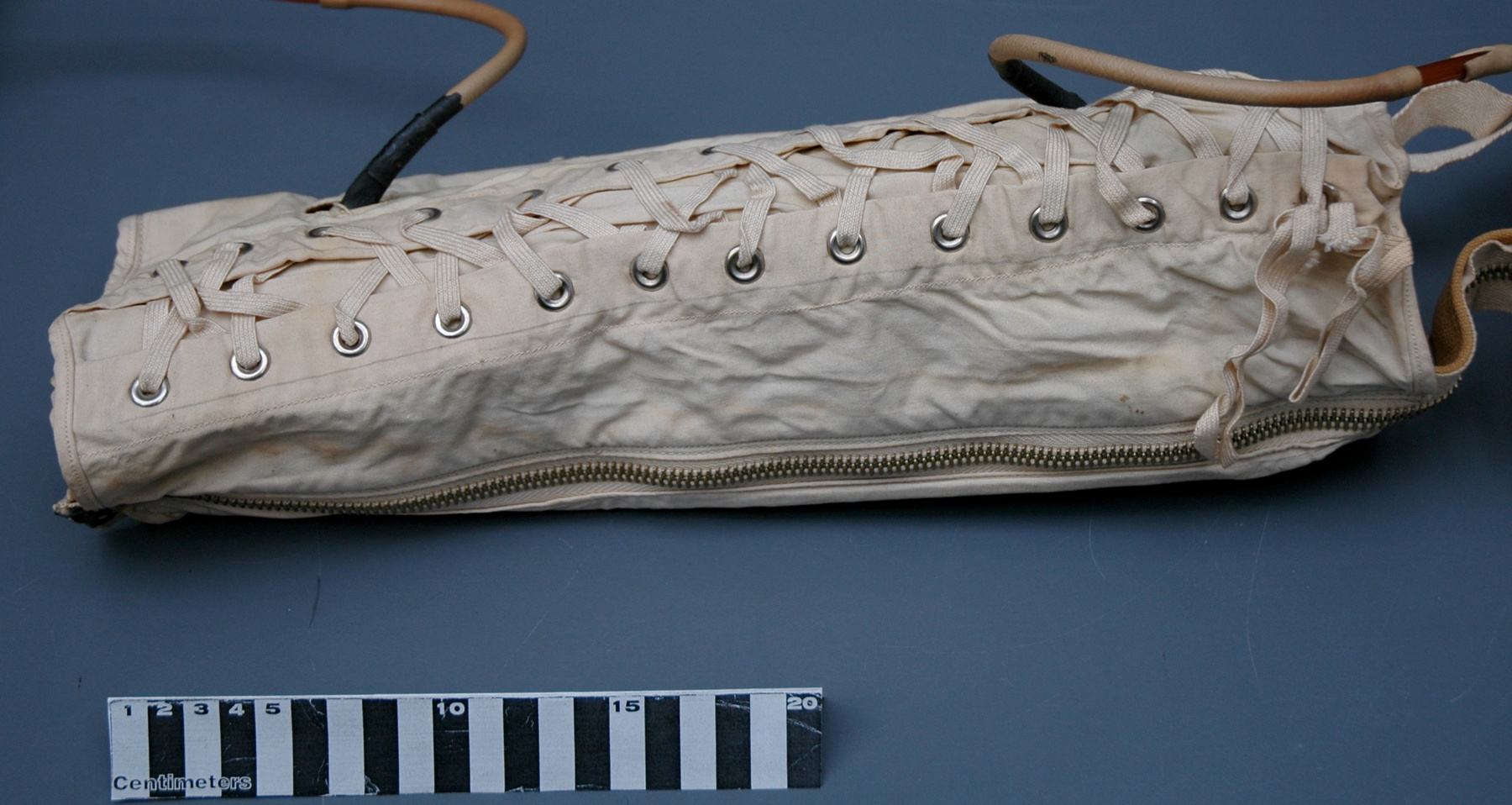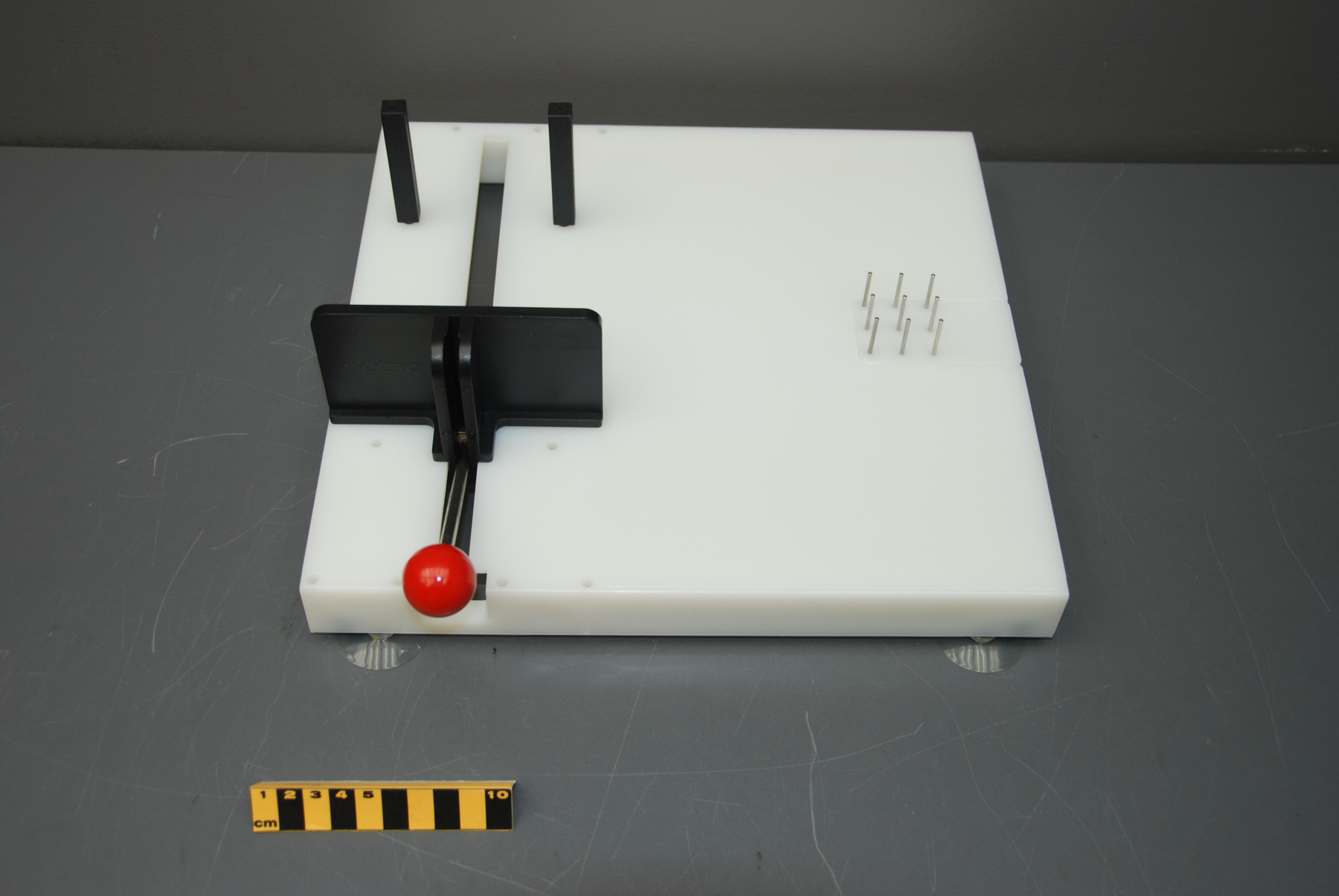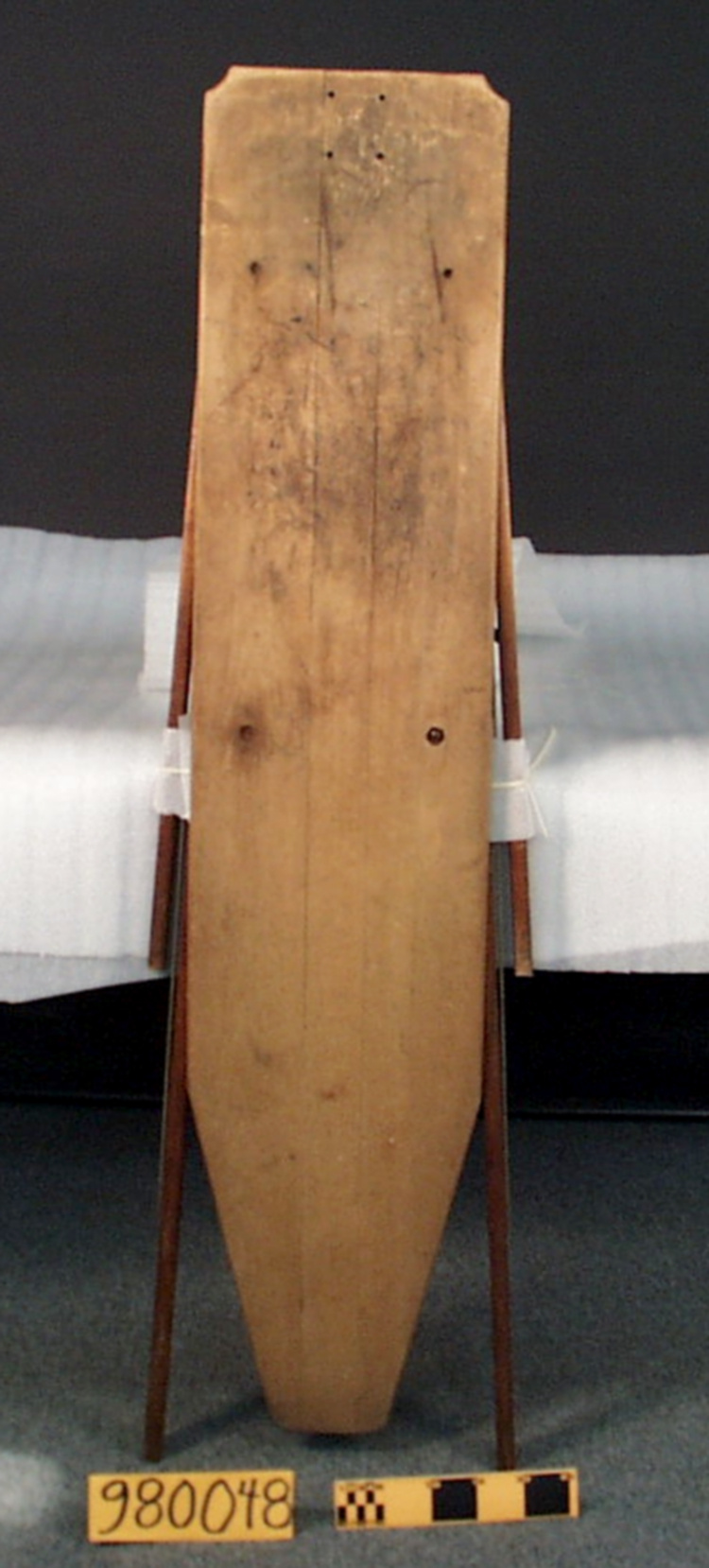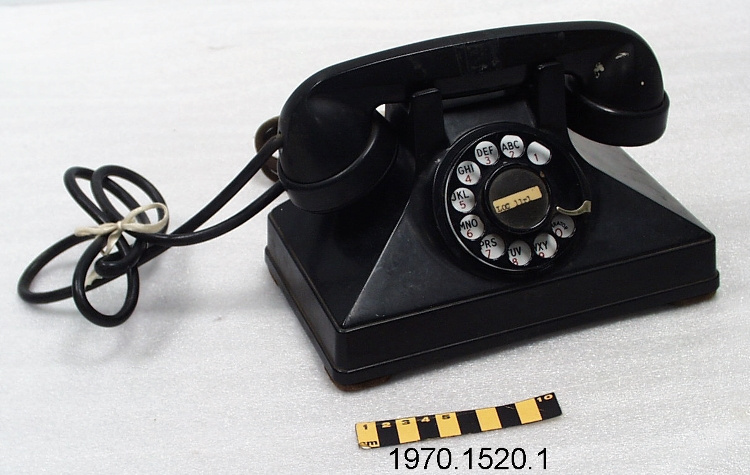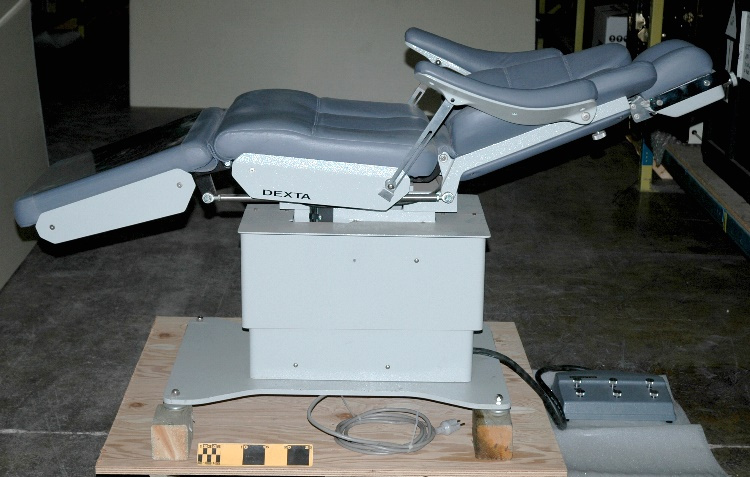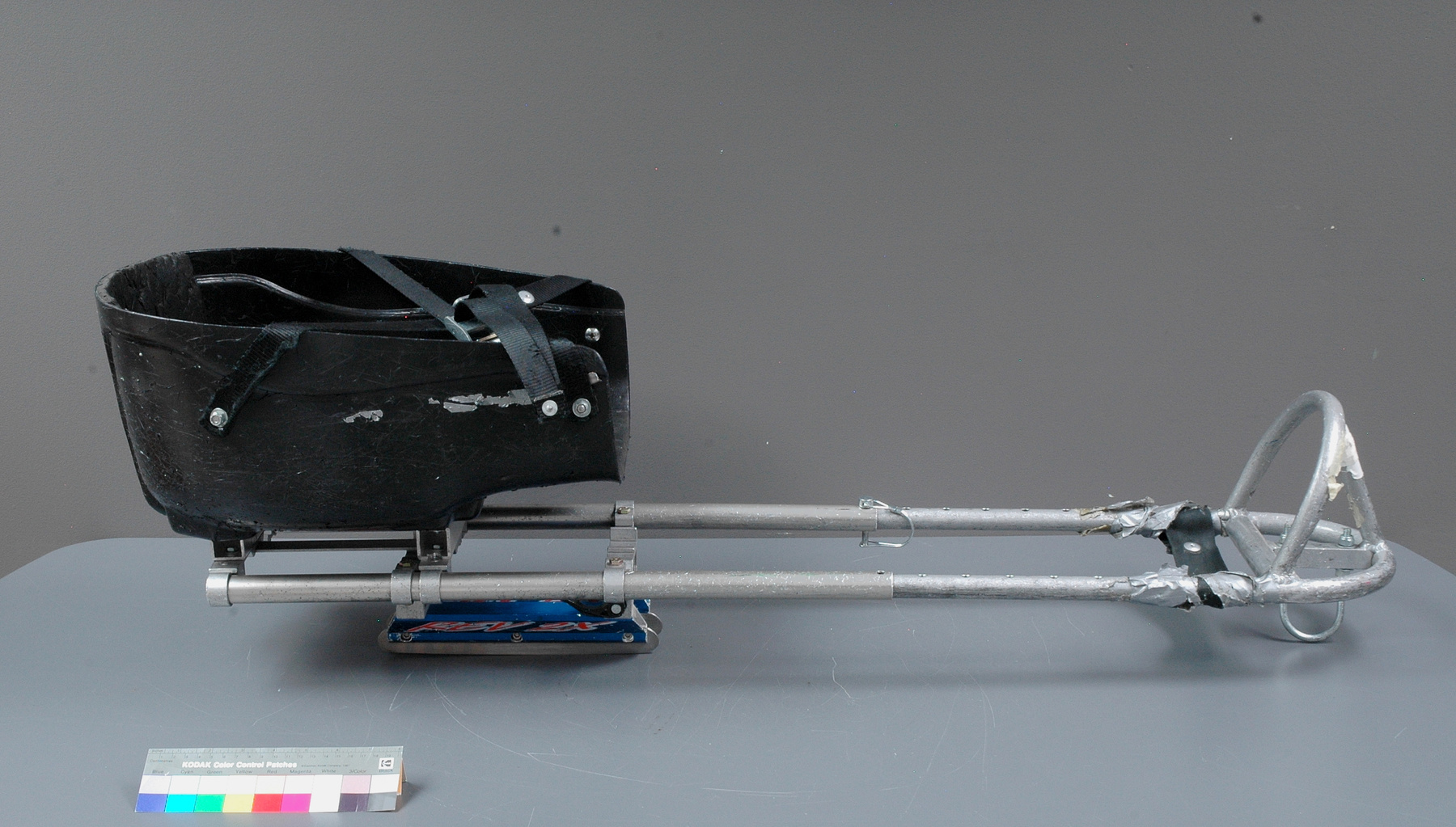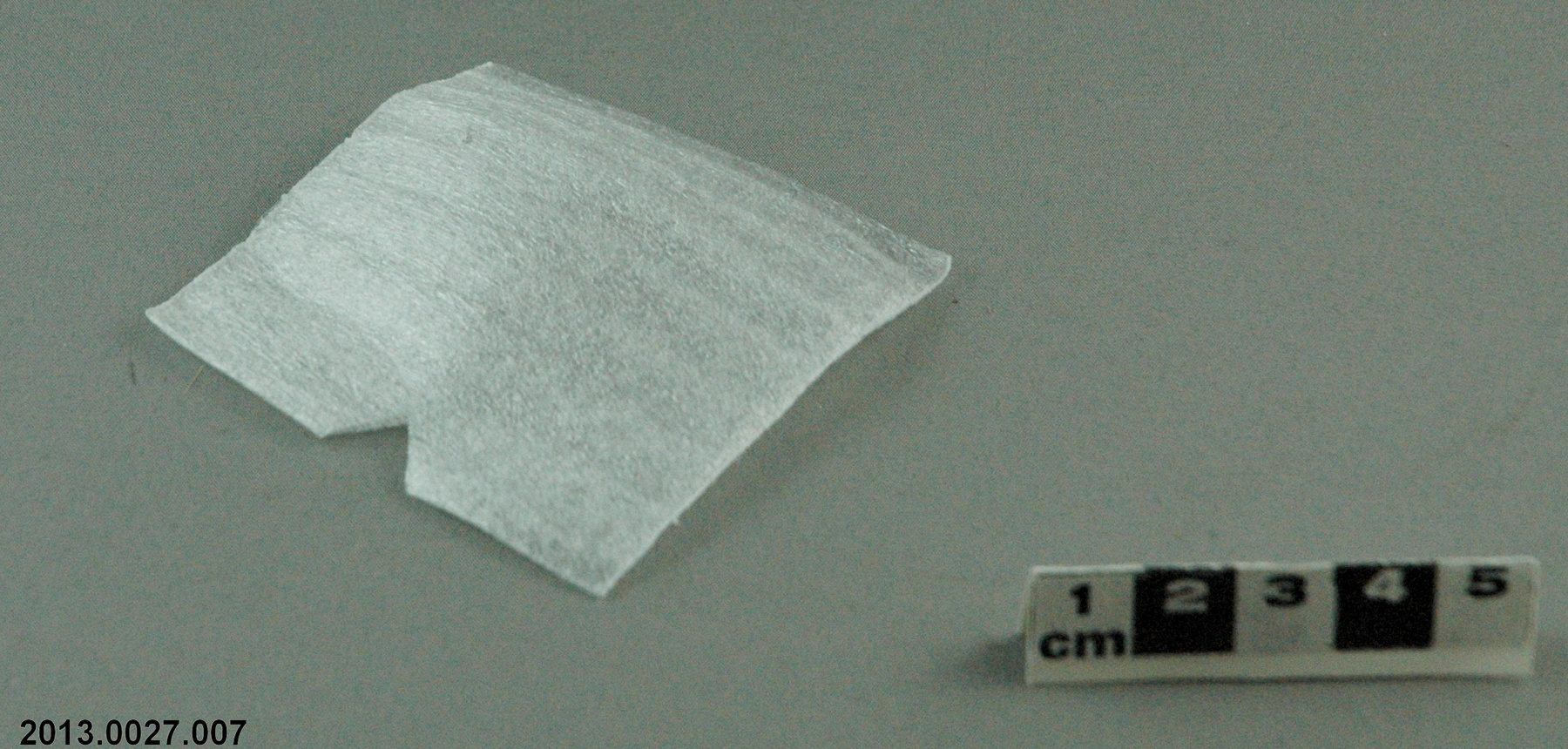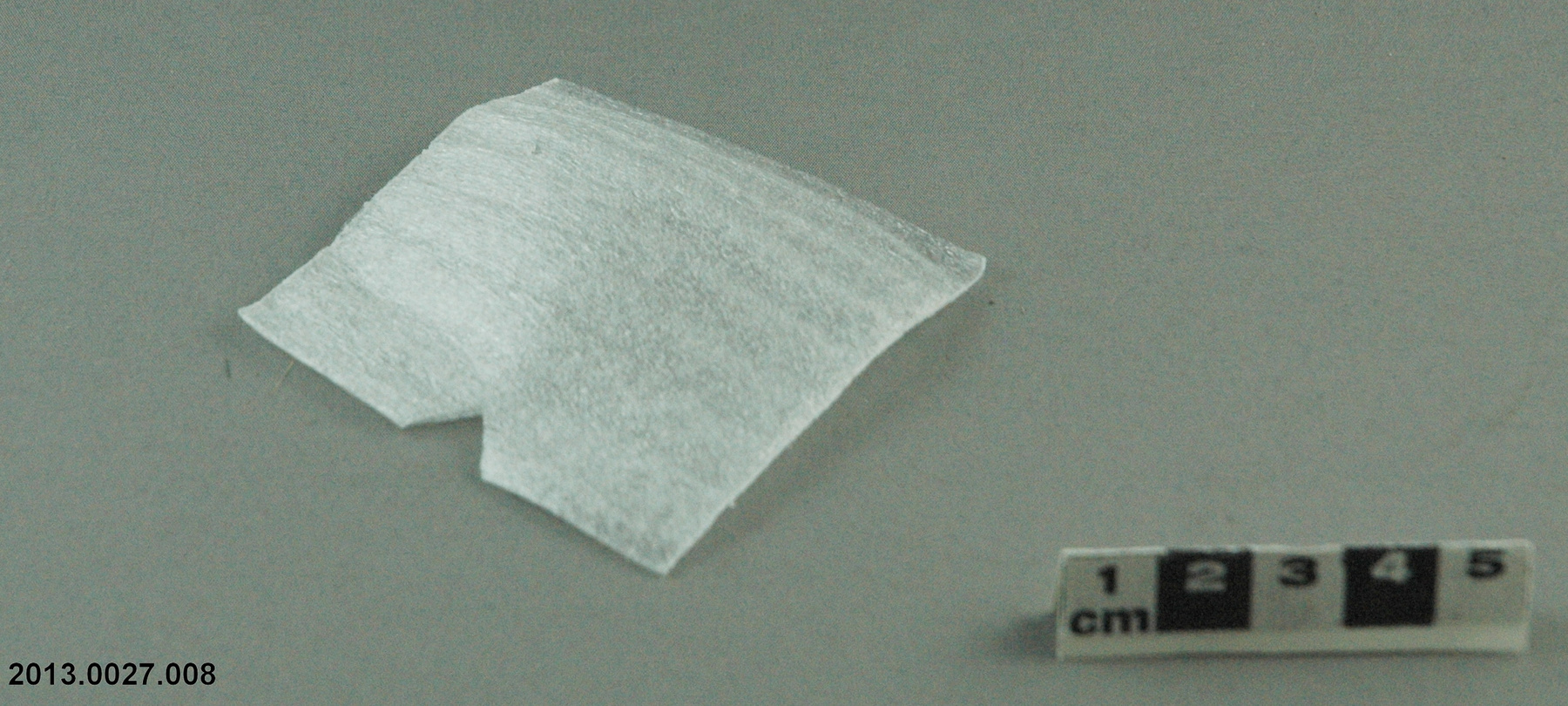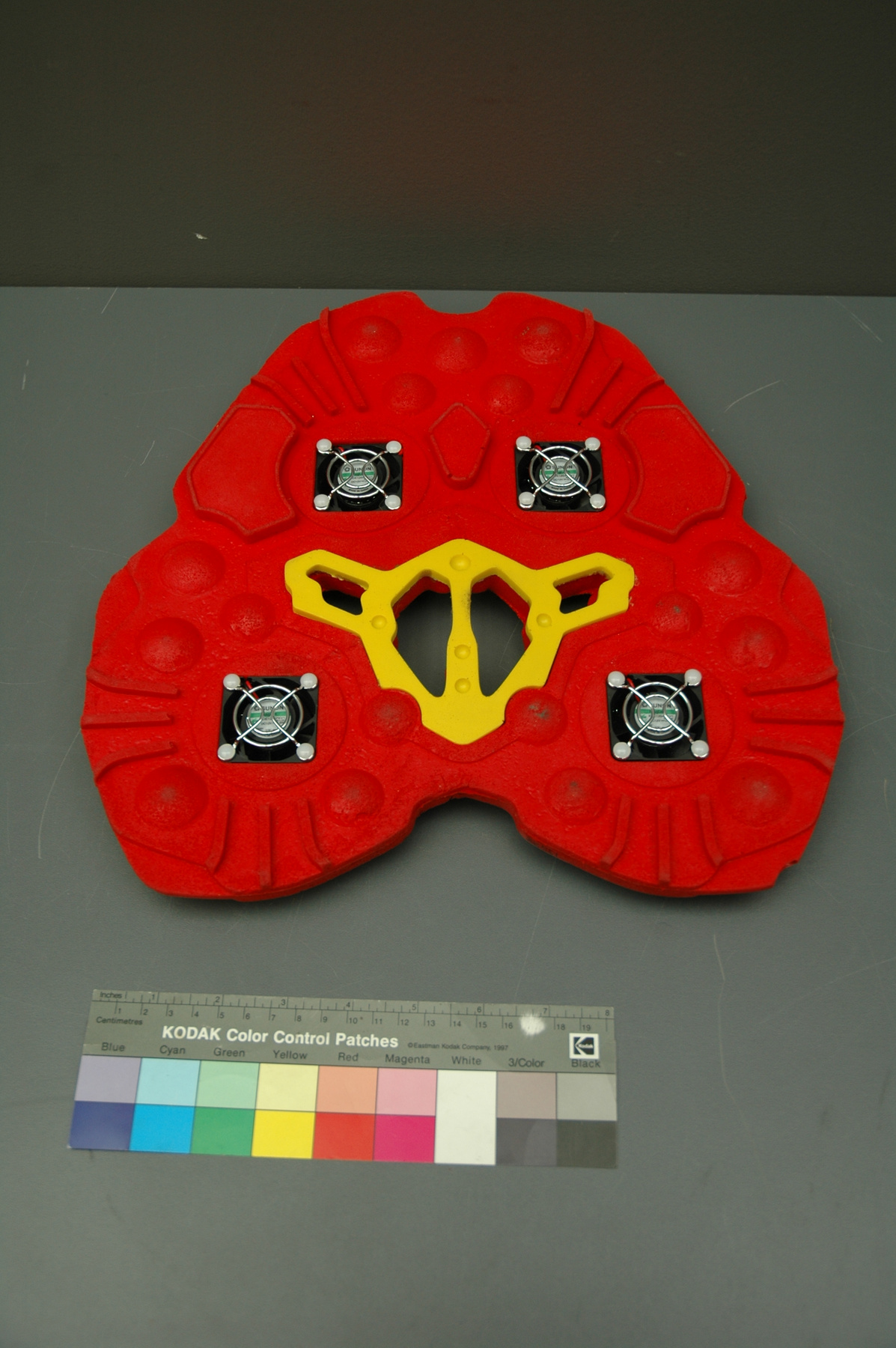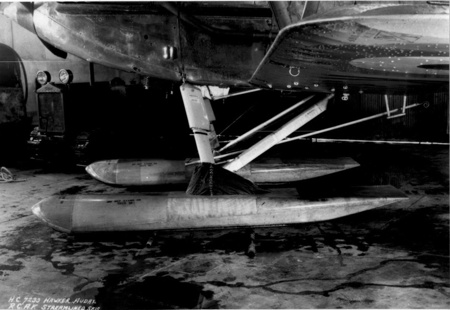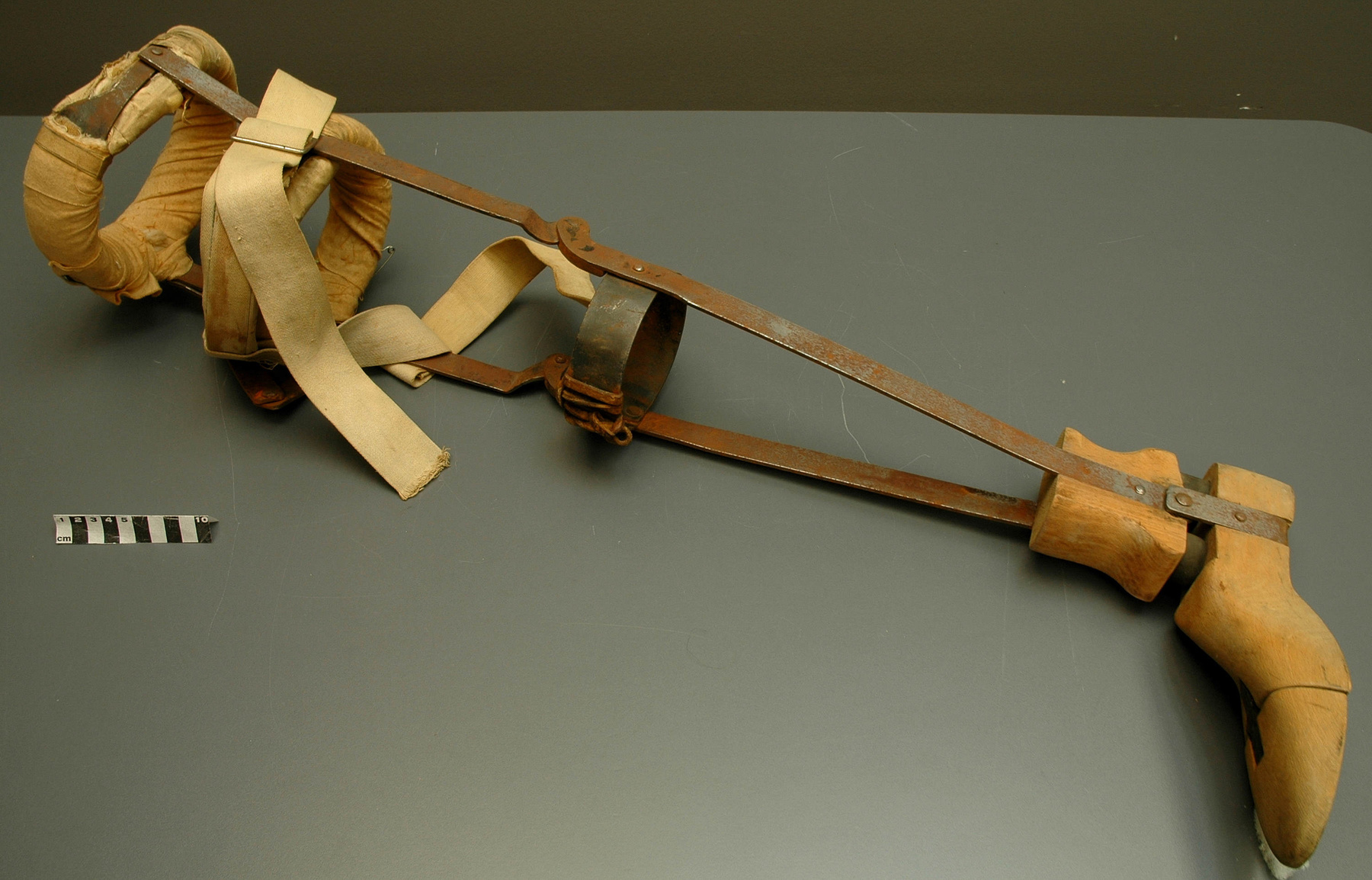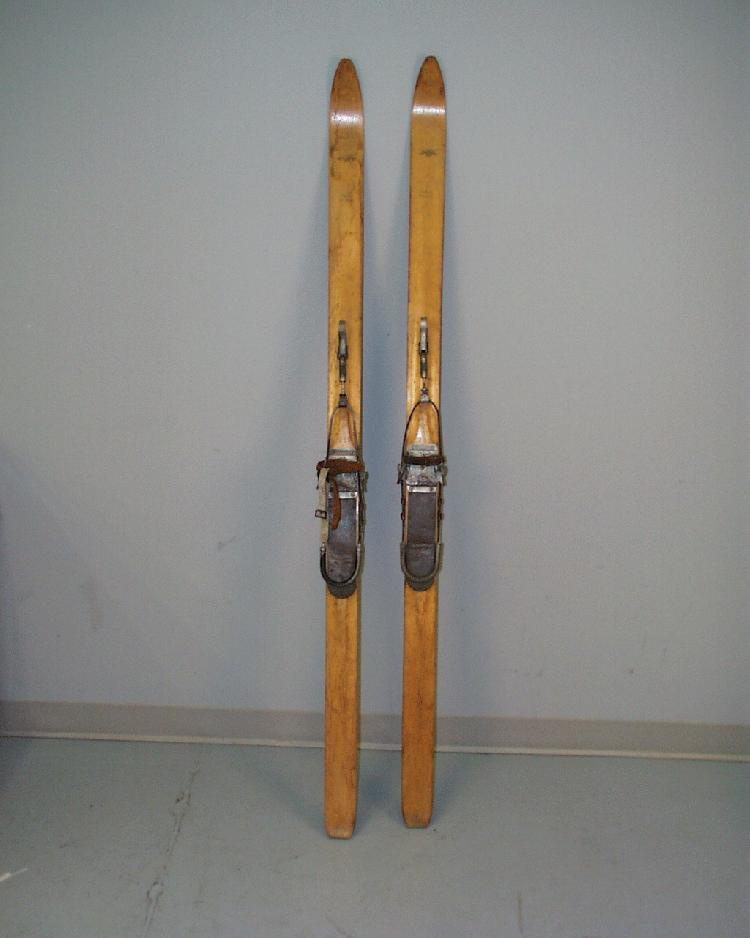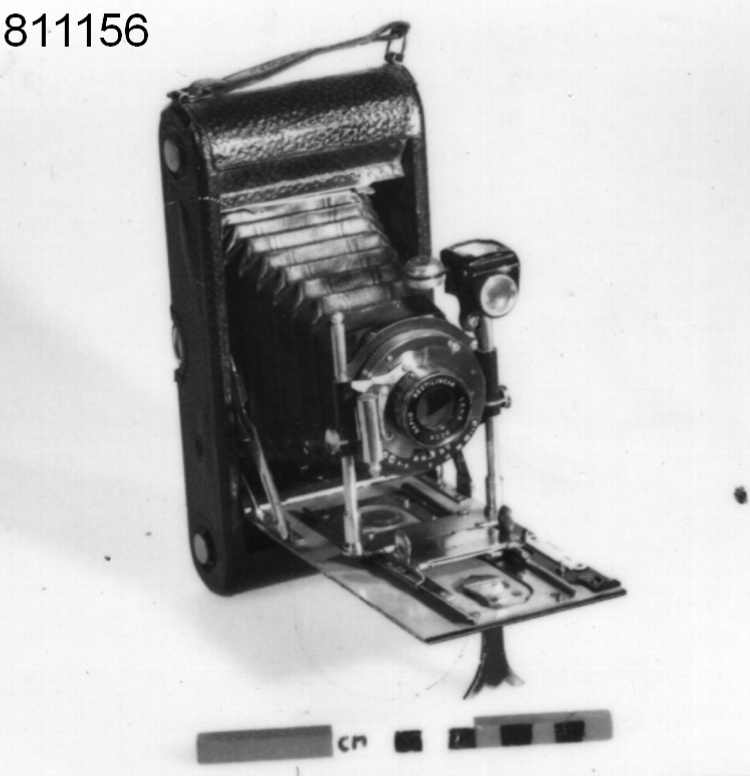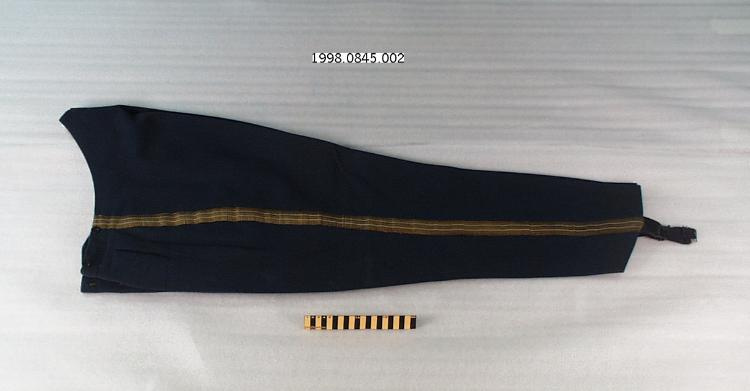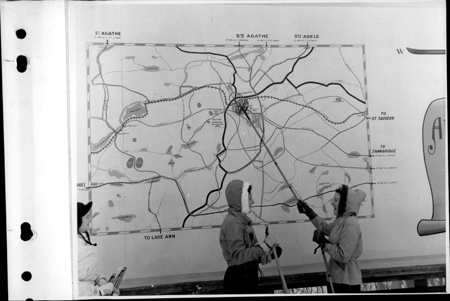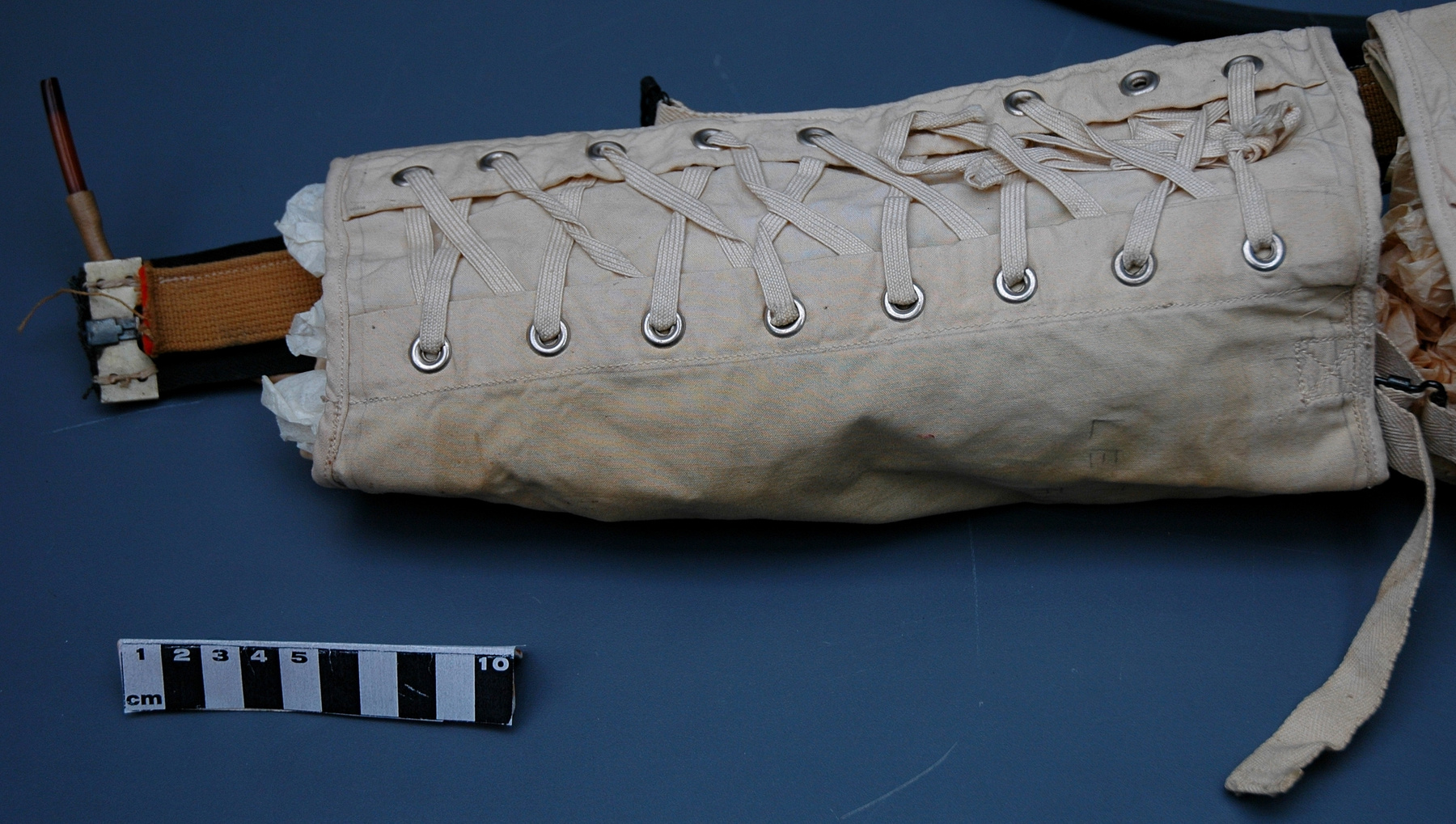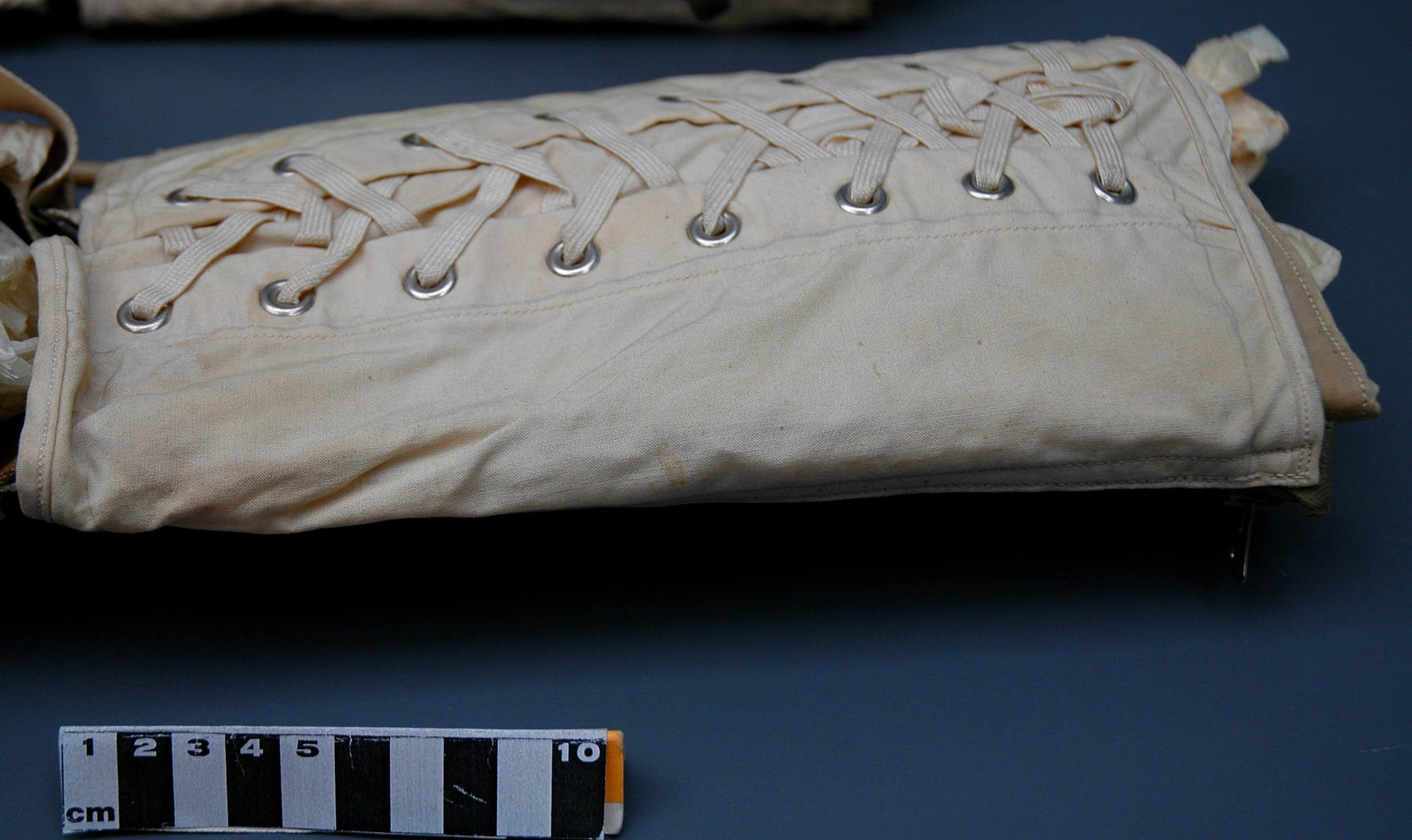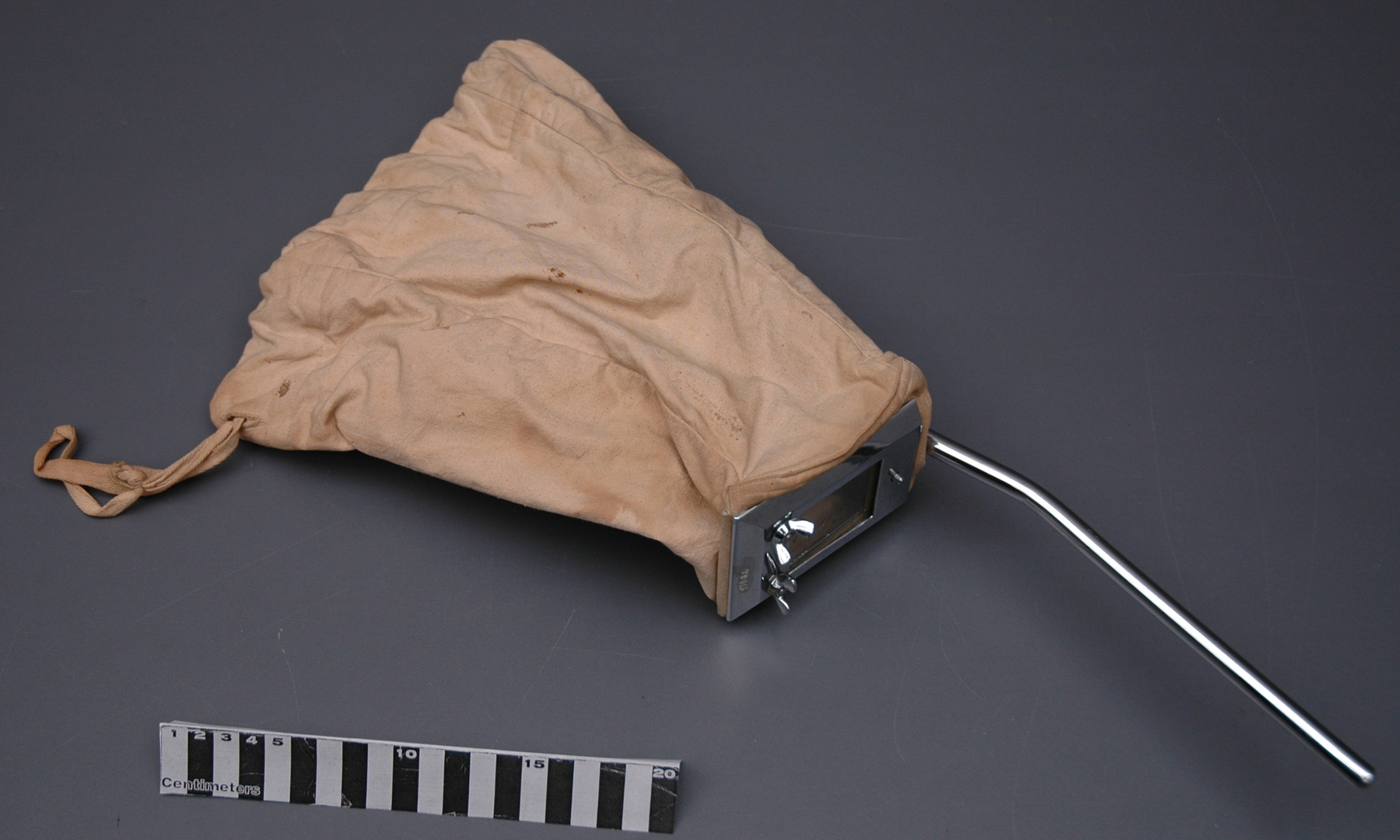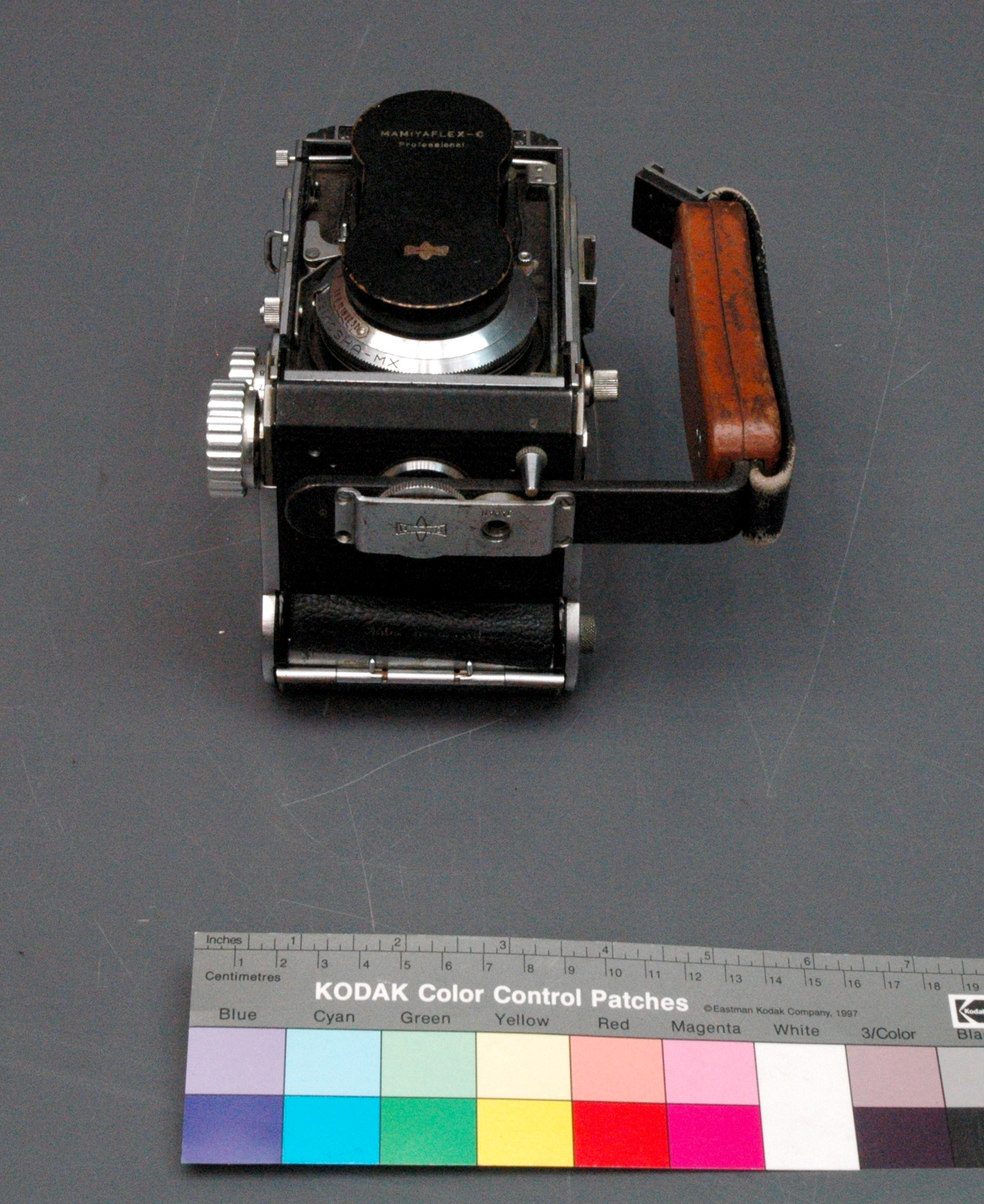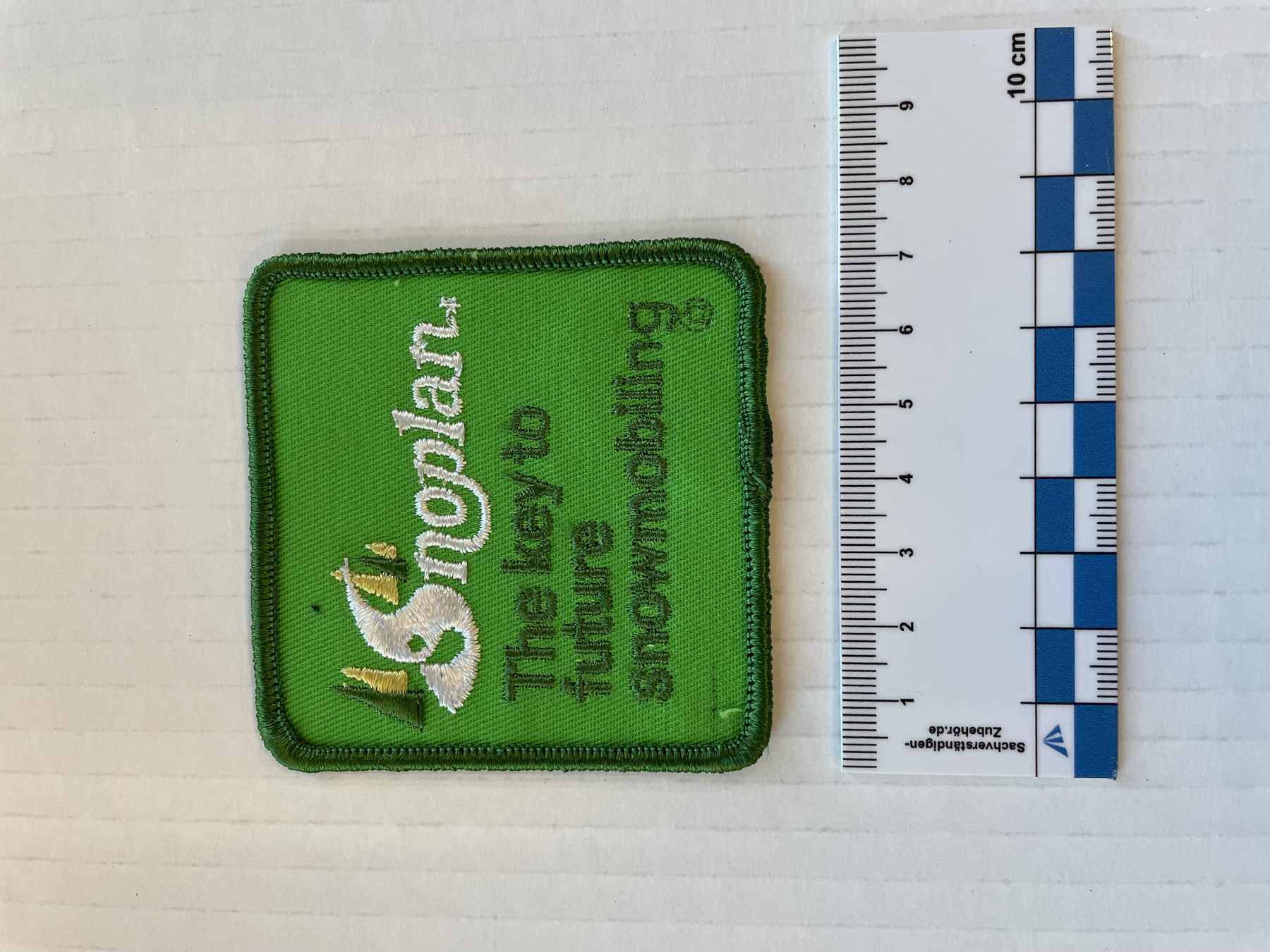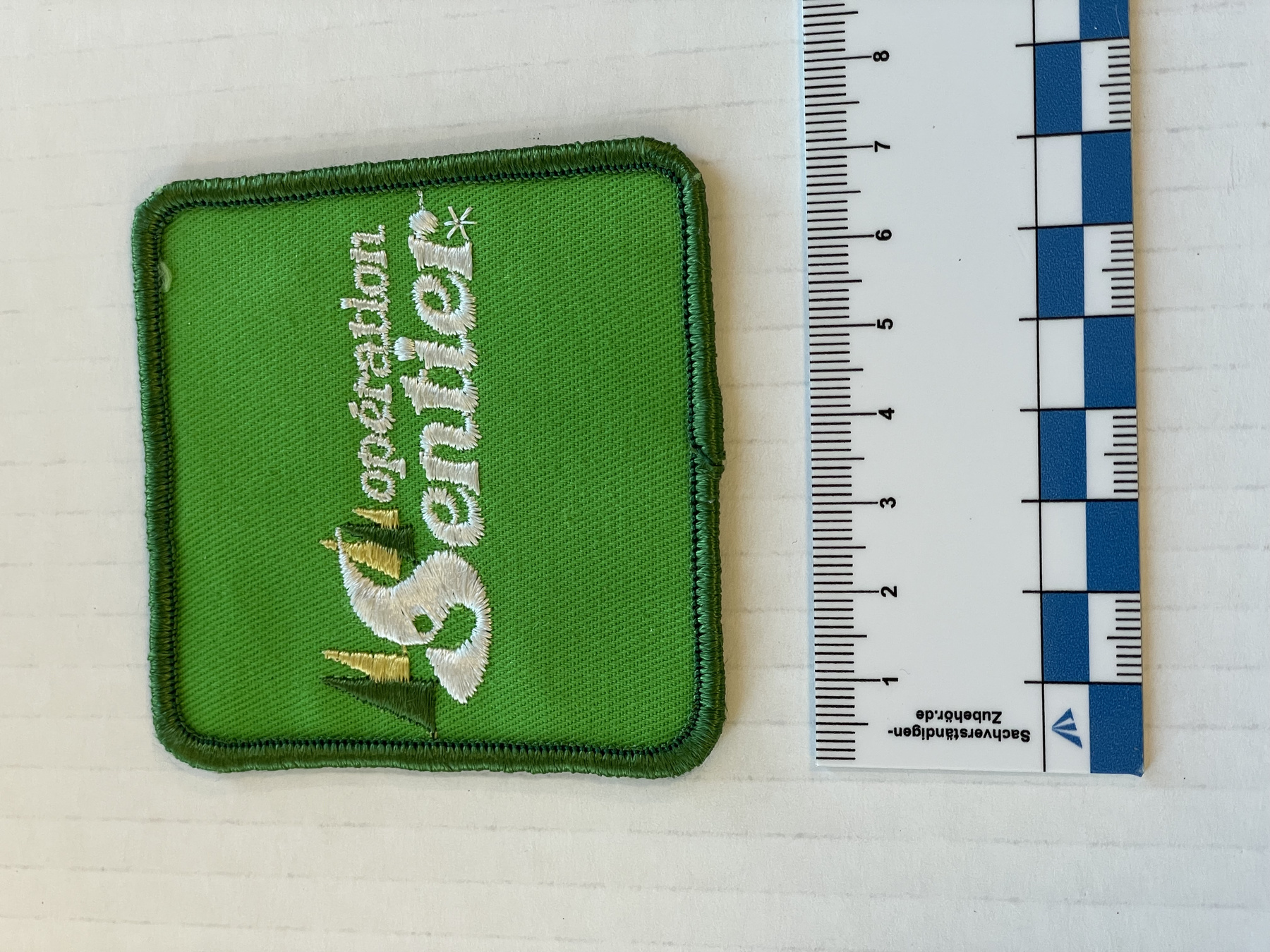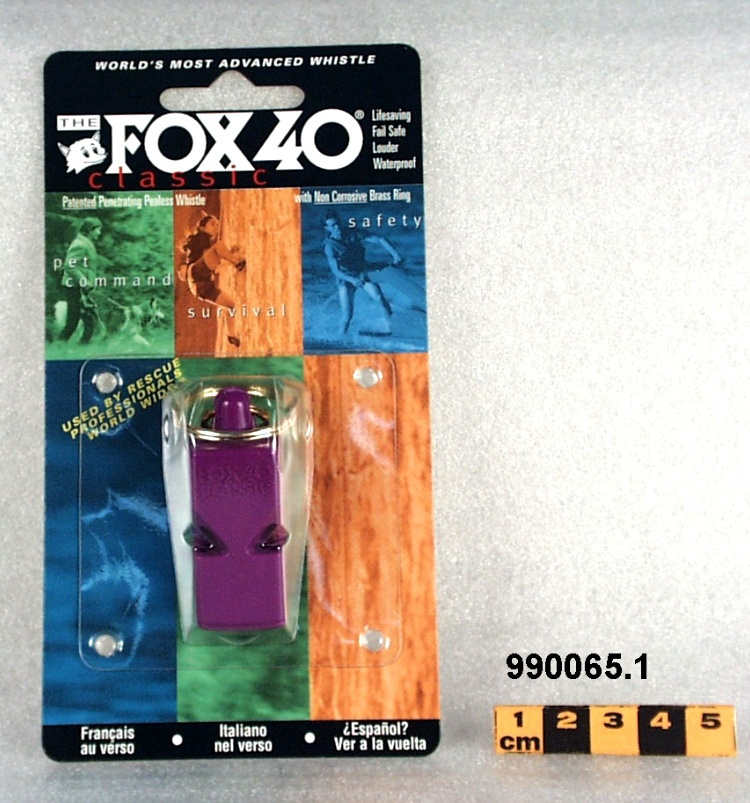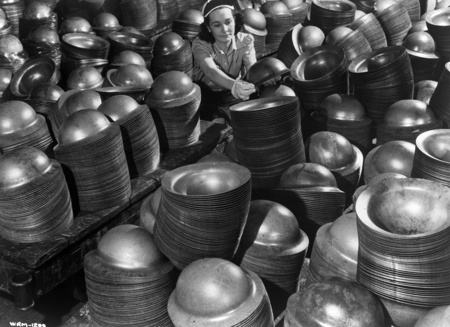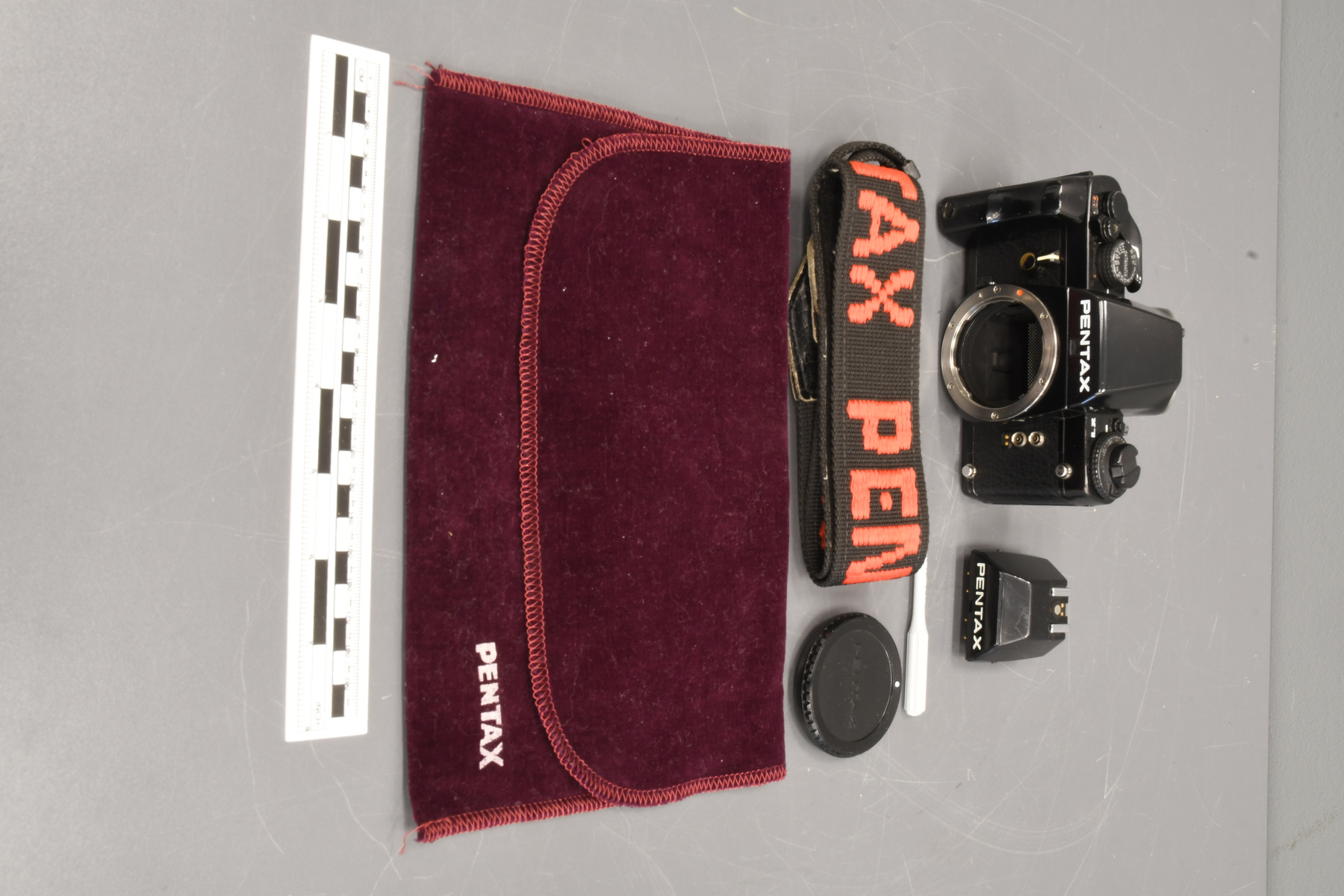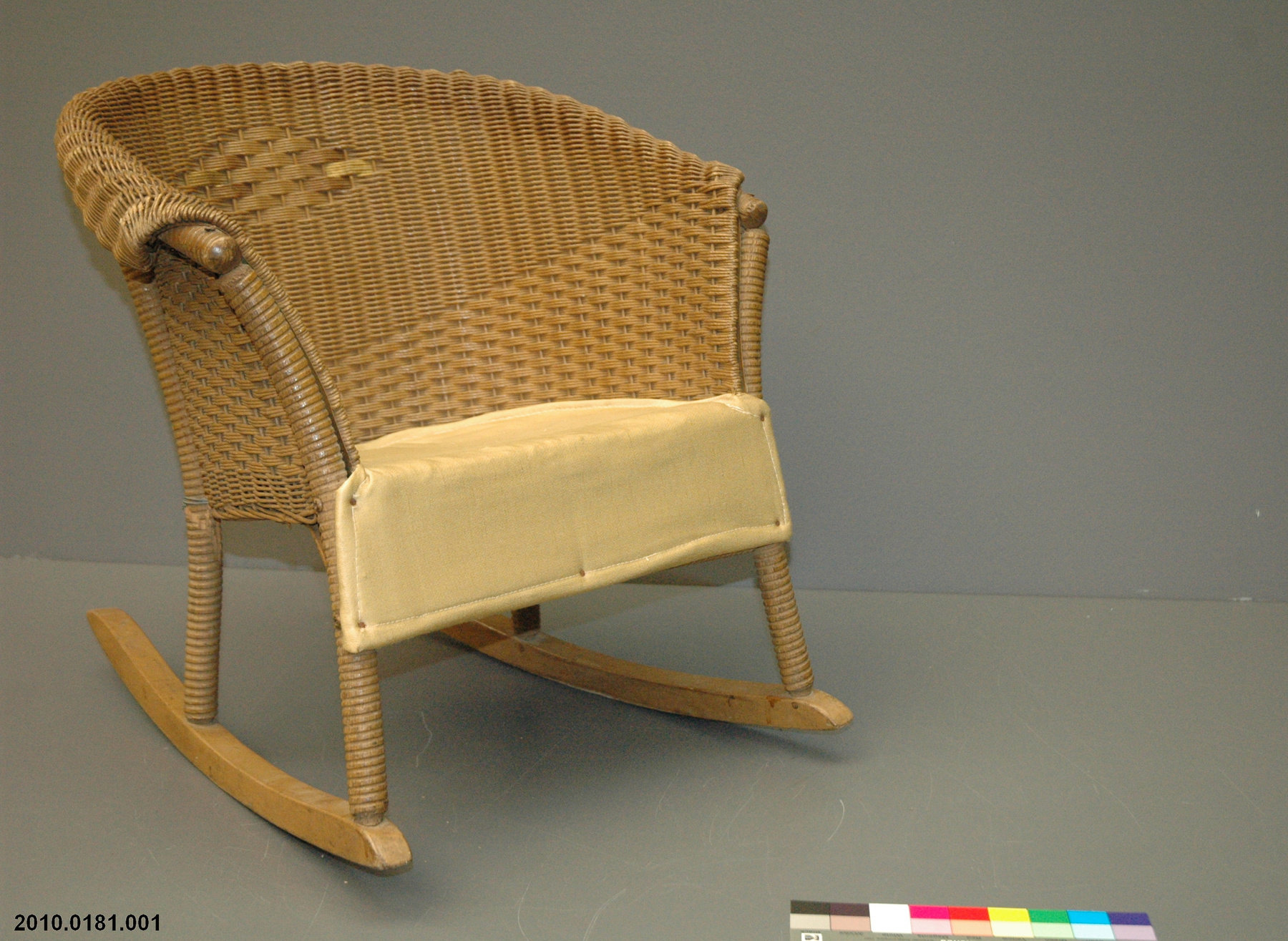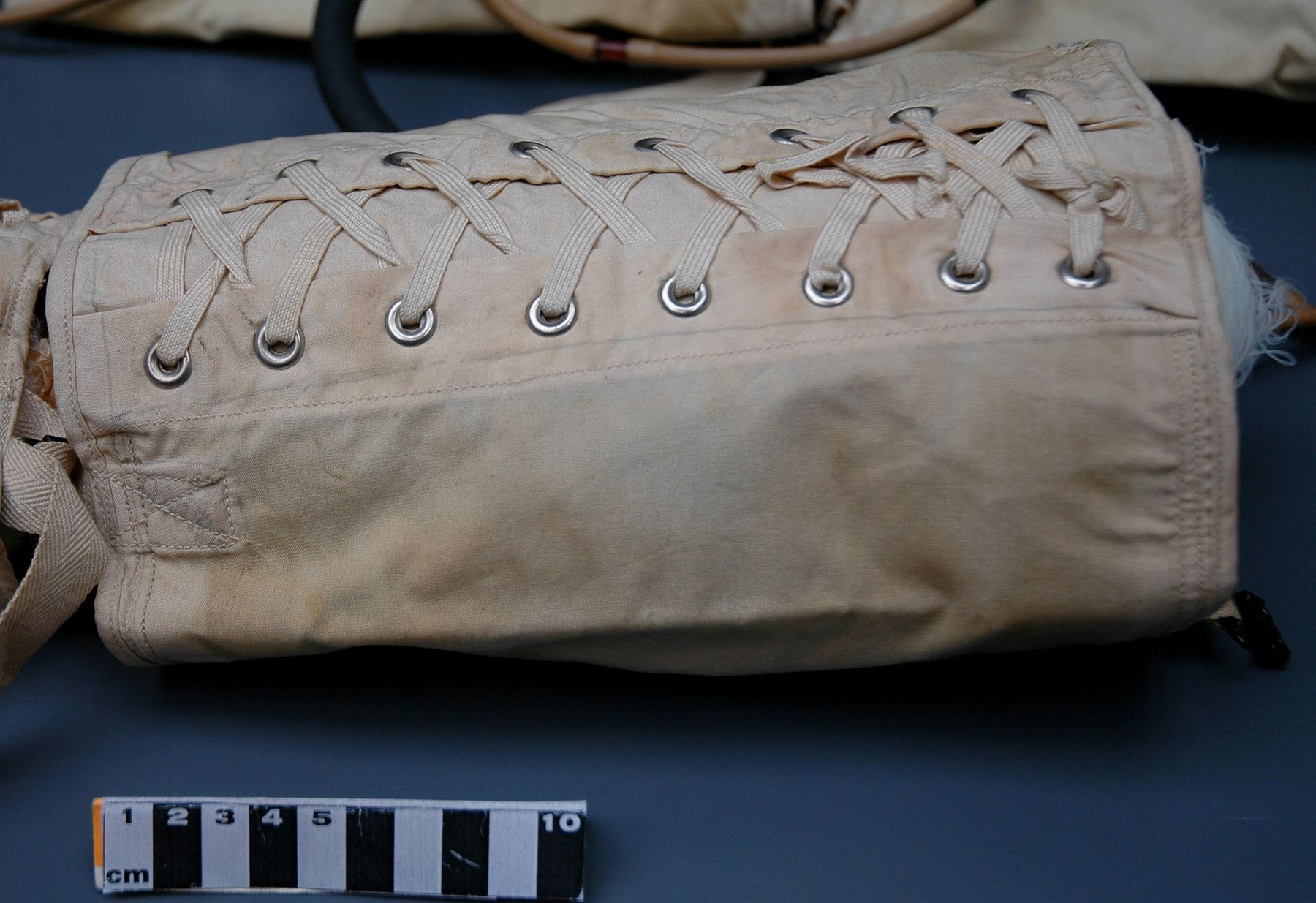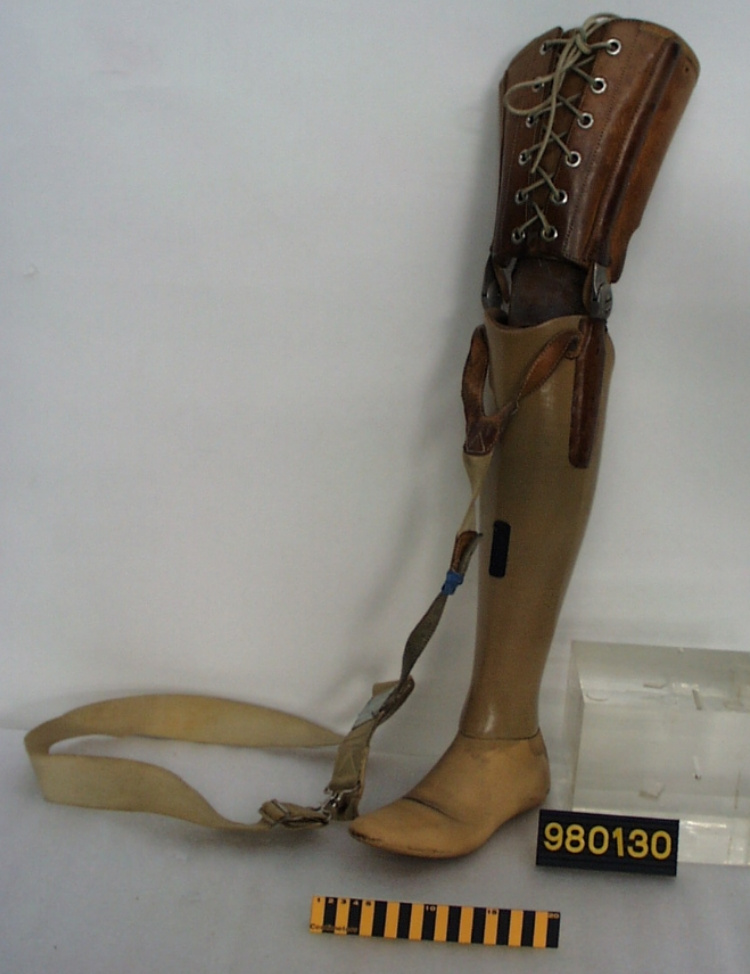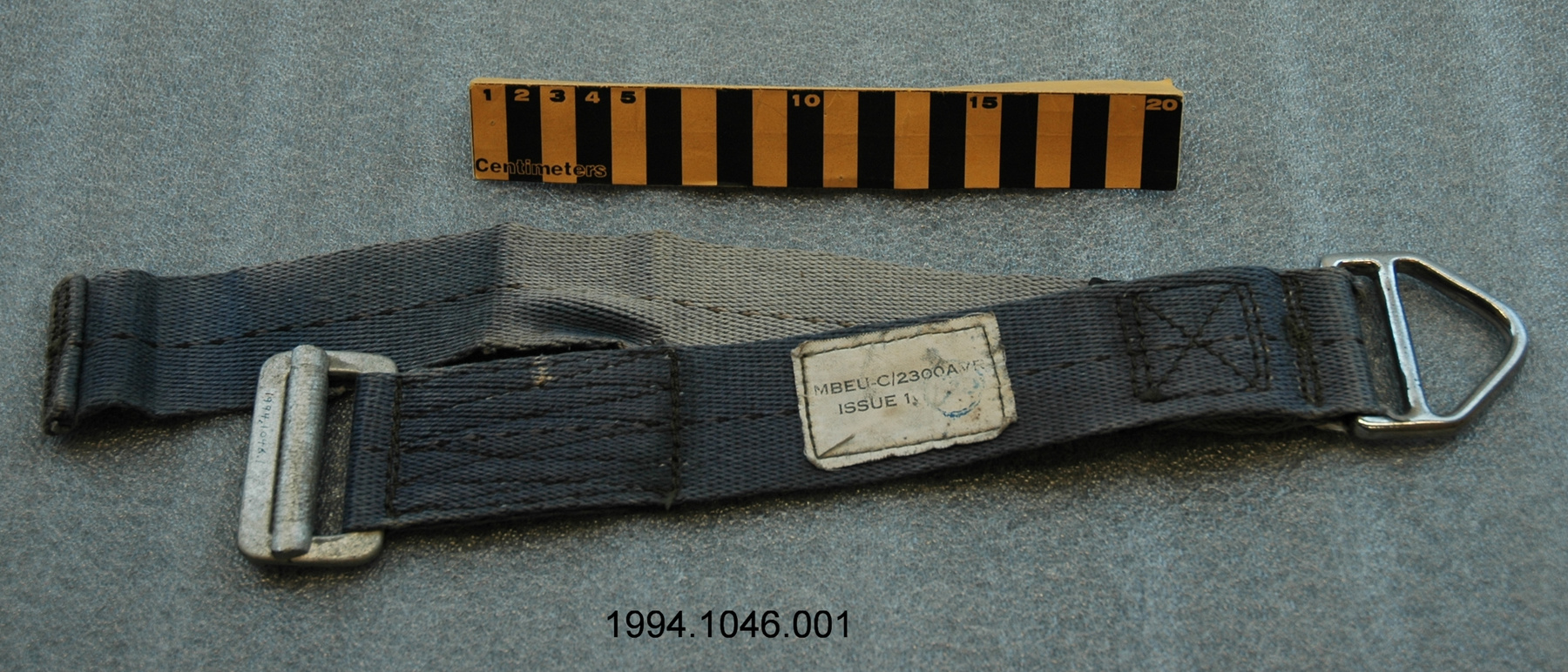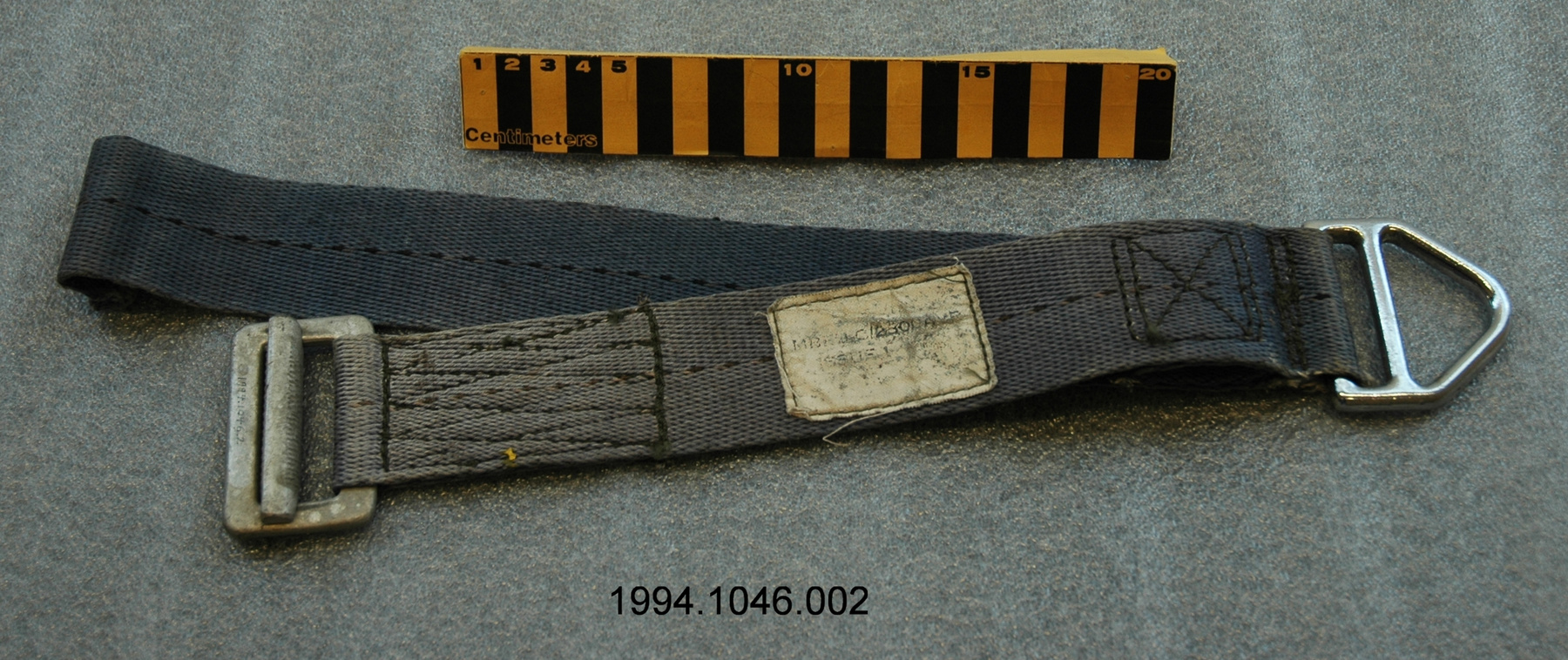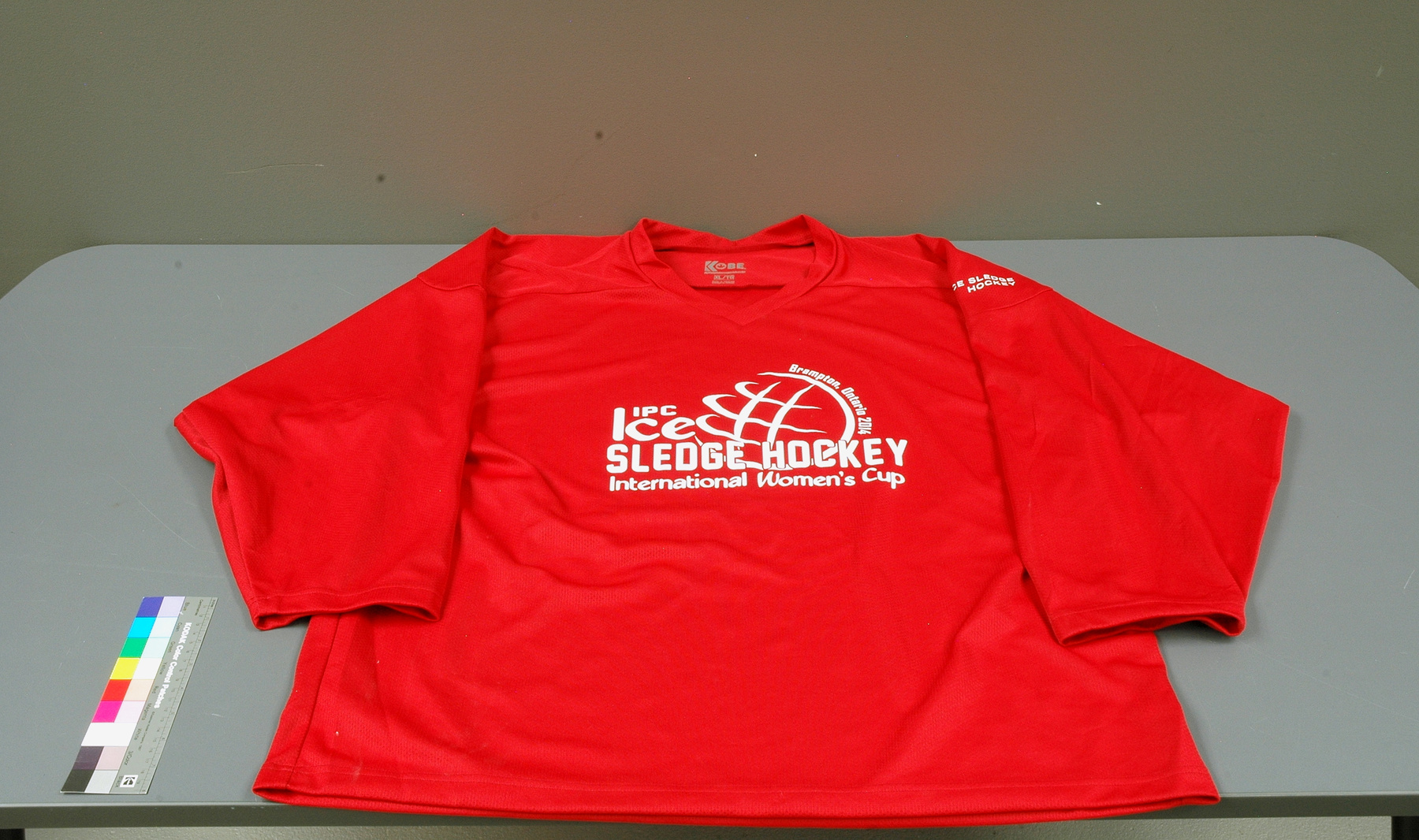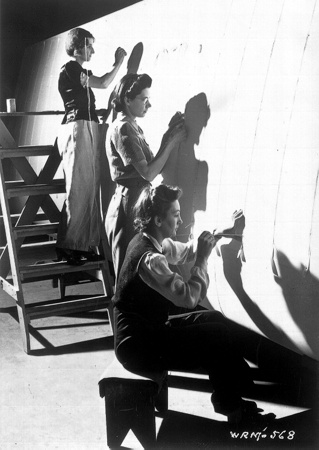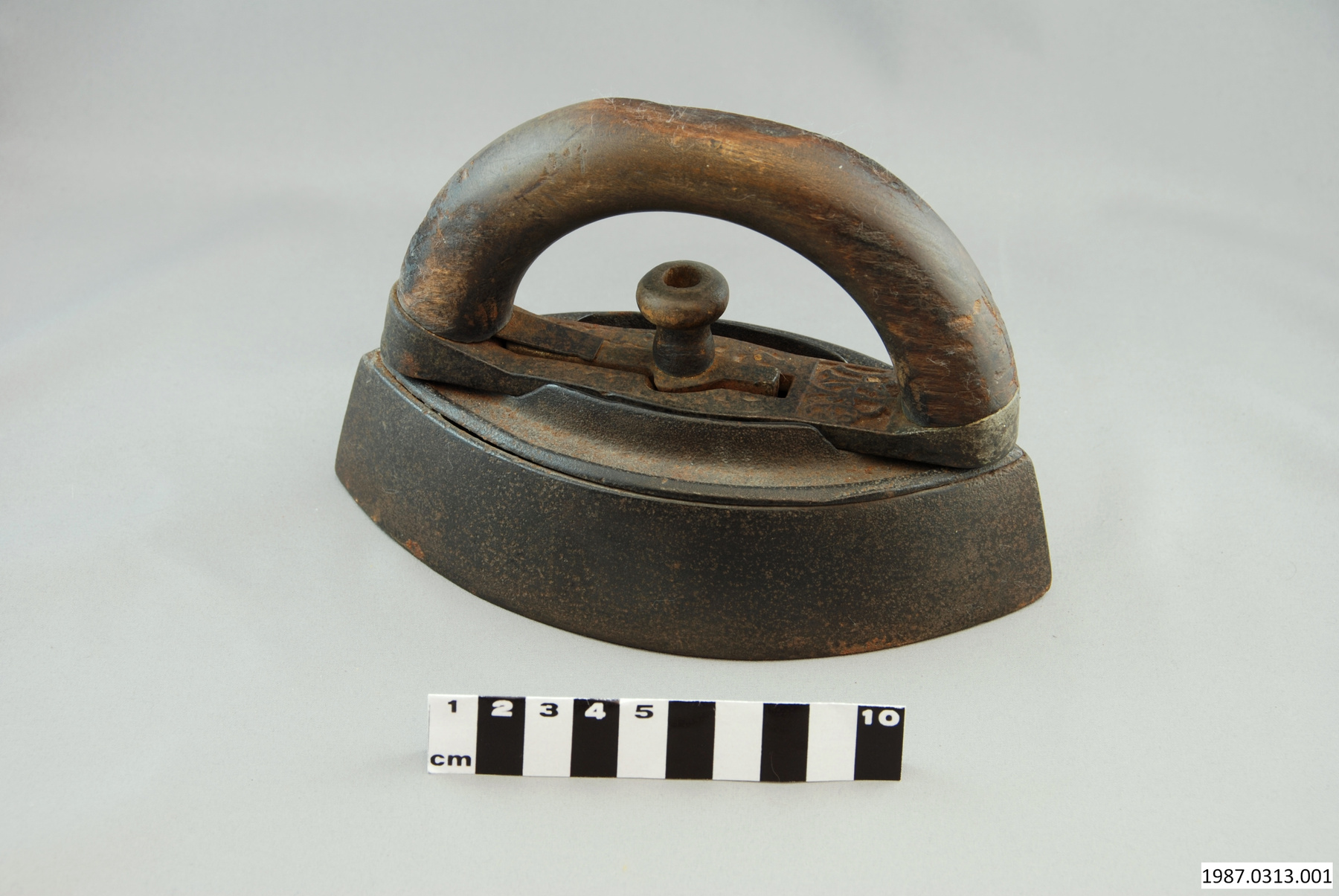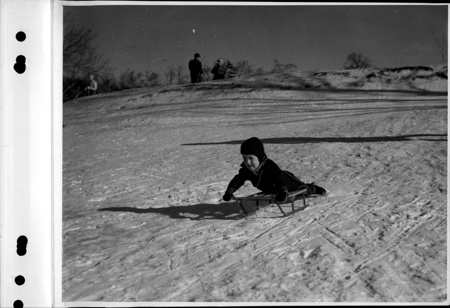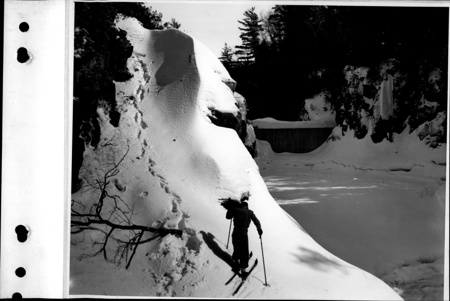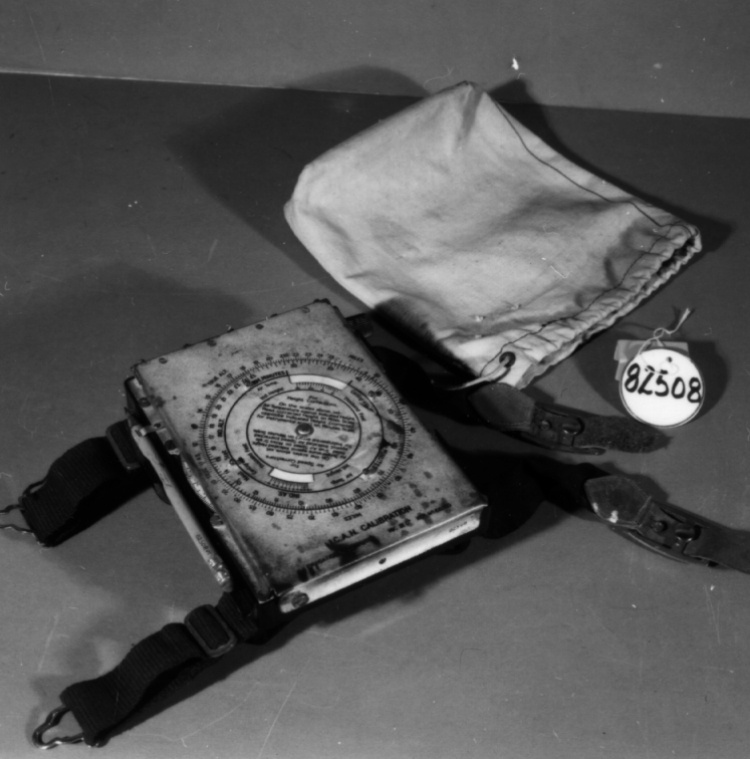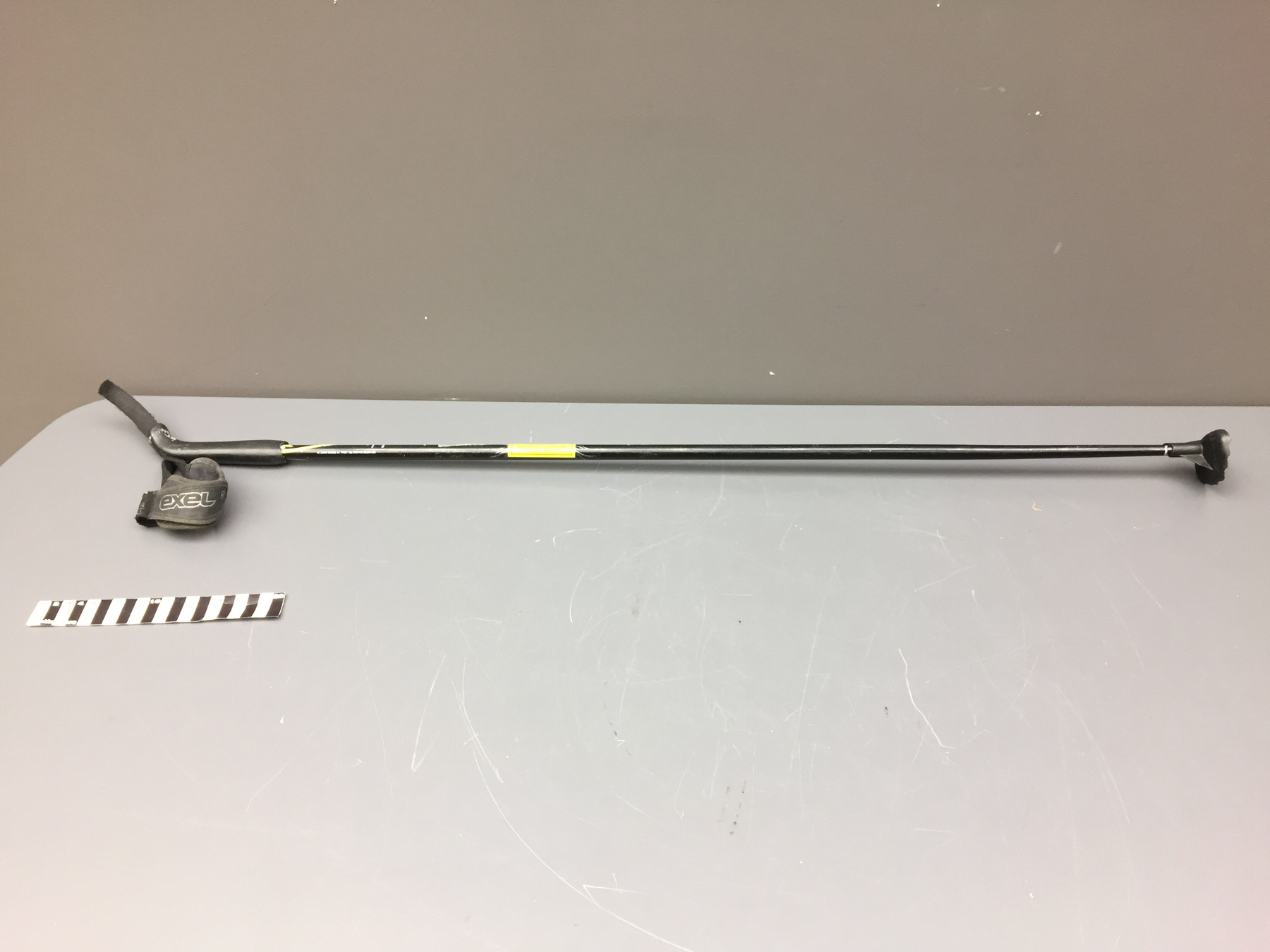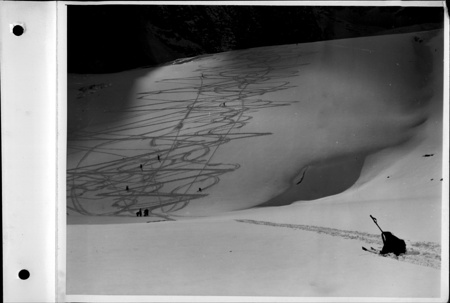Pole, ski
Use this image
Can I reuse this image without permission? Yes
Object images on the Ingenium Collection’s portal have the following Creative Commons license:
Copyright Ingenium / CC BY-NC-ND (Attribution-NonCommercial 4.0 International (CC BY-NC 4.0)
ATTRIBUTE THIS IMAGE
Ingenium,
2017.0017.001
Permalink:
Ingenium is releasing this image under the Creative Commons licensing framework, and encourages downloading and reuse for non-commercial purposes. Please acknowledge Ingenium and cite the artifact number.
DOWNLOAD IMAGEPURCHASE THIS IMAGE
This image is free for non-commercial use.
For commercial use, please consult our Reproduction Fees and contact us to purchase the image.
- OBJECT TYPE
- cross country/right
- DATE
- 2000
- ARTIFACT NUMBER
- 2017.0017.001
- MANUFACTURER
- Unknown
- MODEL
- Unknown
- LOCATION
- Unknown
More Information
General Information
- Serial #
- N/A
- Part Number
- 1
- Total Parts
- 2
- AKA
- N/A
- Patents
- N/A
- General Description
- Synthetic and metal
Dimensions
Note: These reflect the general size for storage and are not necessarily representative of the object's true dimensions.
- Length
- 130.0 cm
- Width
- 19.0 cm
- Height
- 5.5 cm
- Thickness
- N/A
- Weight
- N/A
- Diameter
- N/A
- Volume
- N/A
Lexicon
- Group
- Non-motorized Ground Transportation
- Category
- Assistive technologies
- Sub-Category
- N/A
Manufacturer
- AKA
- Unknown
- Country
- Unknown
- State/Province
- Unknown
- City
- Unknown
Context
- Country
- Unknown
- State/Province
- Unknown
- Period
- Unknown
- Canada
-
Taken from acquisition proposal "This SASKI Kneeler sit-ski is a prototype designed by the Saskatchewan Ski Association SASKI Skiing for Disabled to help people with physical disabilities participate in the sport of para-nordic skiing, the adapted version of nordic, or cross-country, skiing. It is designed for users who prefer, or are more comfortable to kneel, instead of sitting, on their skis. This model is also for people who have greater control over the position and movement of their core body, as the kneeling position is more demanding of the core muscles for stability. This model will be the first sit-ski developed by SASKI Skiing for Disabled that will be manufactured in relatively large numbers." - Function
-
A Winter recreational sport device. - Technical
-
Taken from acquisition proposal "A sit-ski is a chair-like mechanism that is attached to one or two skis. It is designed to facilitate the participation of people with disabilities in the sport of skiing. Various versions exist, depending on the type of sport the user is participating in, with para-alpine and para-nordic skiing being the most recognized. Sit-skis are often unique as each are usually customized to fit the user’s needs based on his or her level of ability, the particular sport practiced and the environmental conditions. Chair and leg supports are designed to brace the user’s upper body, as it is used for balance, and to ensure that he or she is in the most comfortable and effective position possible. Versions allow for the user to kneel, or to sit high or low, with his or her legs straight out in front of their body or tucked together close to the body. Poles are used to manoeuvre the sit-ski forward or around obstacles and to assist with balance. As previously mentioned, the first para-nordic sit-ski imported by SASKI Skiing for Disabled proved problematic as its method of attaching to the skis was faulty, it was uncomfortable, heavy and difficult manoeuvre. SASKI coaches, researchers, engineers, technicians, and fabricators, the majority of them volunteers, have been tackling the issues of design, weight and comfort since Bourgonje “ripped the skis right from the chair” of the initial sit-ski. The first SASKI sit-ski was unveiled at the CADS Nordic Ski Festival in 1993. It was based off an old racing wheelchair and made heavy use of fiberglass to reduce weight. The sit-ski used detachable skis, the design team having developed a clamping system that solidly attached the skis to the chair, much in the same way ski boots are attached to alpine skis. Its seat was molded to Bourgonje’s body and used the legs-tucked-in position, which was more comfortable to her. Bourgonje trained and competed with this equipment for two years, and while it was a little top heavy and could easily tip over, it was a vast improvement over the European model. Bourgonje’s participation in the Lillehammer Paralympics was a crucial learning experience for the SASKI design team, who was able to improve its designs by applying the lessons learned in Norway to their sit-ski program. Bourgonje’s continued involvement in the program as an A-card athlete has played a key role, as it has given SASKI the opportunity to test their equipment at high-level competitions, to identify problems and to compare and learn from sit-skis manufactured in other countries. Bourgonje was also able to contribute new technology to the program by obtaining a sit-ski designed in Germany during a 1996 World Cup event in Norway. In 2004, she traded $1,000 USD, hand-control equipment used to adapt automobiles for disabled drivers, maple sugar and a bottle of Canadian whisky to the Russian sit-ski team in exchange for a lightweight titanium sit-ski. Accordingly, these technology infusions, and the experience and knowledge gained by working with Bourgonje has helped SASKI further develop its sit-ski program and has contributed to better designs. Over the years, SASKI Skiing for Disabled has designed, fabricated and made available various sit-ski configurations to SASKI members. According to Prokopchuk, SASKI Skiing for Disabled has built and distributed approximately 75 sit-ski units so far. The appropriate ski is usually determined by the user`s ability level and core strength, their level of comfort and the type of sport they choose to practice. After fabricating various types of sitting sit-skis, SASKI Skiing for Disabled has developed a kneeling sit-ski based on recommendations from various users, including Bourgonje, and SASKI volunteers who have identified it as an important emerging trend among athletes. The lightness of this type of sled, and the efficiency of the design, makes it easier to propel and manoeuvre while providing for a better workout by involving most of the body’s muscle groups. The added performance and ease of use explain why this type of sit-ski is popular amongst users that have functional body core muscles. The kneeler sit-ski is designed to be adjustable in order to better accommodate the user`s body type and height, a feature which should make the design accessible to a wider group of people. According to Colette Bourgonje, this is a key feature, as a sit-ski needs to be specifically adjusted to the user’s needs in order to make the experience practical and enjoyable. The SASKI Kneeler sit-ski prototype uses a steel tubing frame while the seat and leg supports are made of a nylon cordura water resistant fabric and various types of foam. Velcro straps made from poly webbing material are used to strap the user’s legs and body firmly to the sit-ski. Various cushions can also be added to make sure the user is properly supported and comfortable. The materials used to fabricate the prototype were deliberately chosen in order to make the sit-ski lightweight, durable and comfortable. While the SASKI Kneeler sit-ski is still undergoing testing, SASKI has started the manufacturing process with selected shops currently fabricating metal parts and upholstering seats. SASKI expects to start final assembly in January 2017 and to complete an initial production run of 20 kneeler sit-skis. In order to reduce weight, production models will use aluminum clamps and bindings, aircraft tubing fasteners, and frames mostly made out of chromoly, a lighter and stronger high carbon steel alloy made principally of chromium and molybdenum. Otherwise, production models will be identical to the sit-ski prototype.". - Area Notes
-
Unknown
Details
- Markings
- Print on shaft reads "Made by GABEL/ ITALY/ ART 020/ ALLOY 5086 .F42", "[copyright logo] 2000 GABEL srl. ITALY, ALL RIGHTS RESERVED" and "cm 140 [/] 56"". Print on wrist strap "exel R". Handwritten print on shaft "C B ". Embossed on basket "xims". Label reads "SASKI/ SASKATCHEWAN SKI ASSOCIATION/ SKIING FOR DISABLED/ (306) 374-7745 OR (306) 780-9236/ 17 Clark Crescent Saskatoon, Sask./ CANADA S7H 3L8".
- Missing
- None apparent.
- Finish
- Black painted metal and synthetic shaft, synthetic handle grip, wrist strap and basket and metal point.
- Decoration
- N/A
CITE THIS OBJECT
If you choose to share our information about this collection object, please cite:
Unknown Manufacturer, Pole, ski, circa 2000, Artifact no. 2017.0017, Ingenium – Canada’s Museums of Science and Innovation, http://collection.ingeniumcanada.org/en/id/2017.0017.001/
FEEDBACK
Submit a question or comment about this artifact.
More Like This
